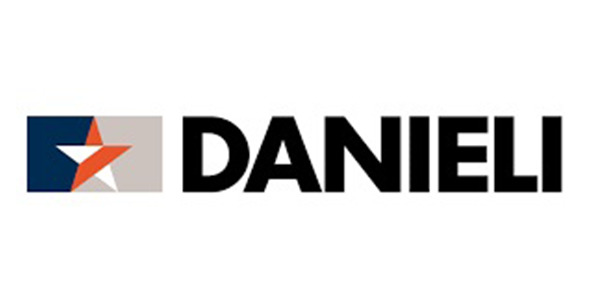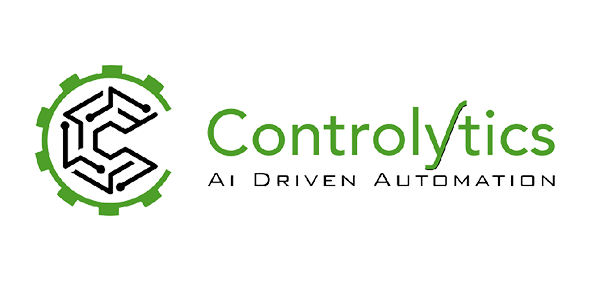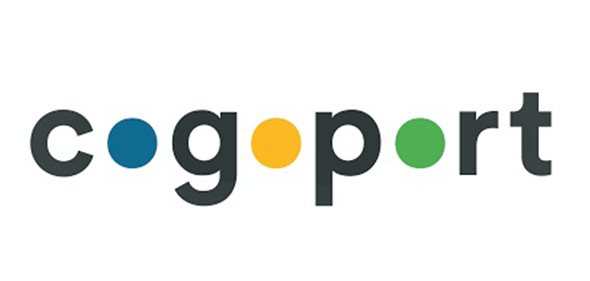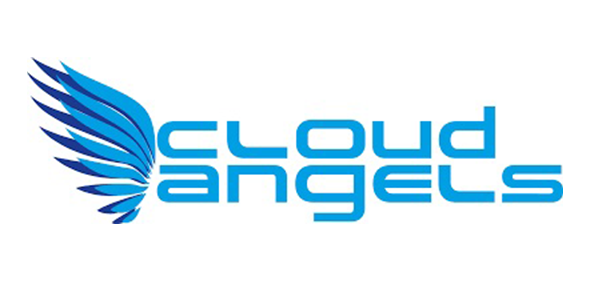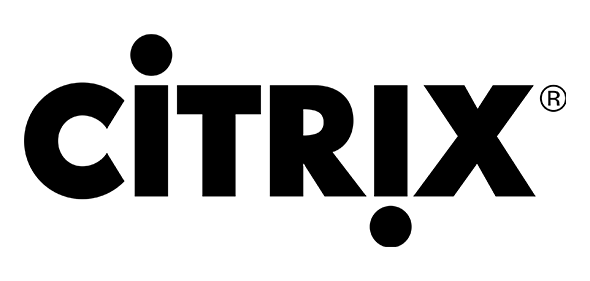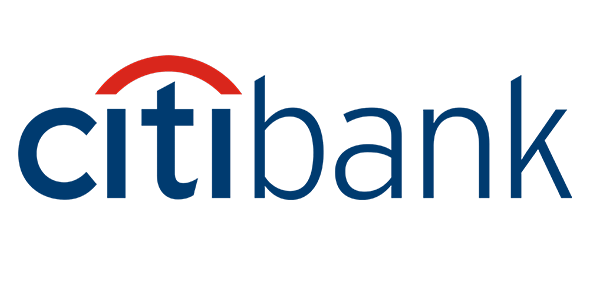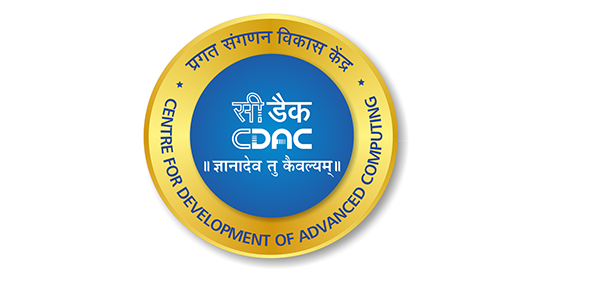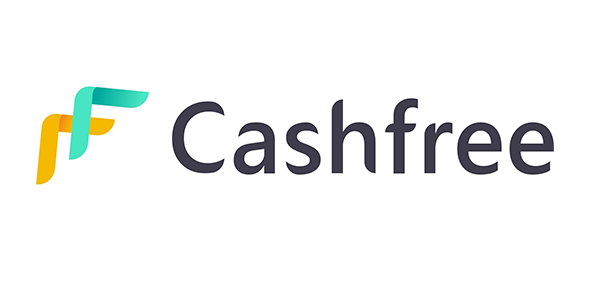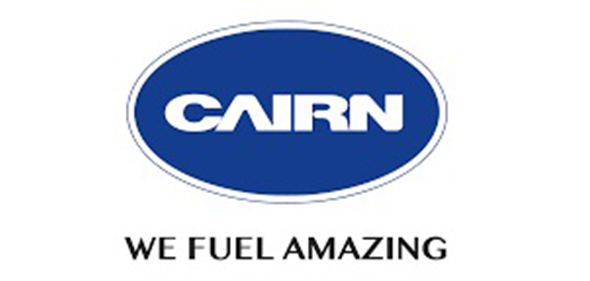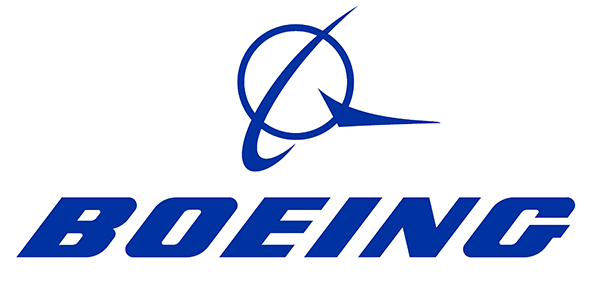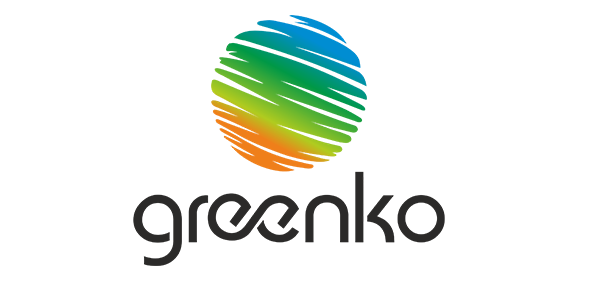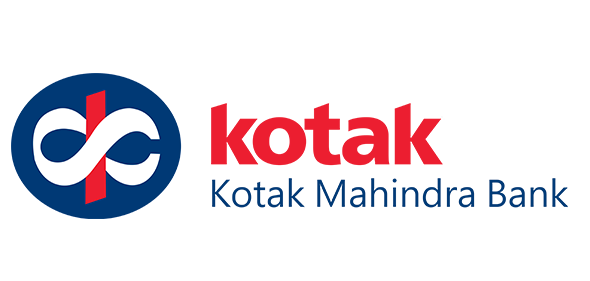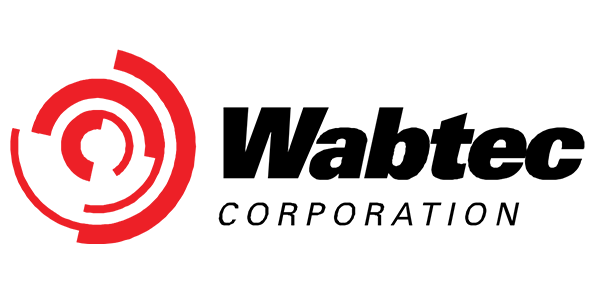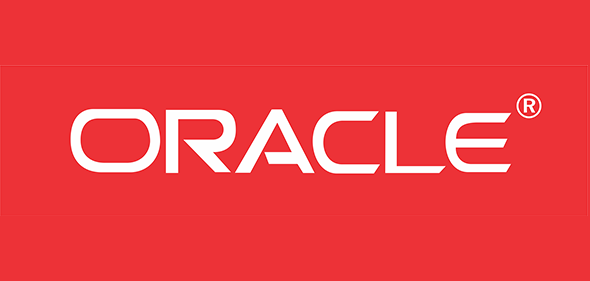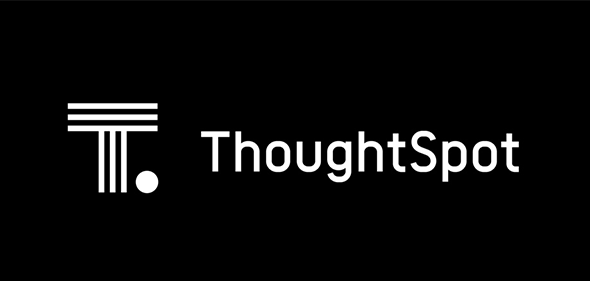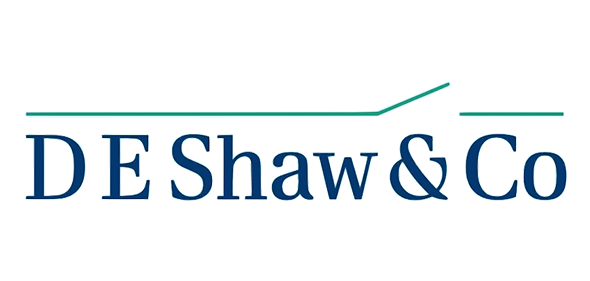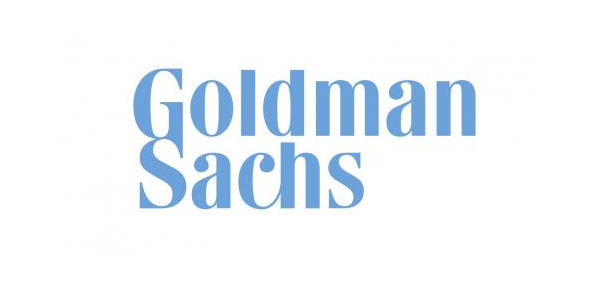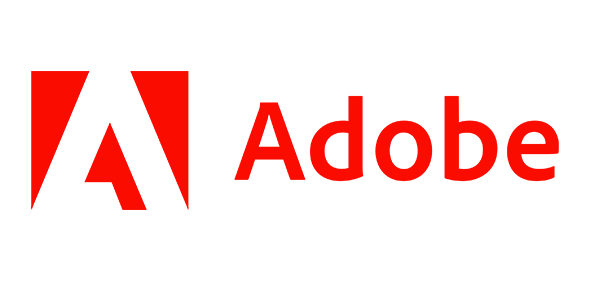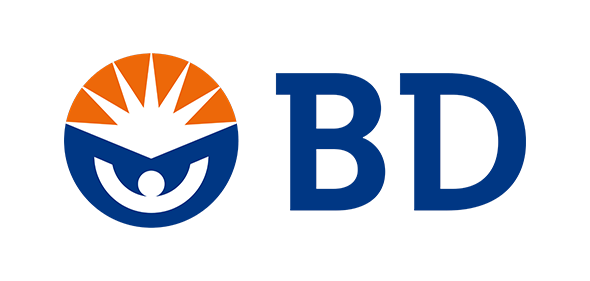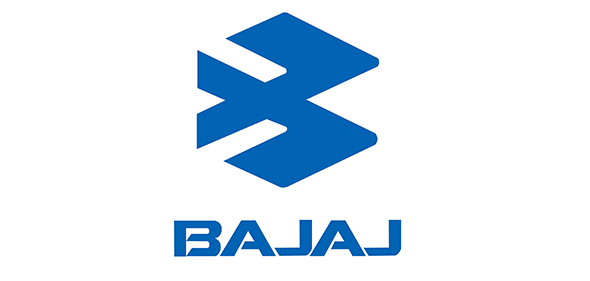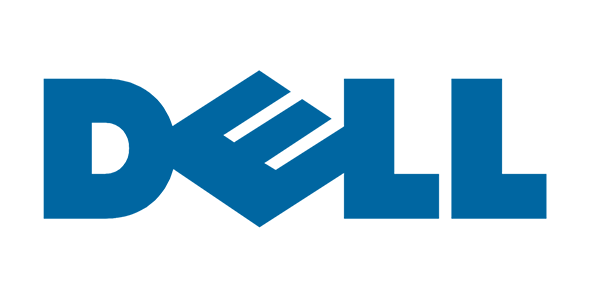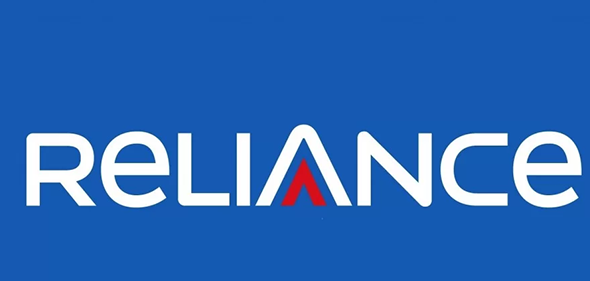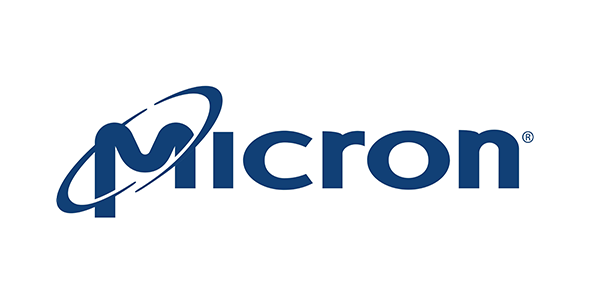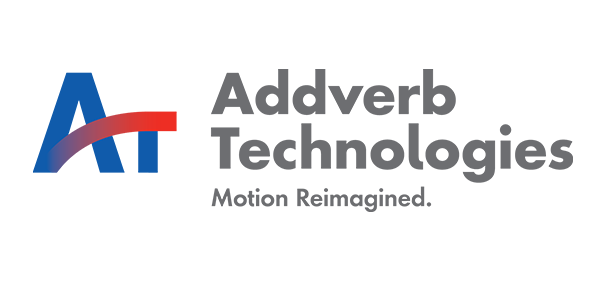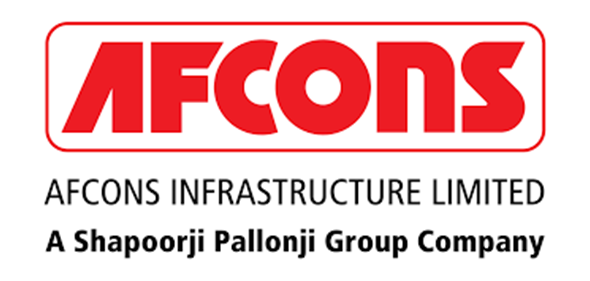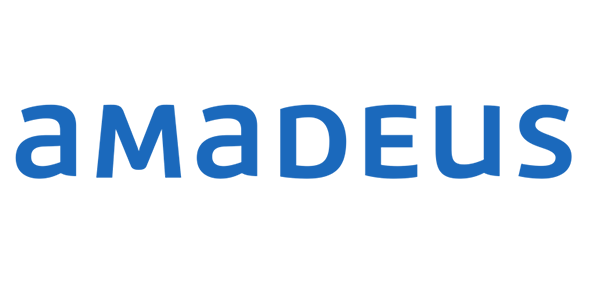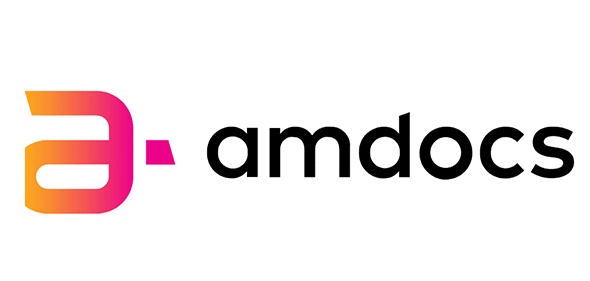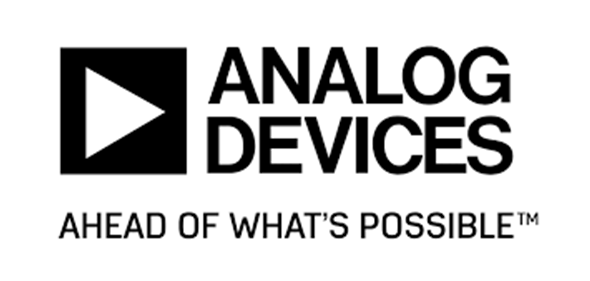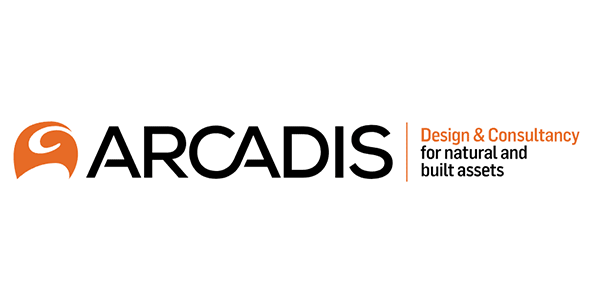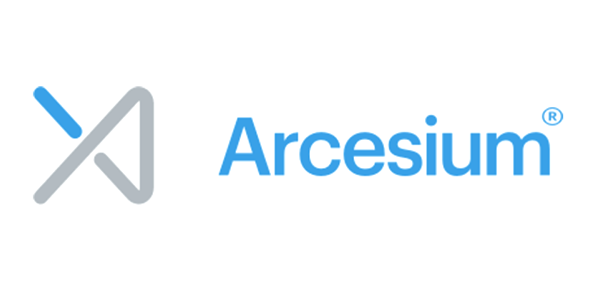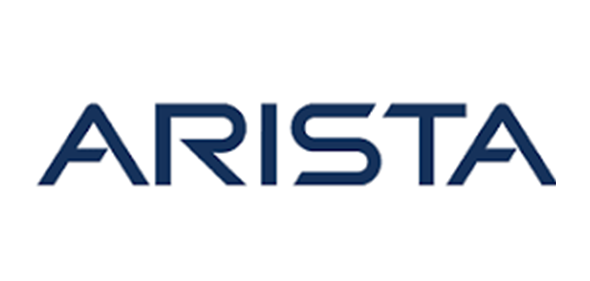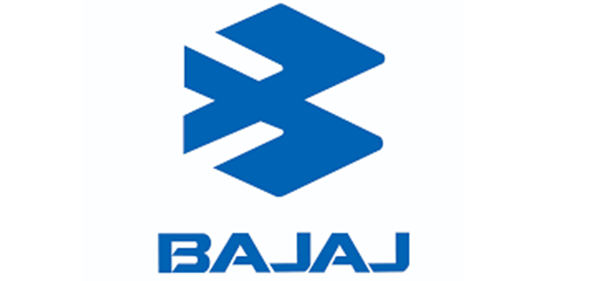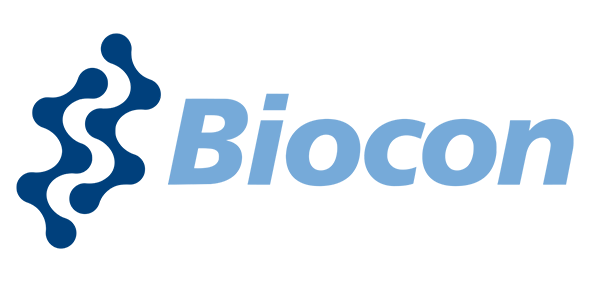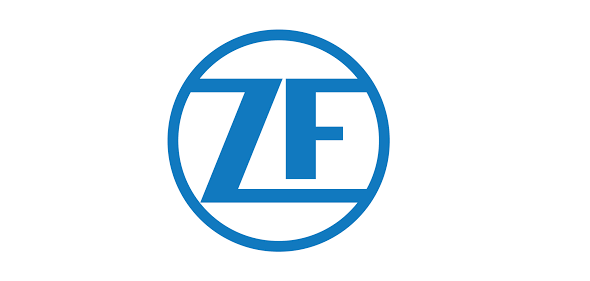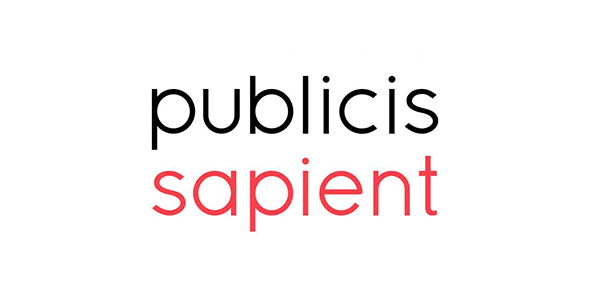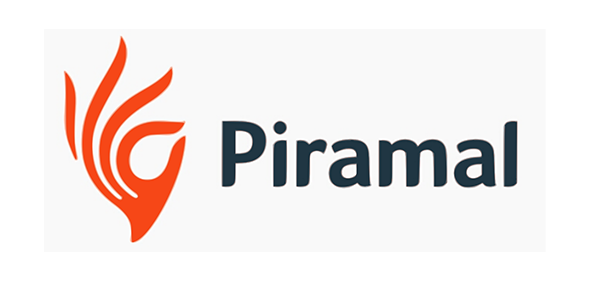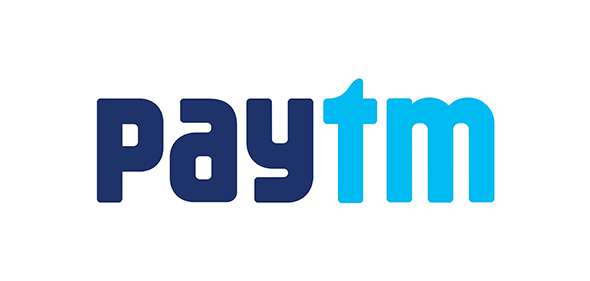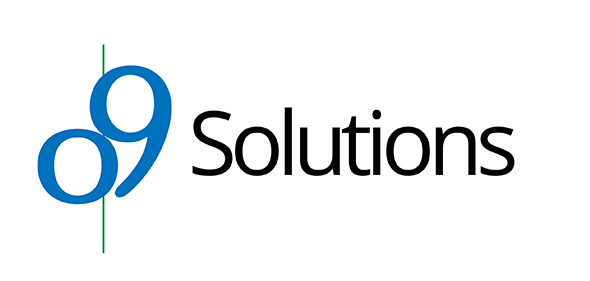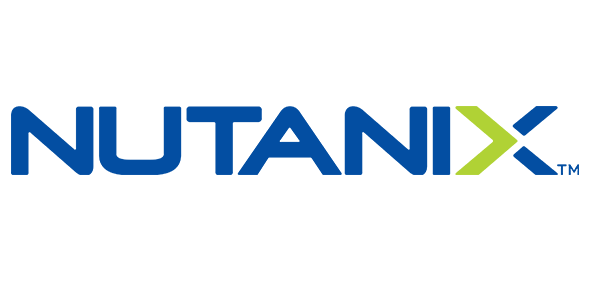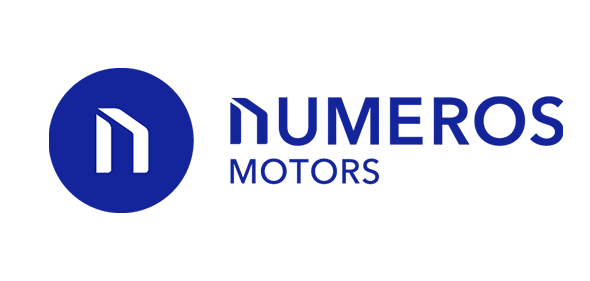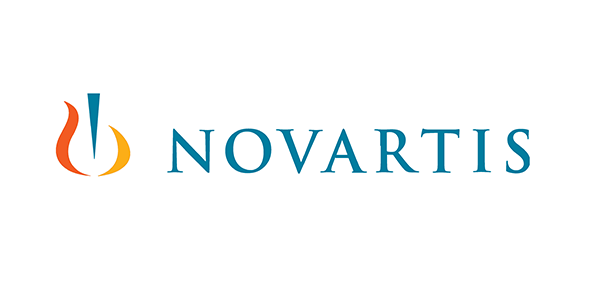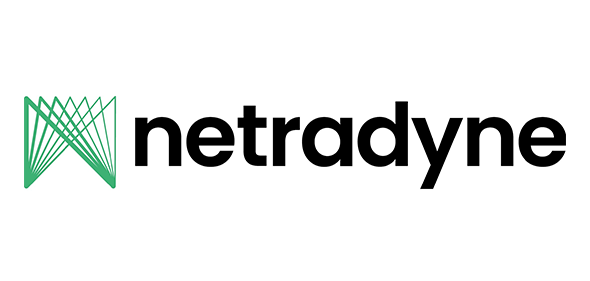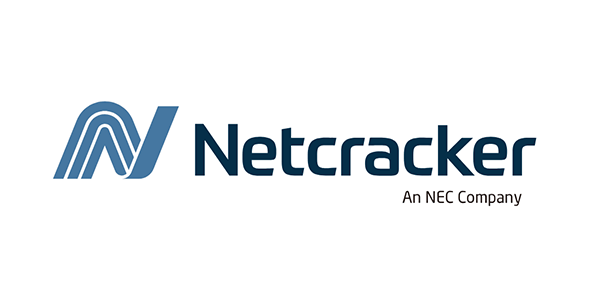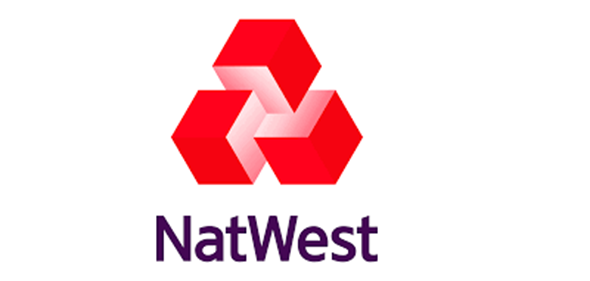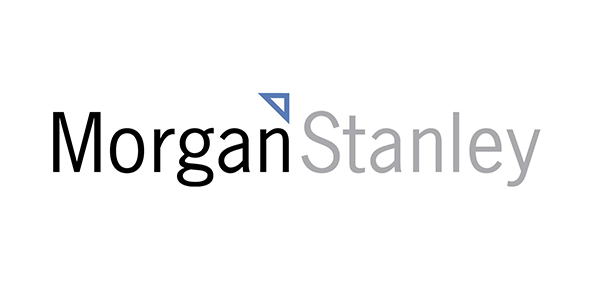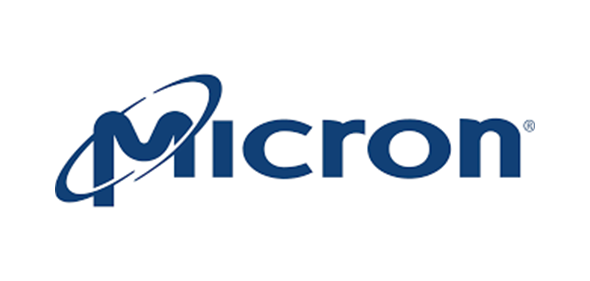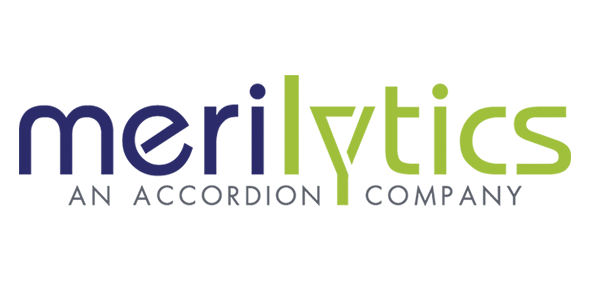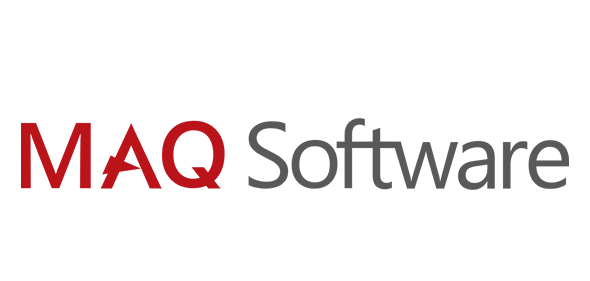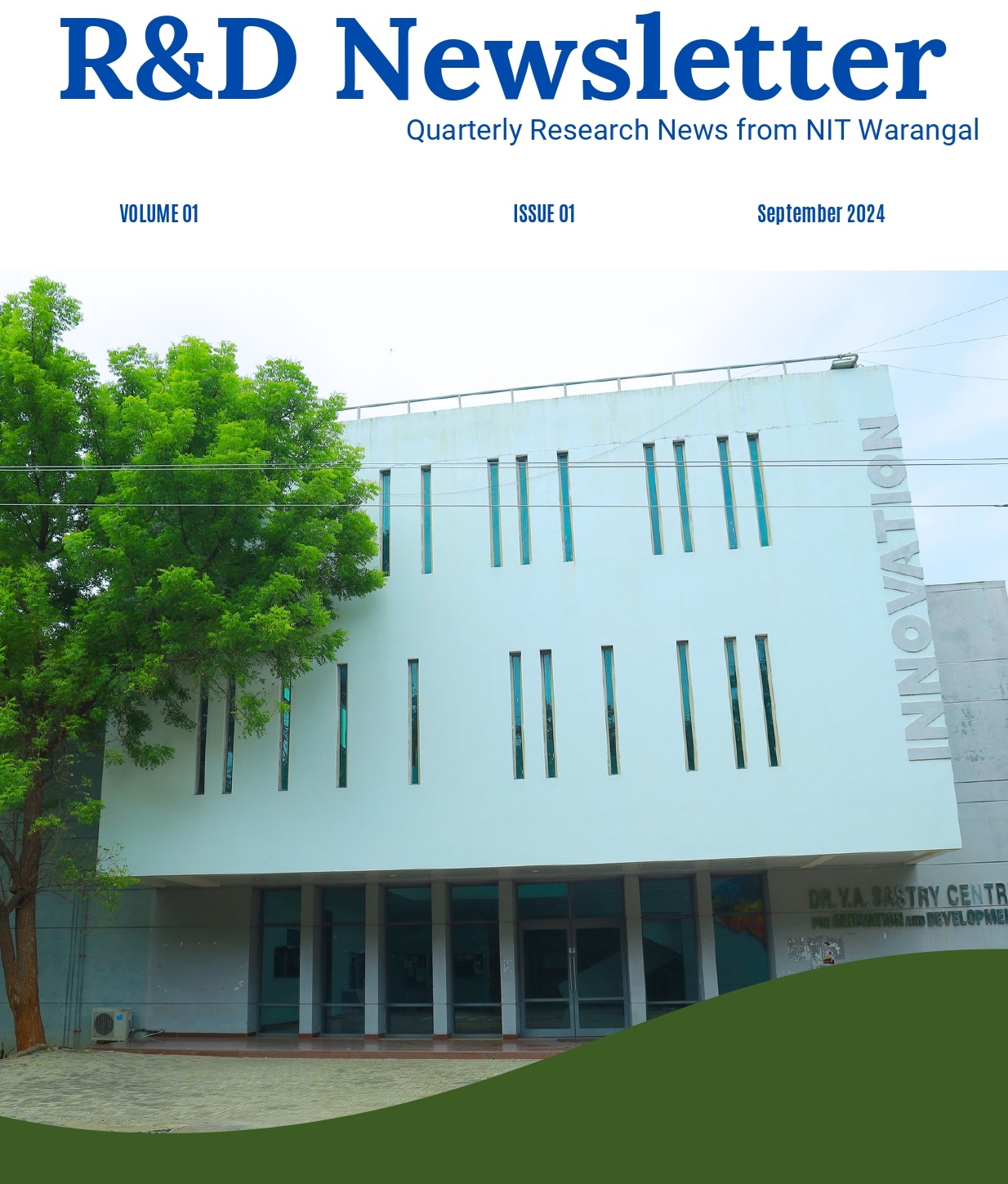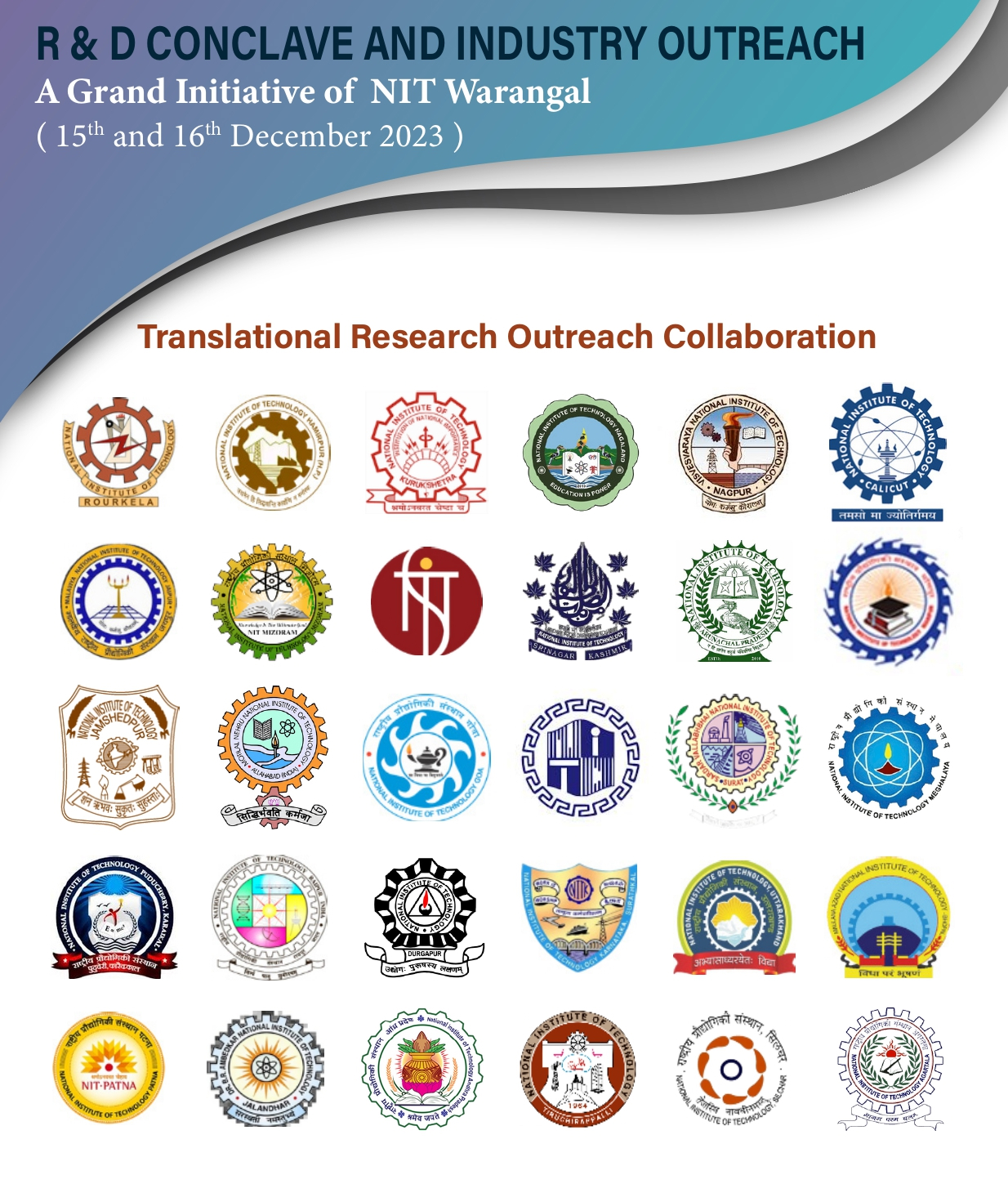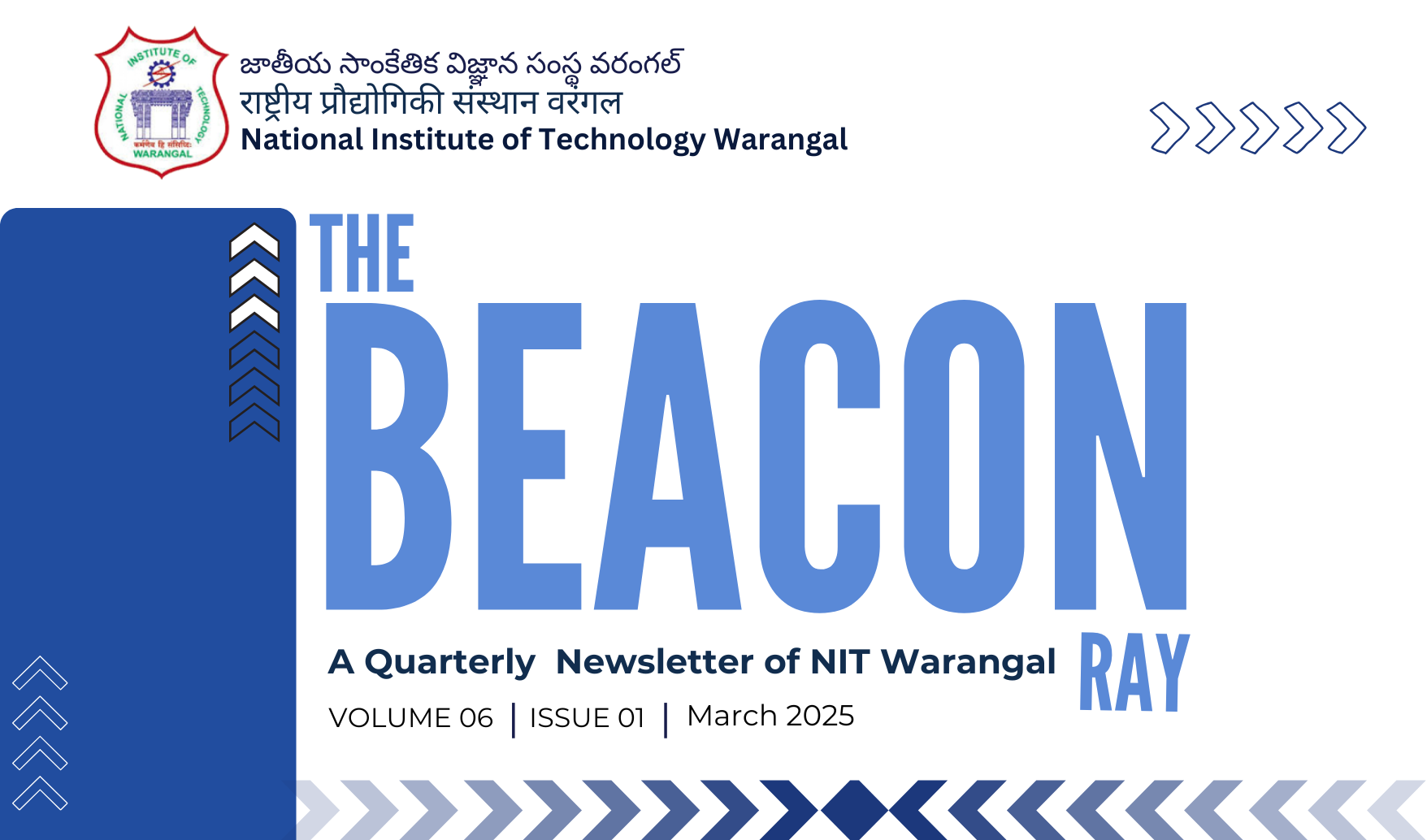Welcome to National Institute of Technology Warangal
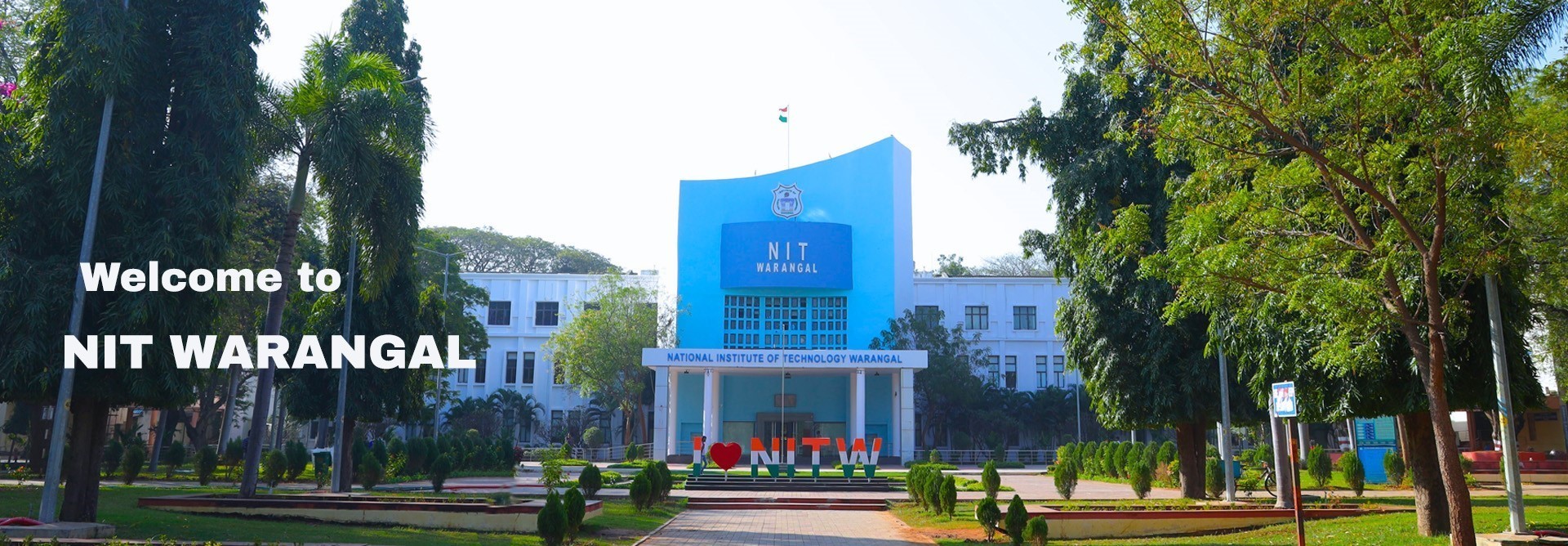
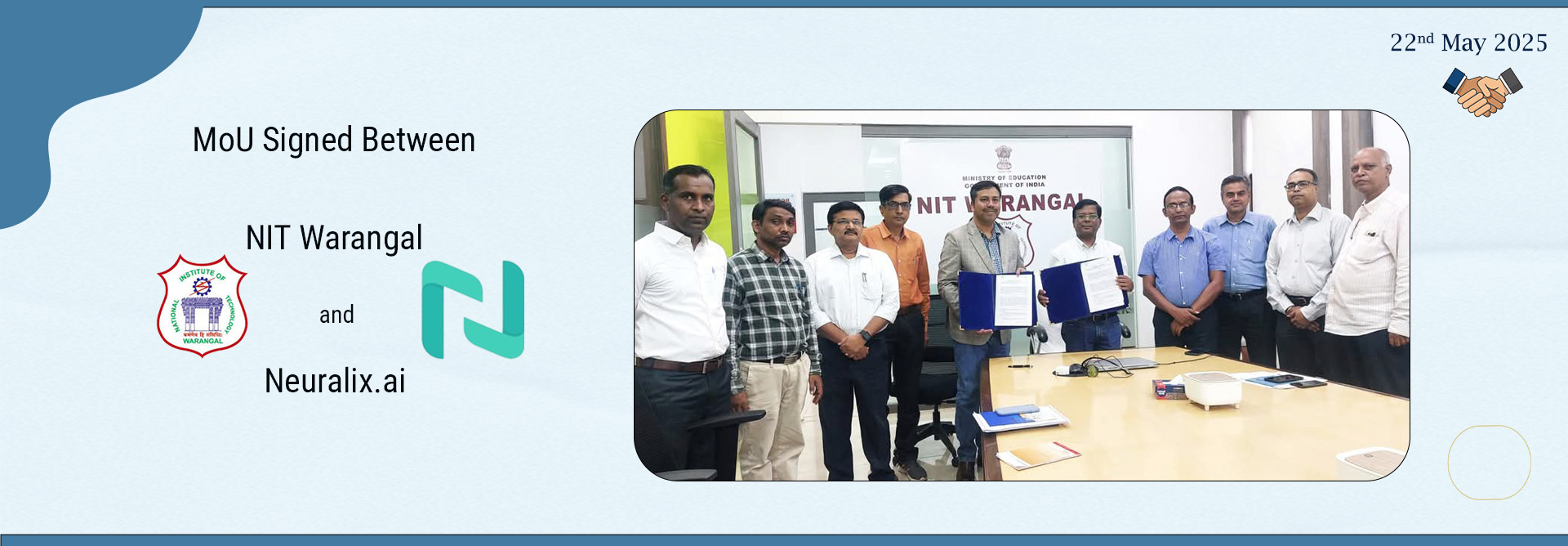
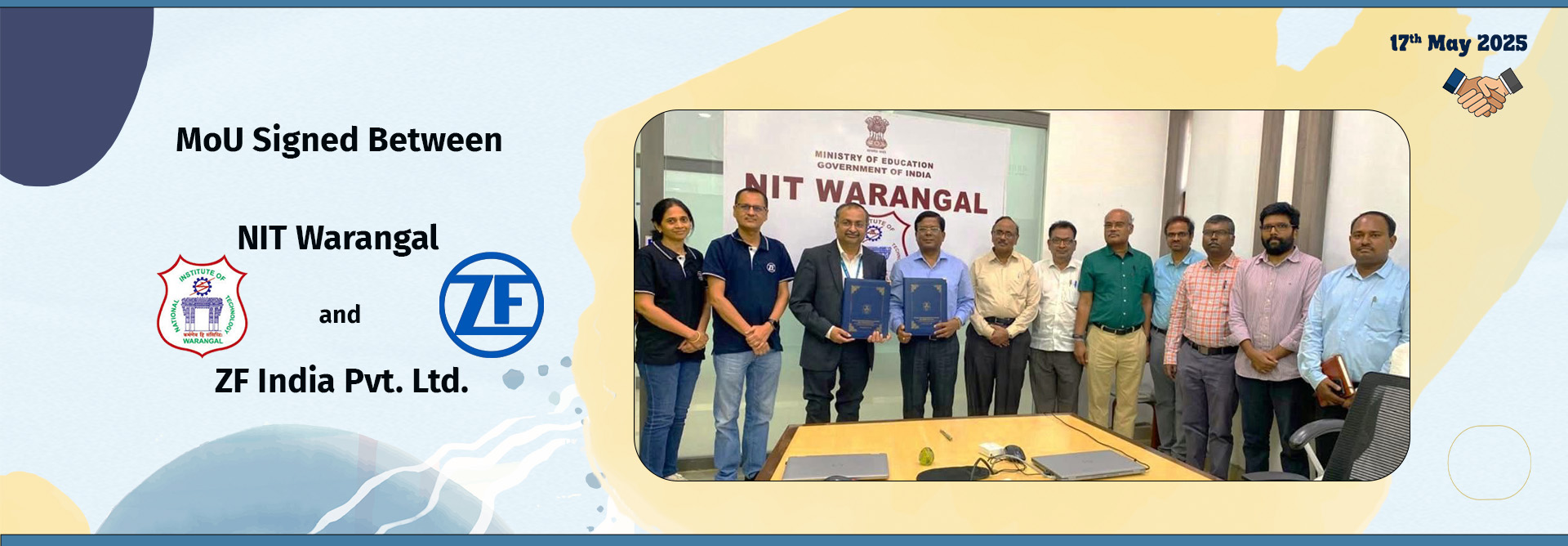
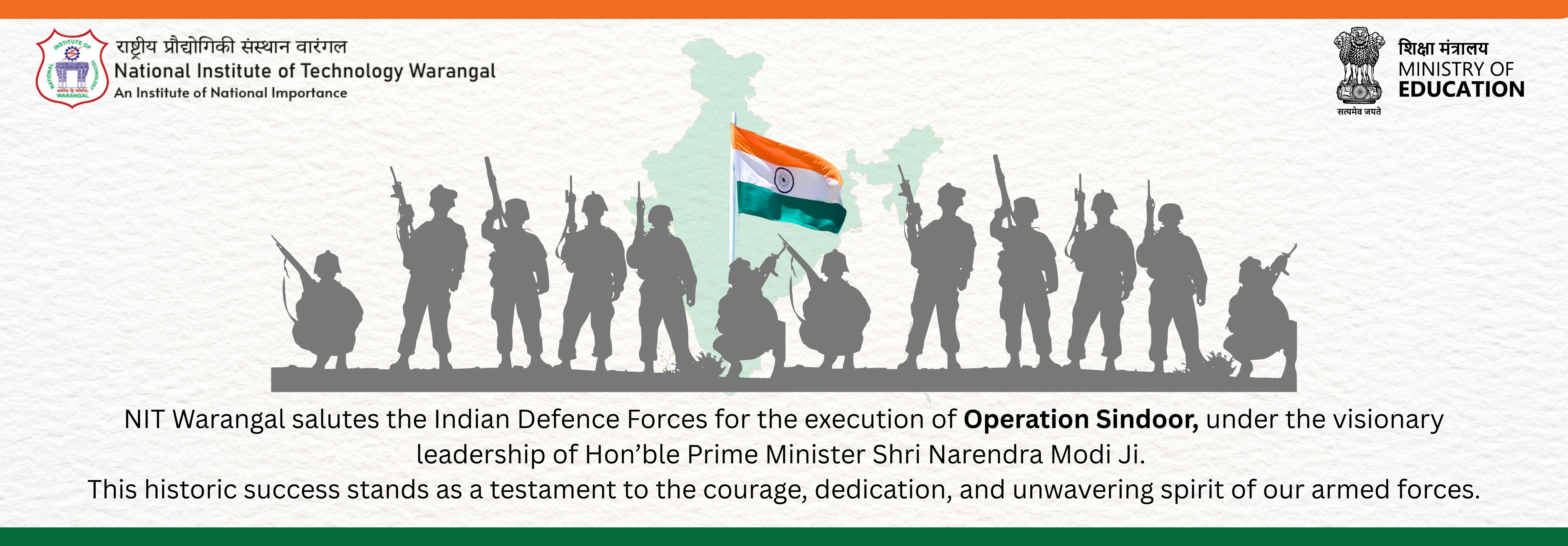
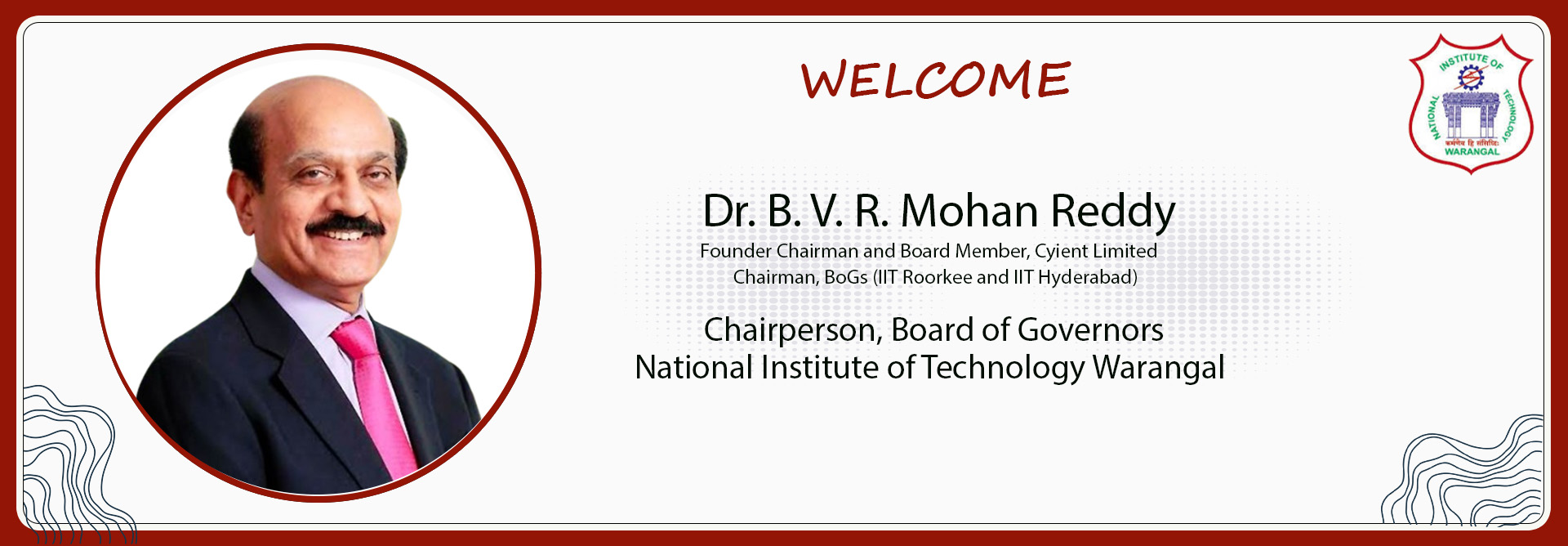

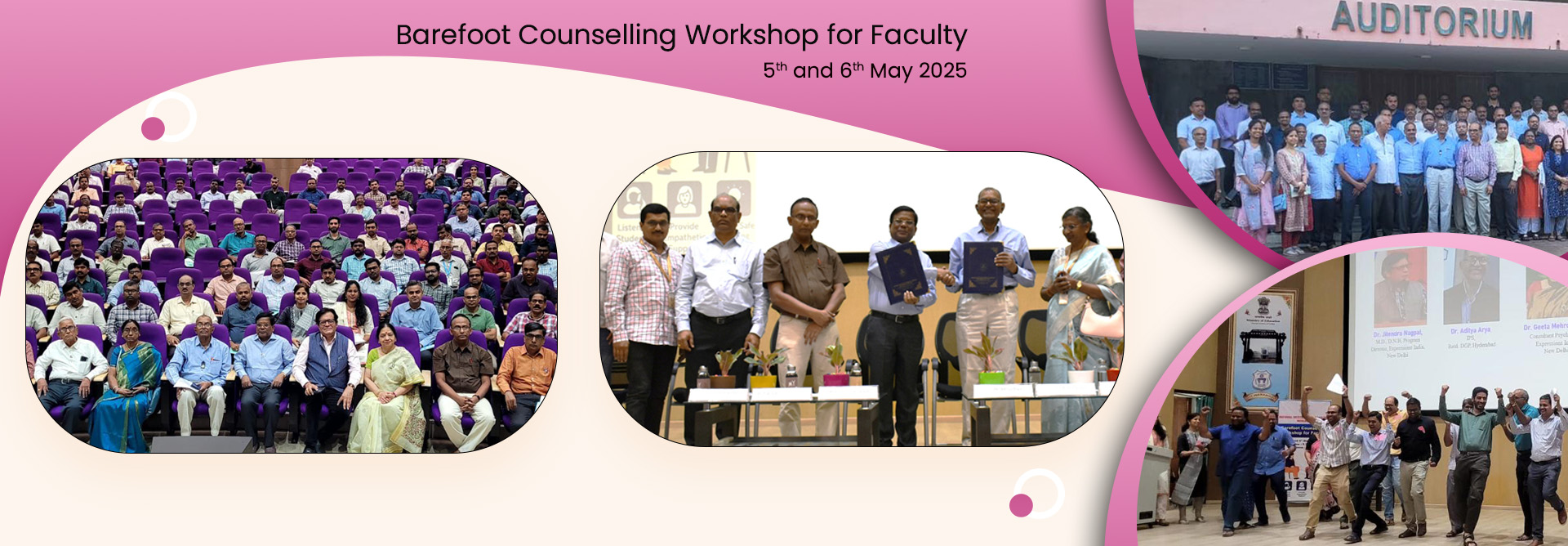

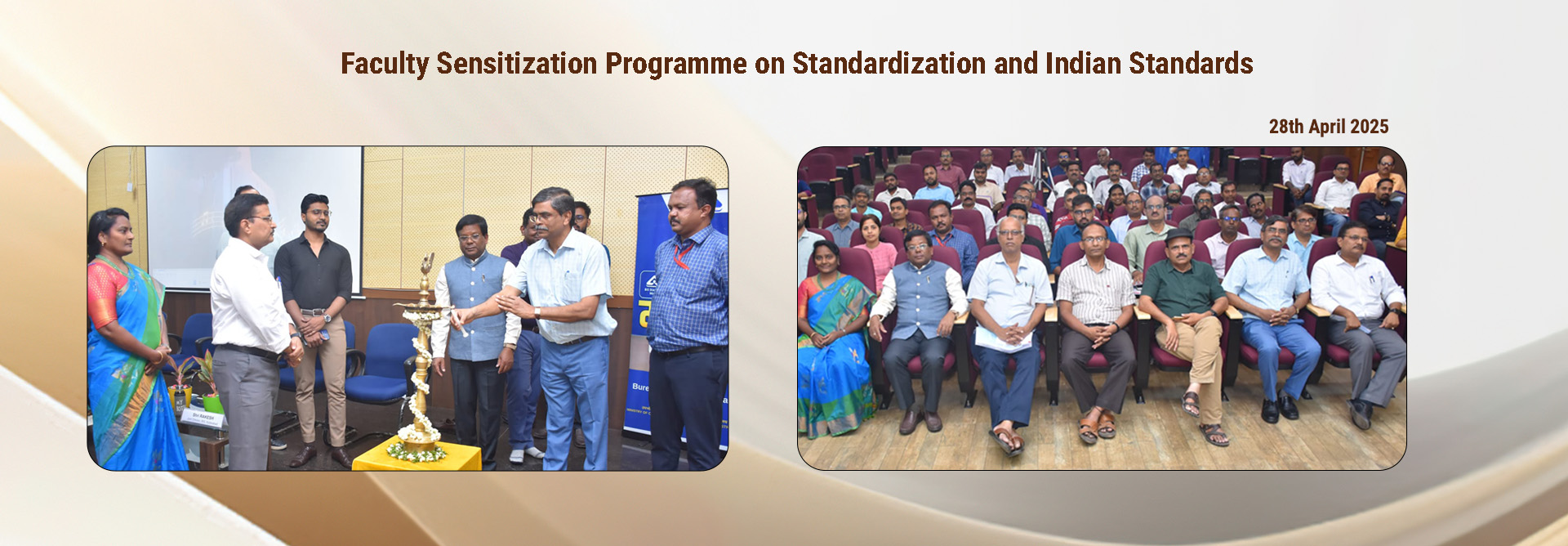
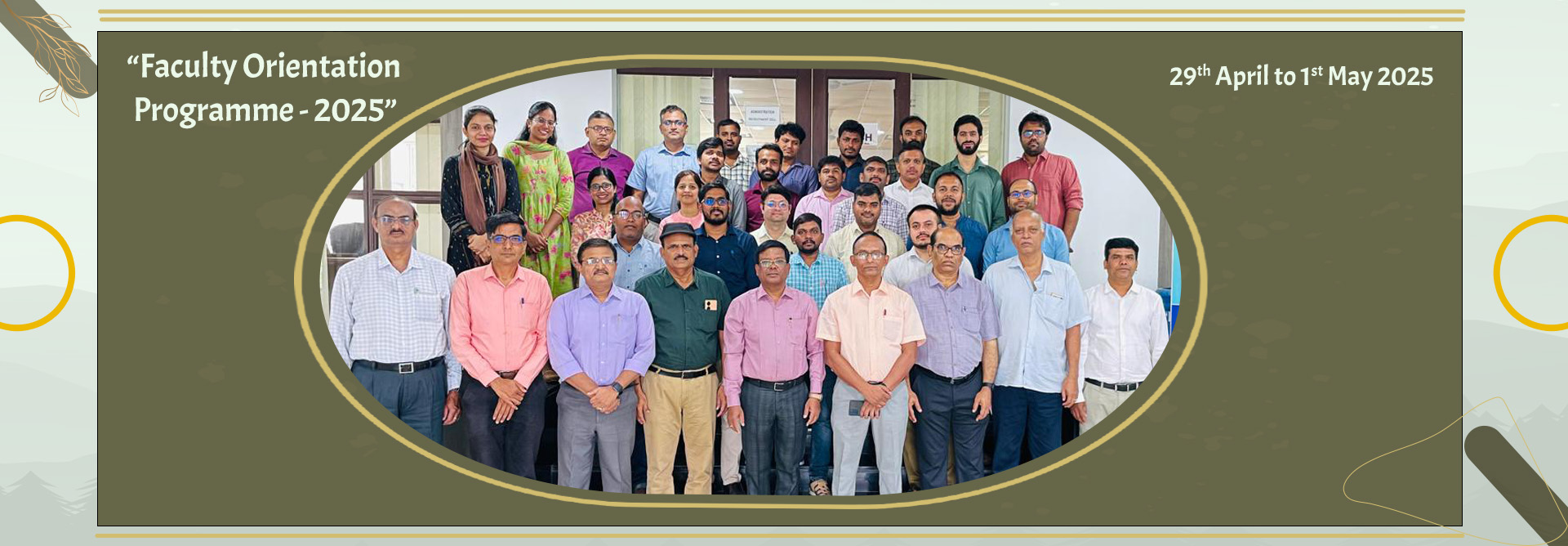
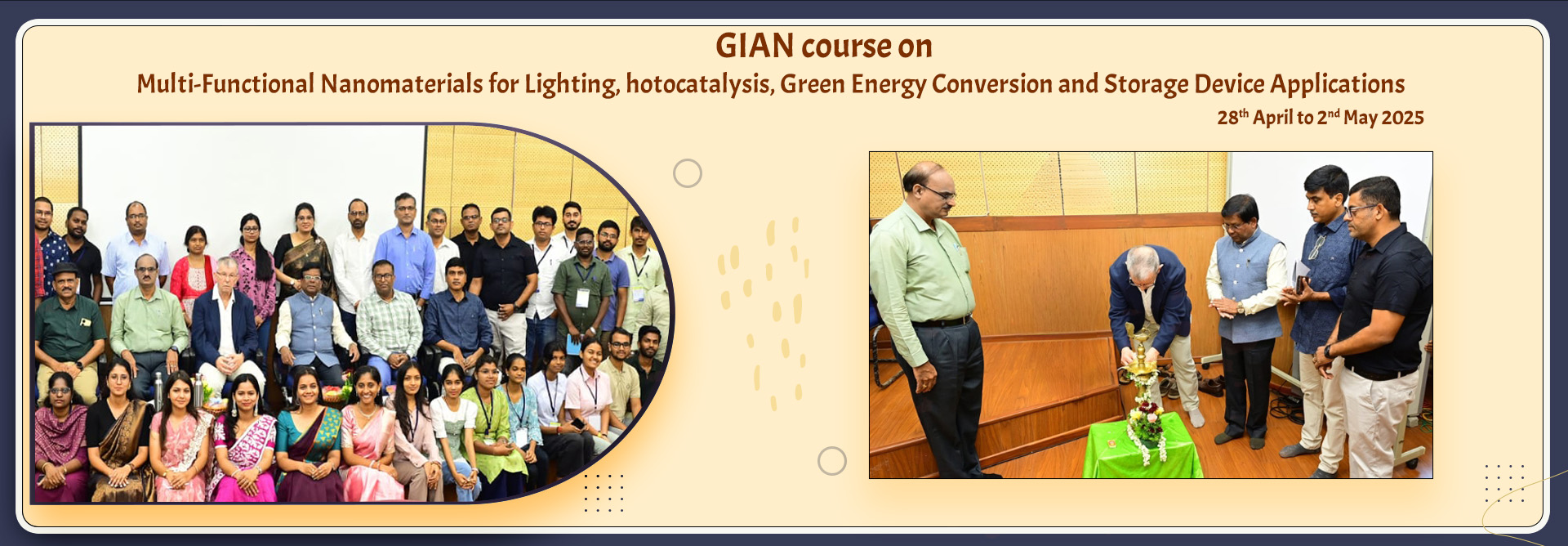
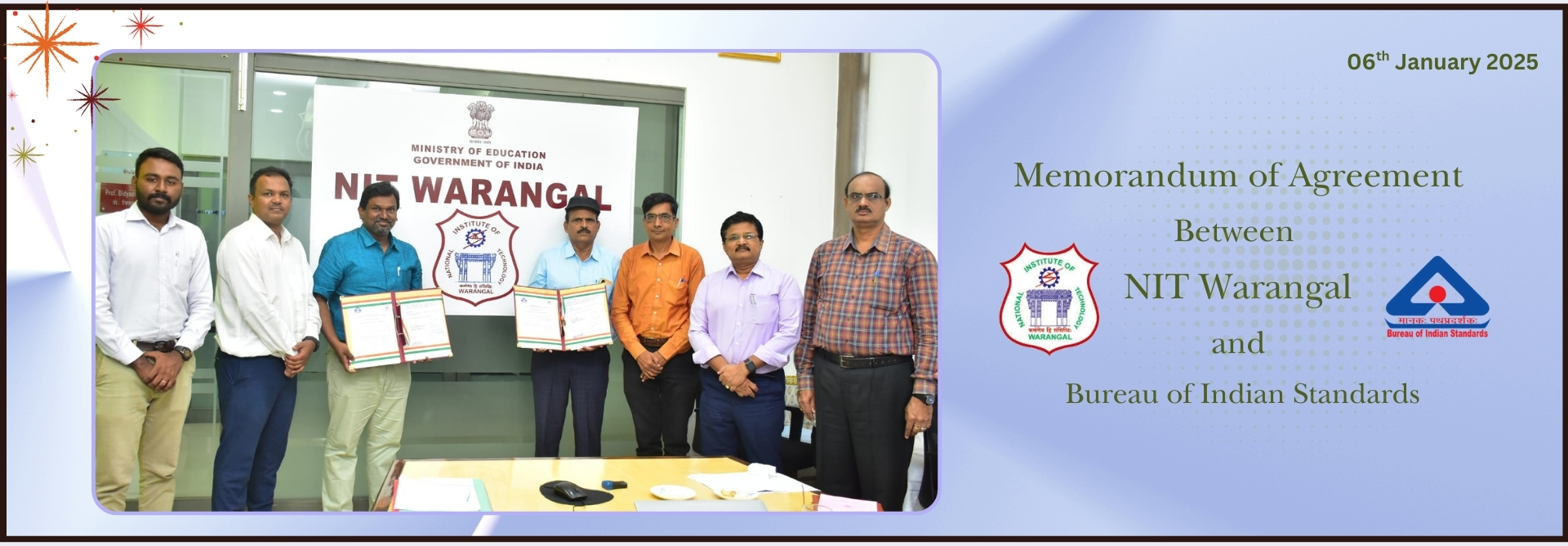
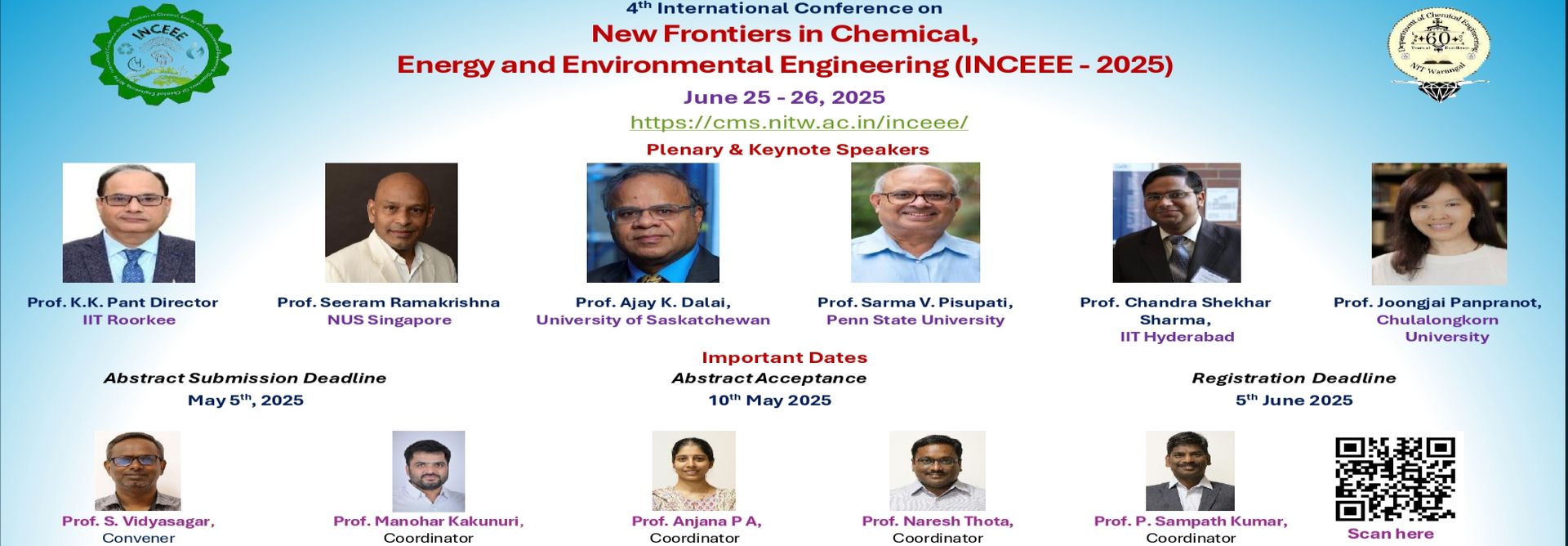

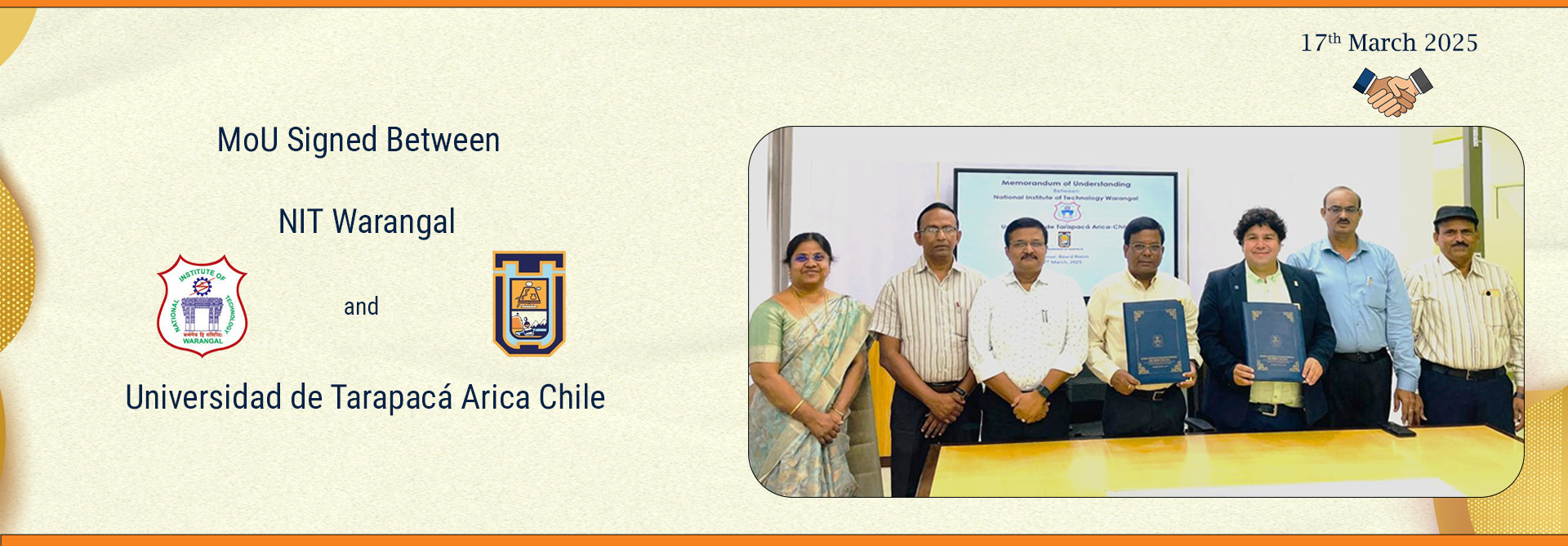

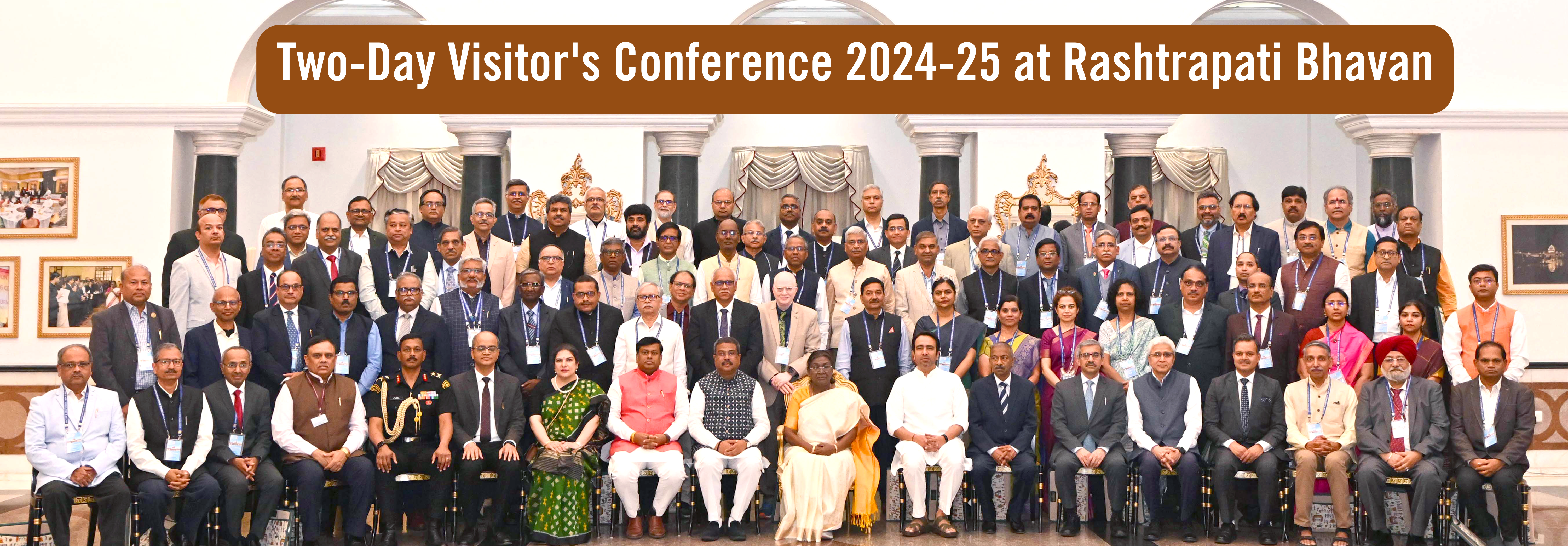
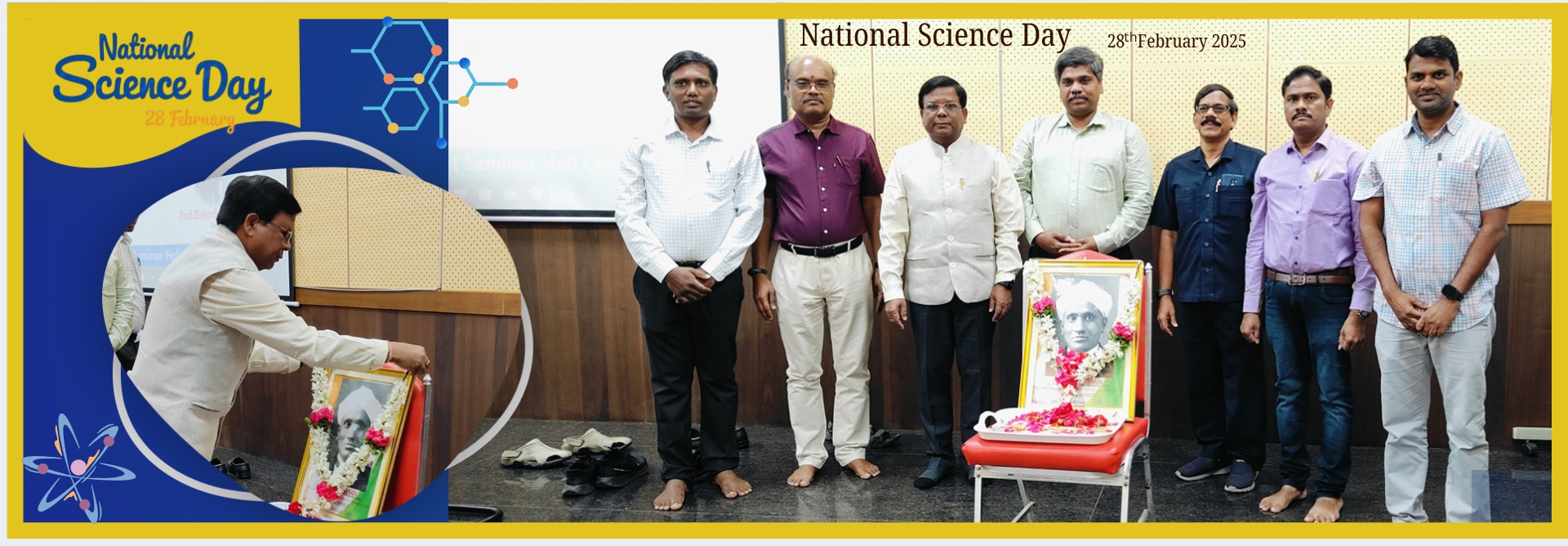

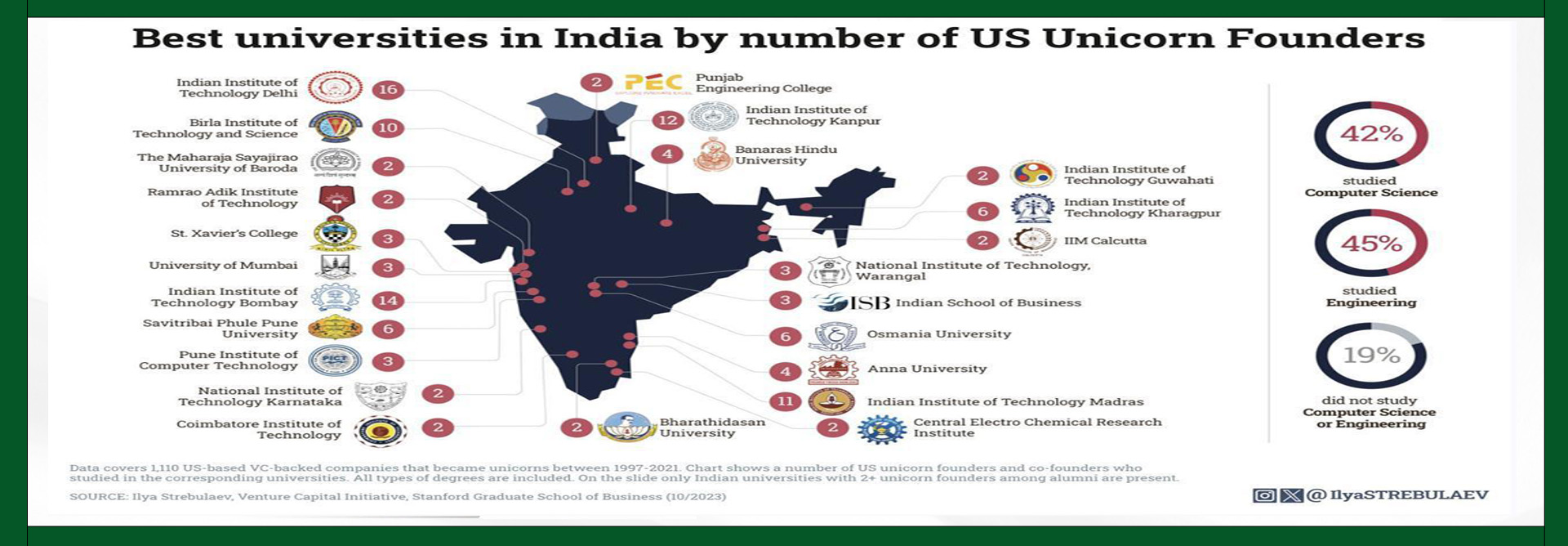
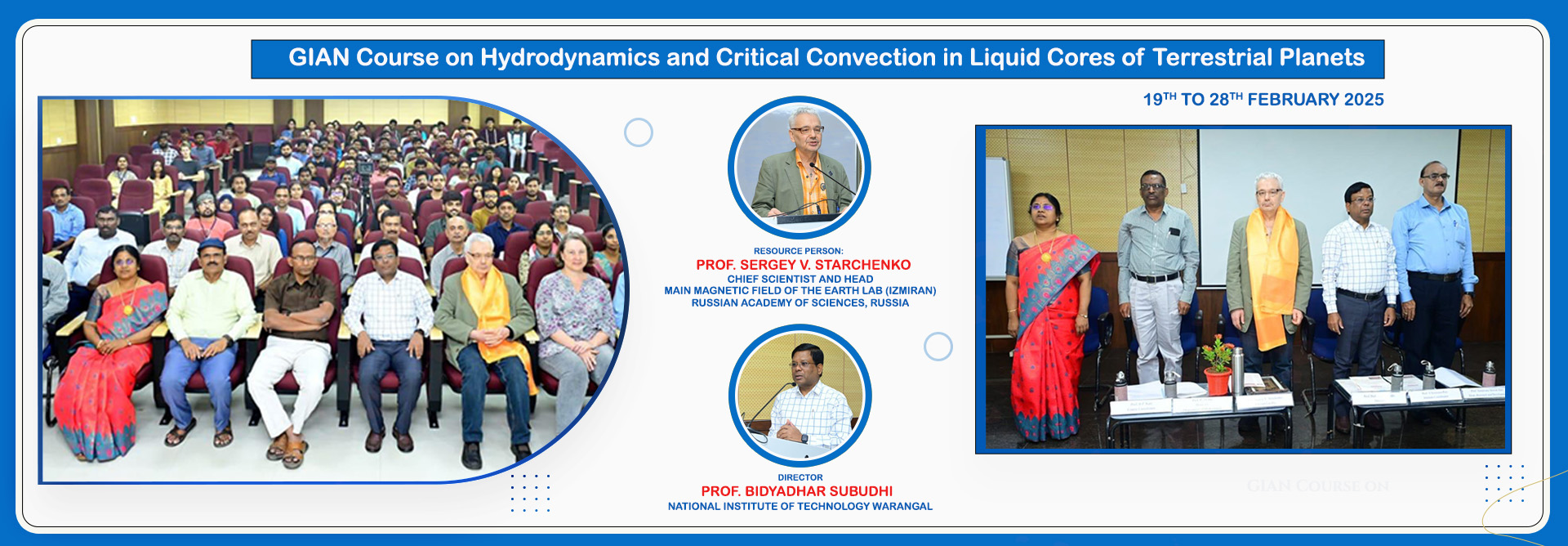

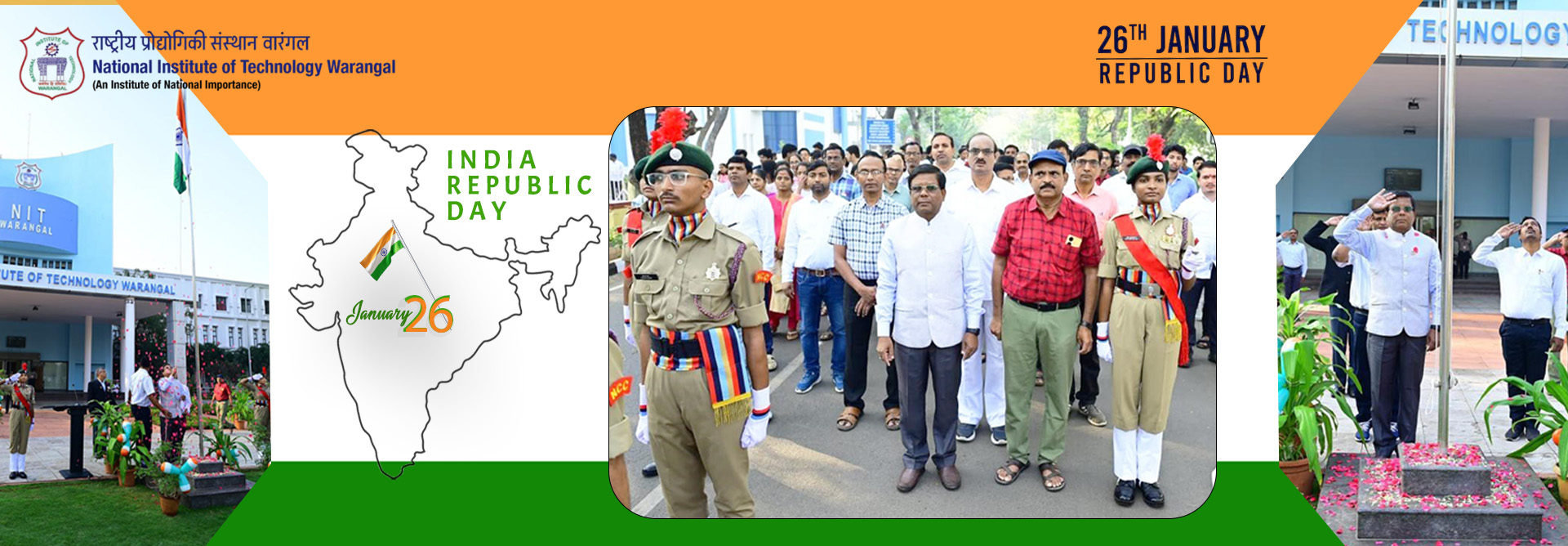
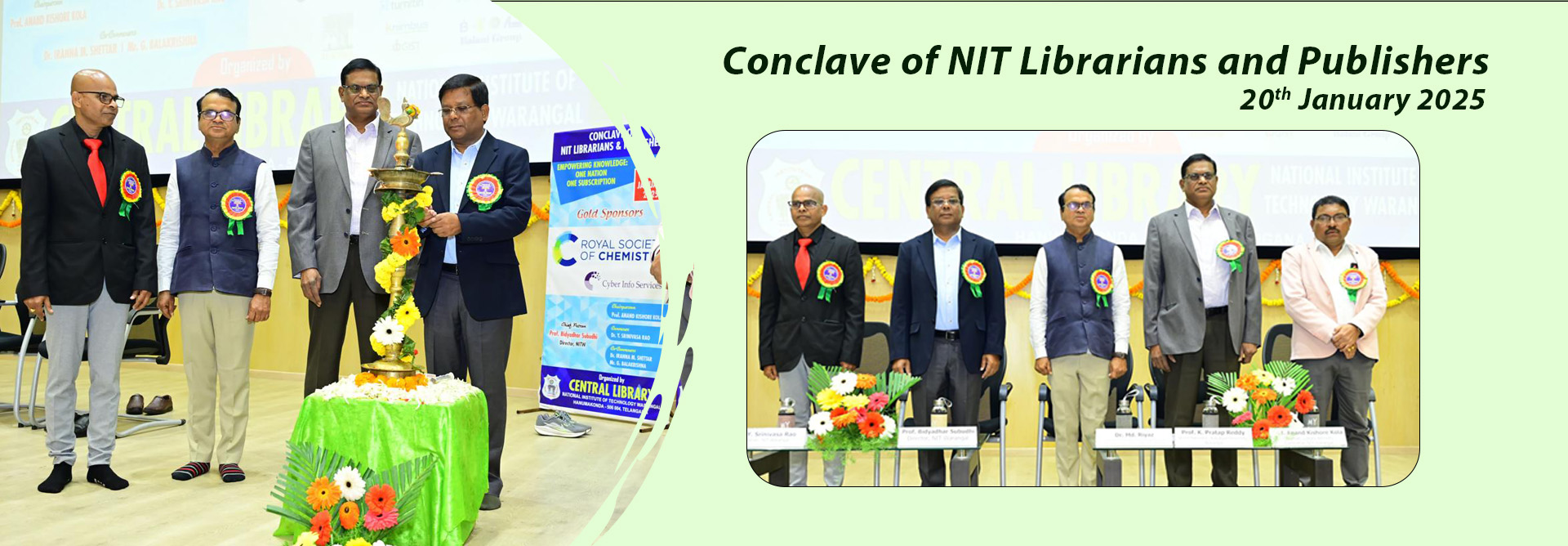
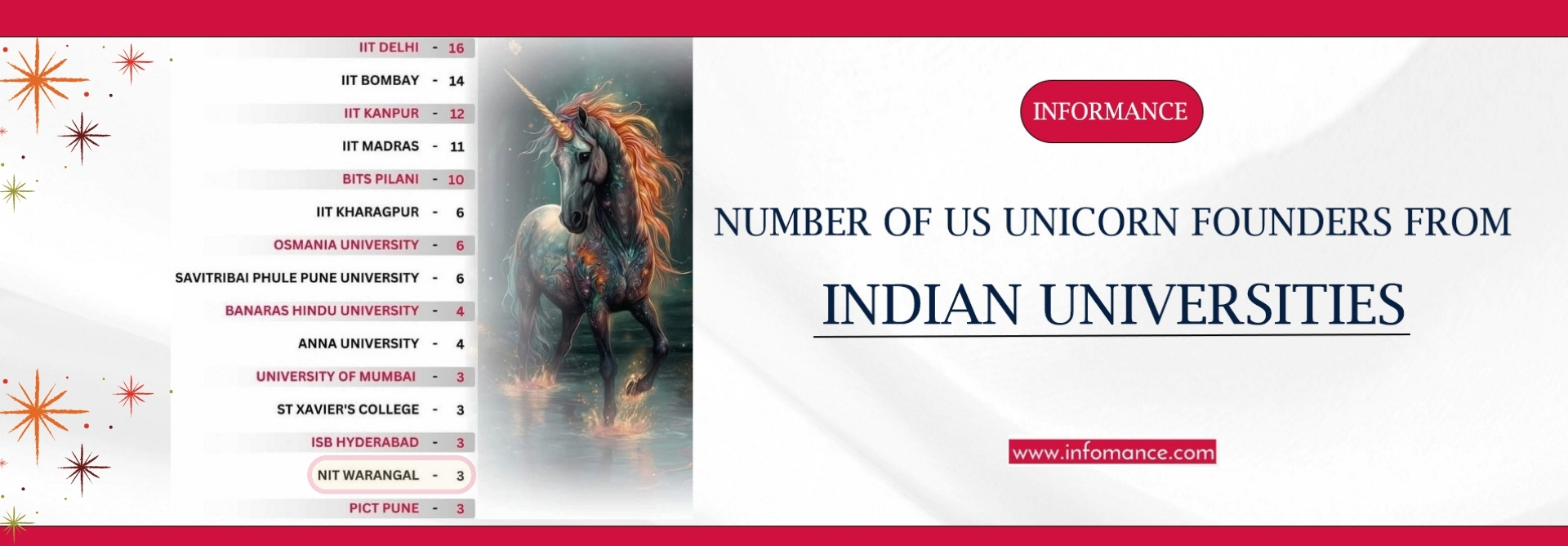
_2025-1-15-15-58-2.jpg)

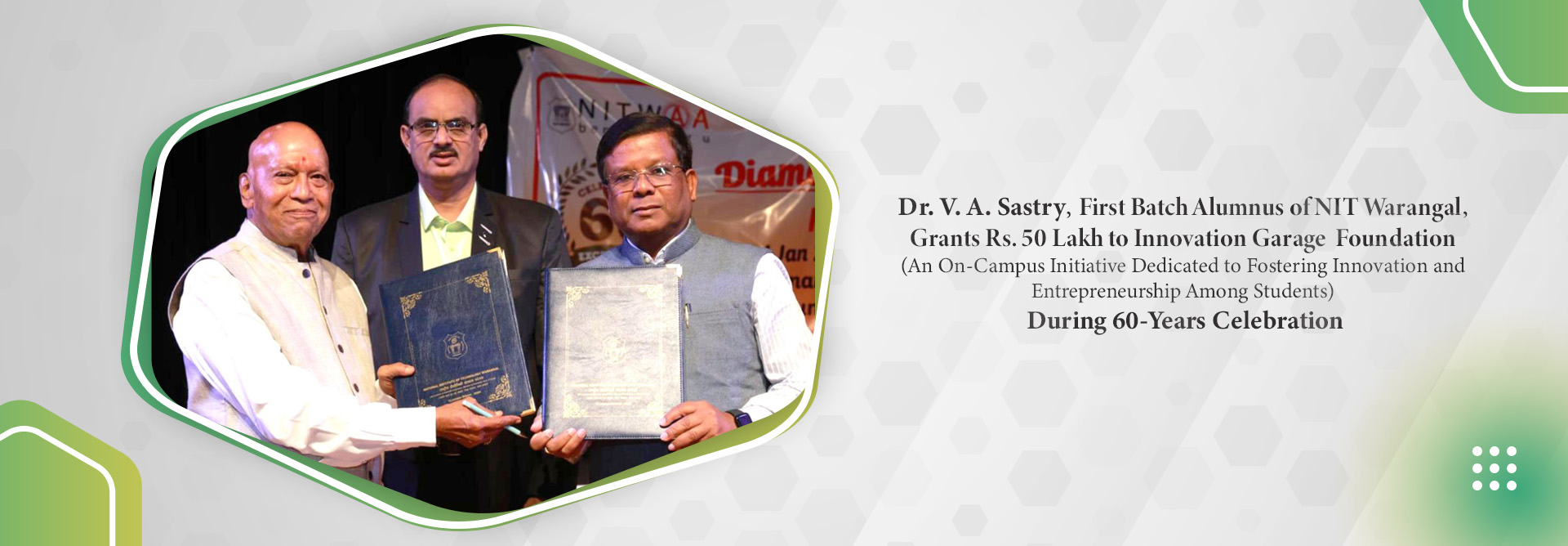

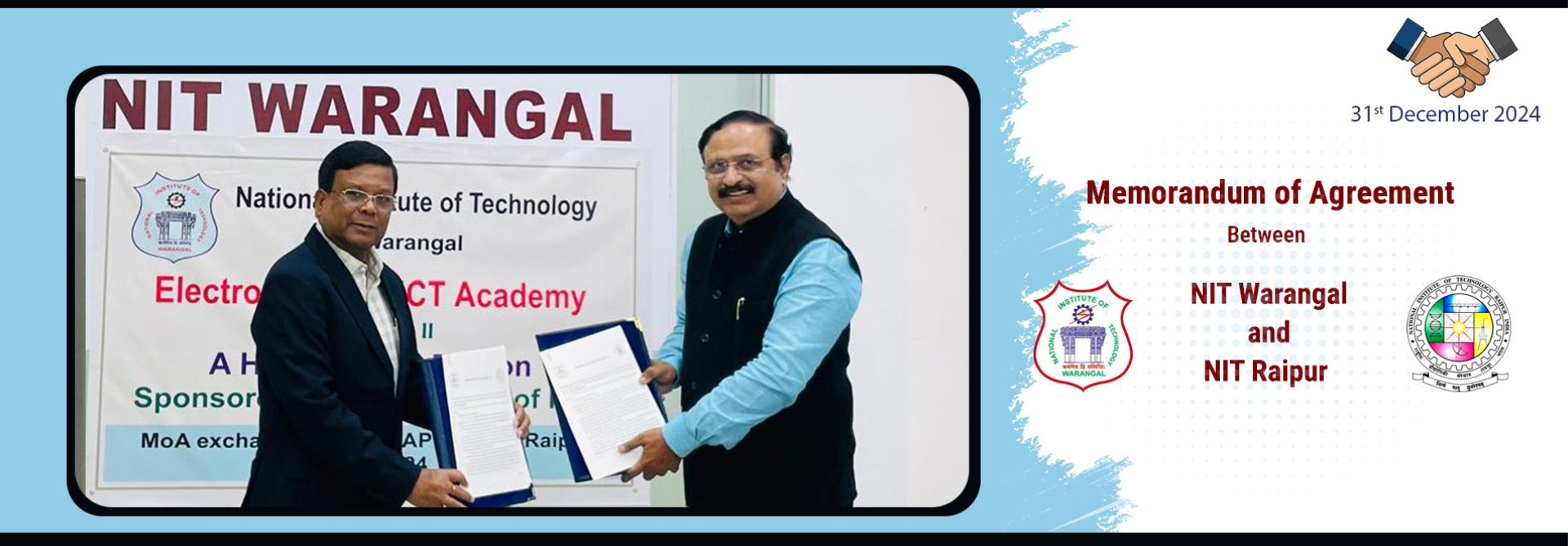


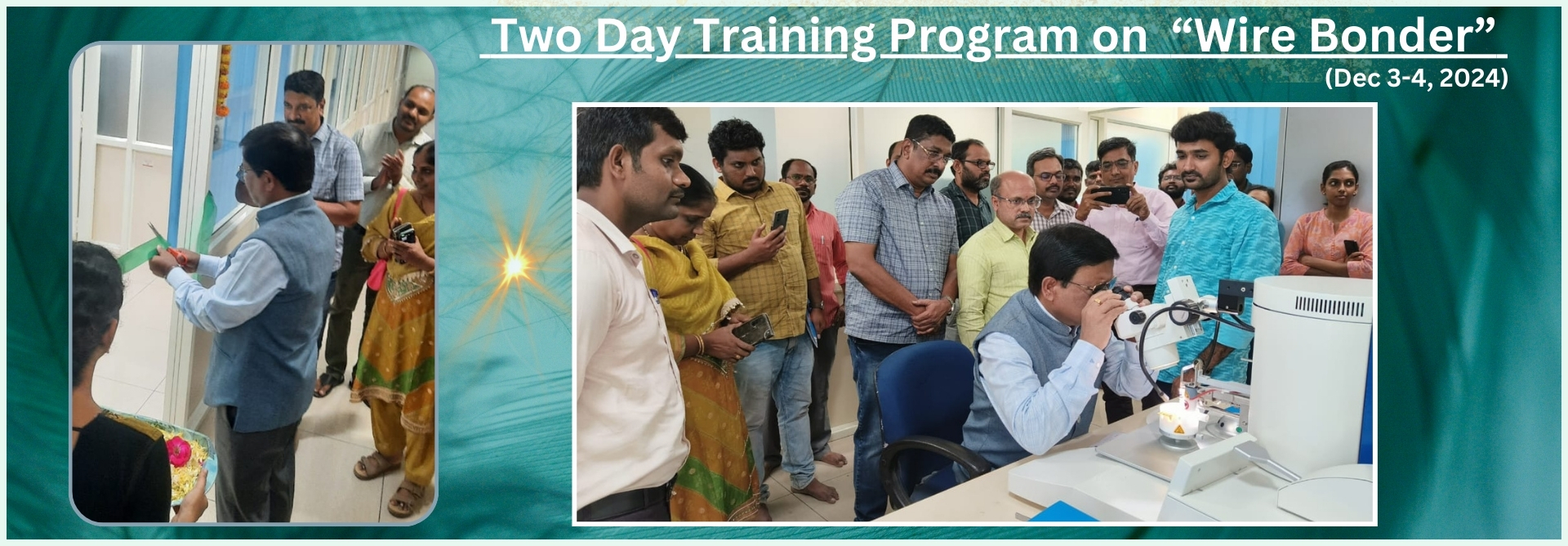

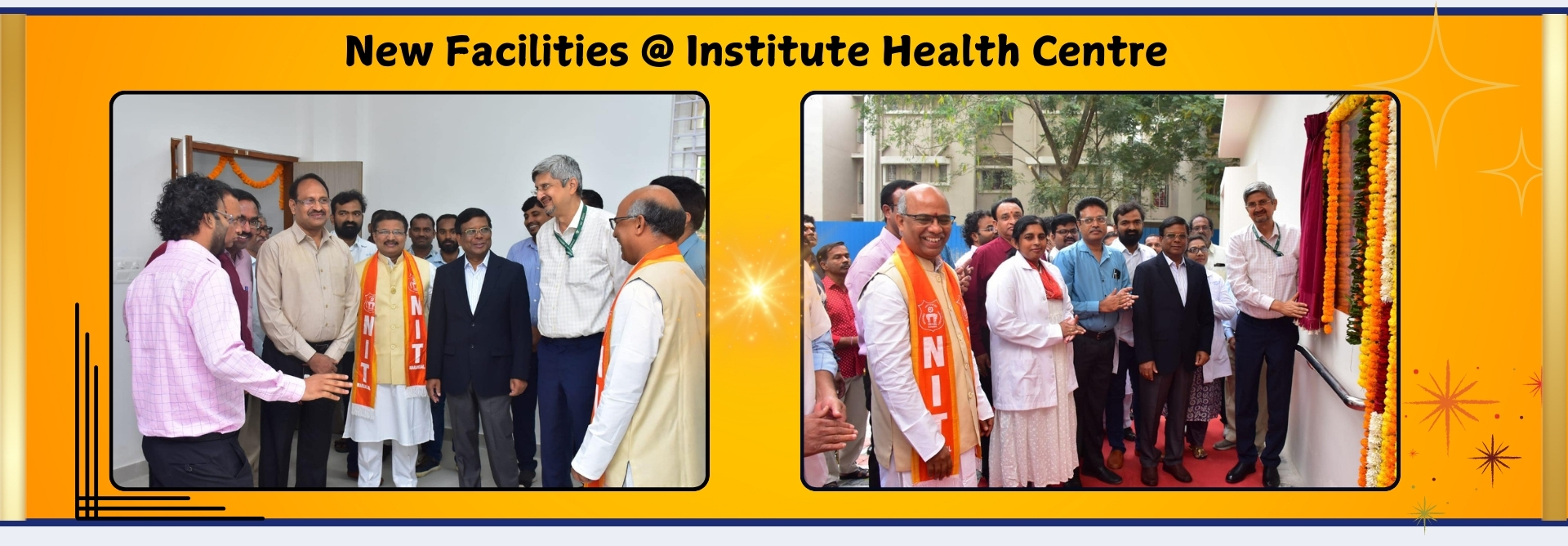
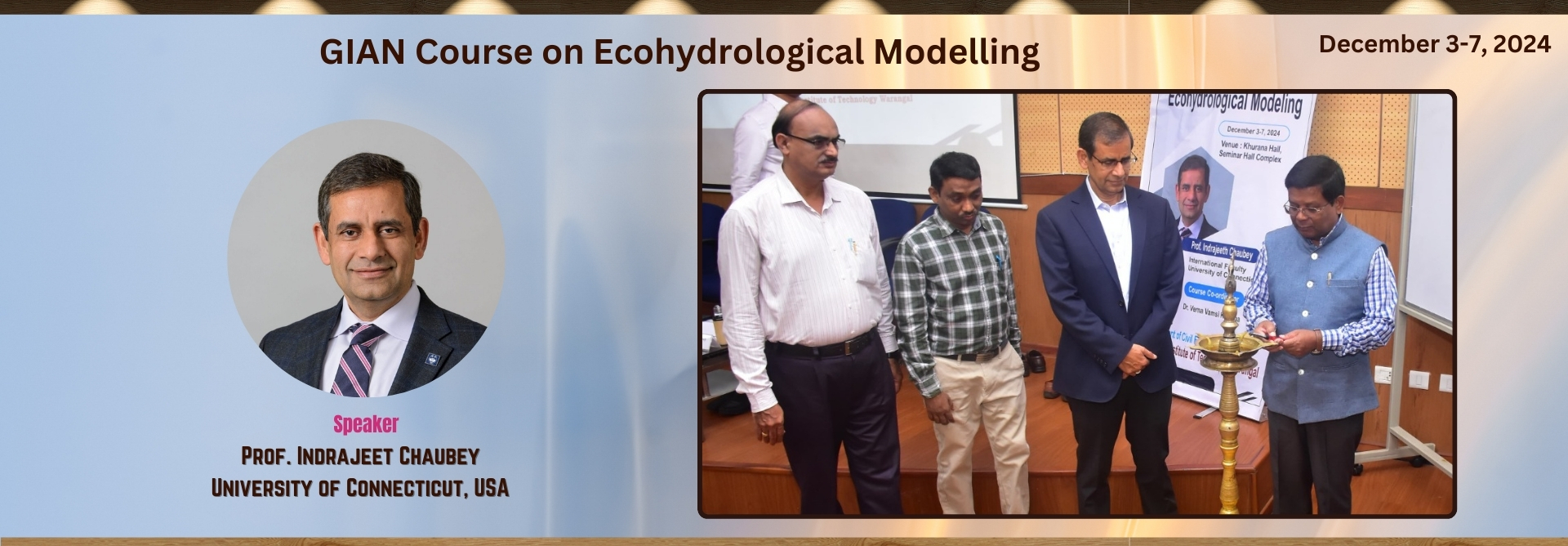


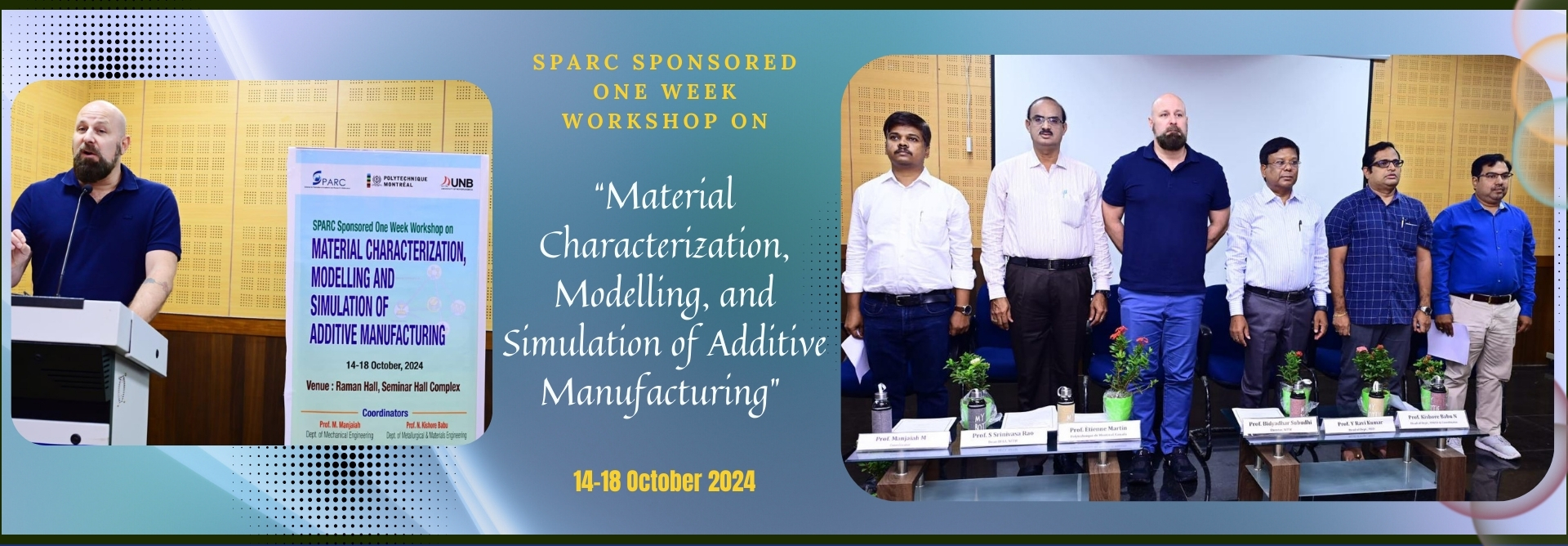
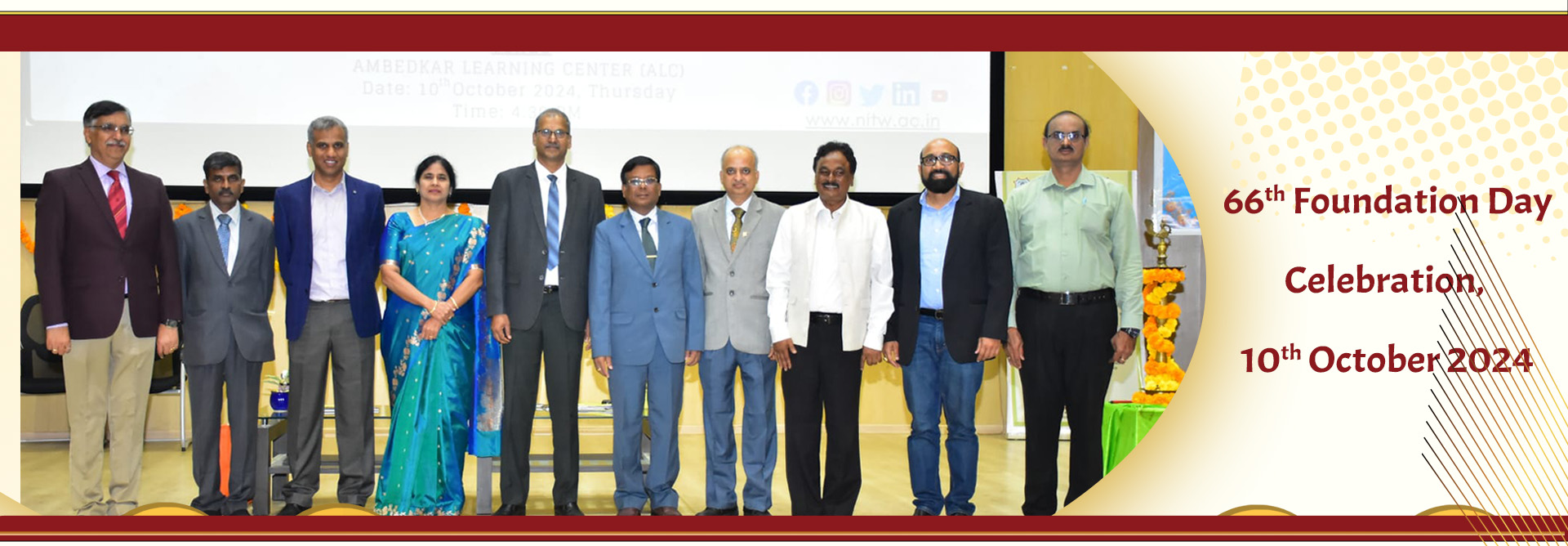
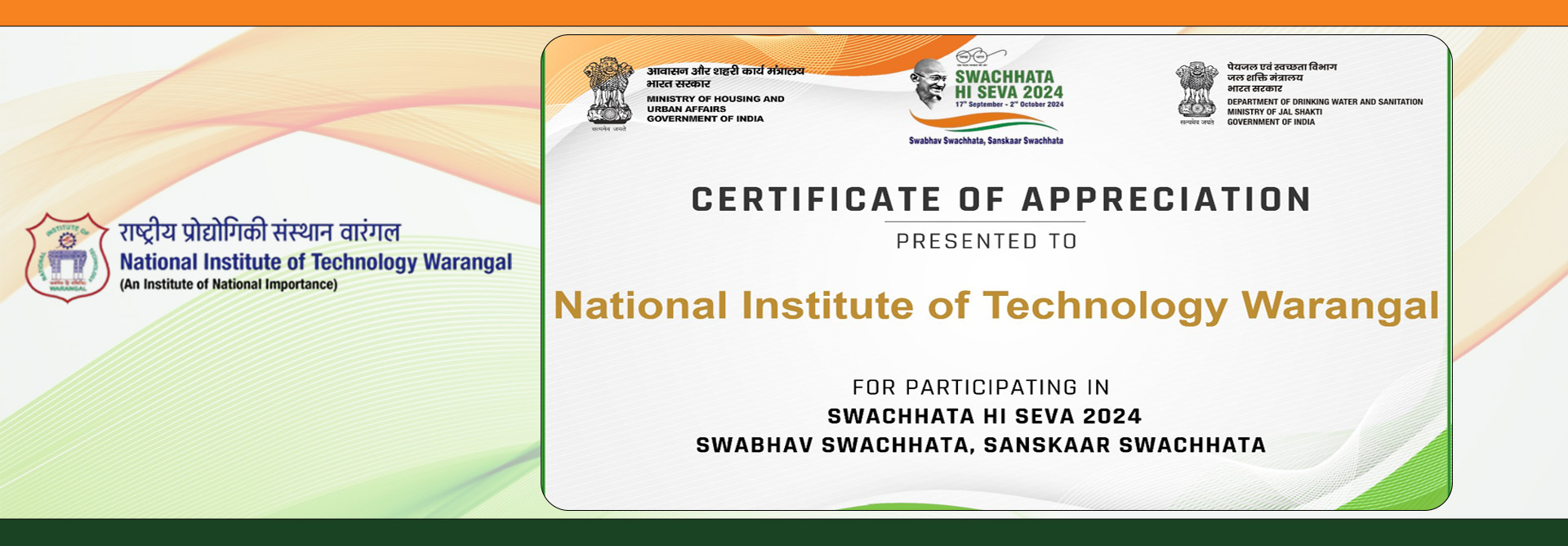
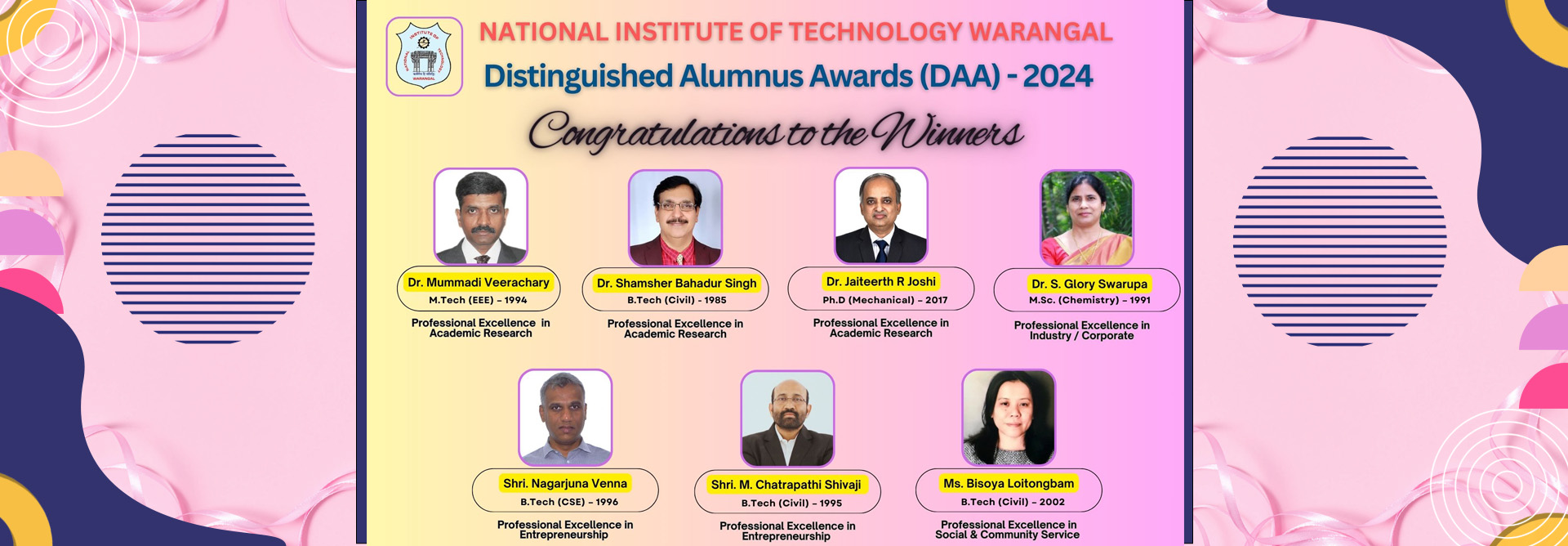
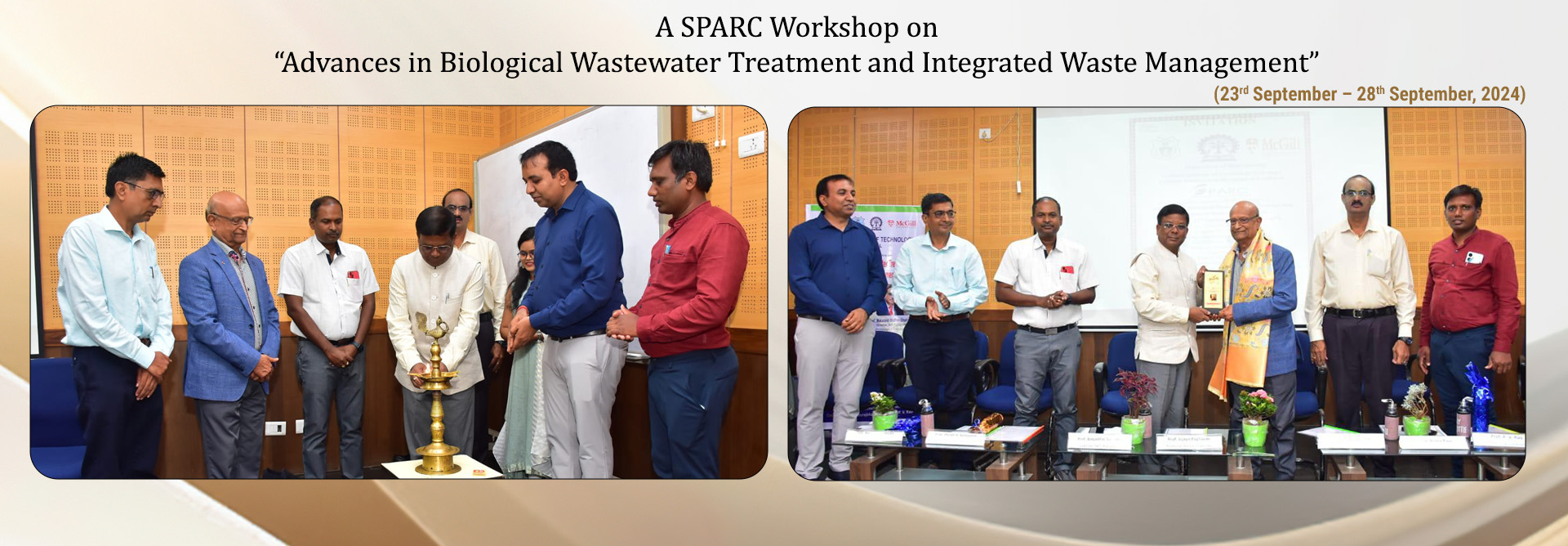
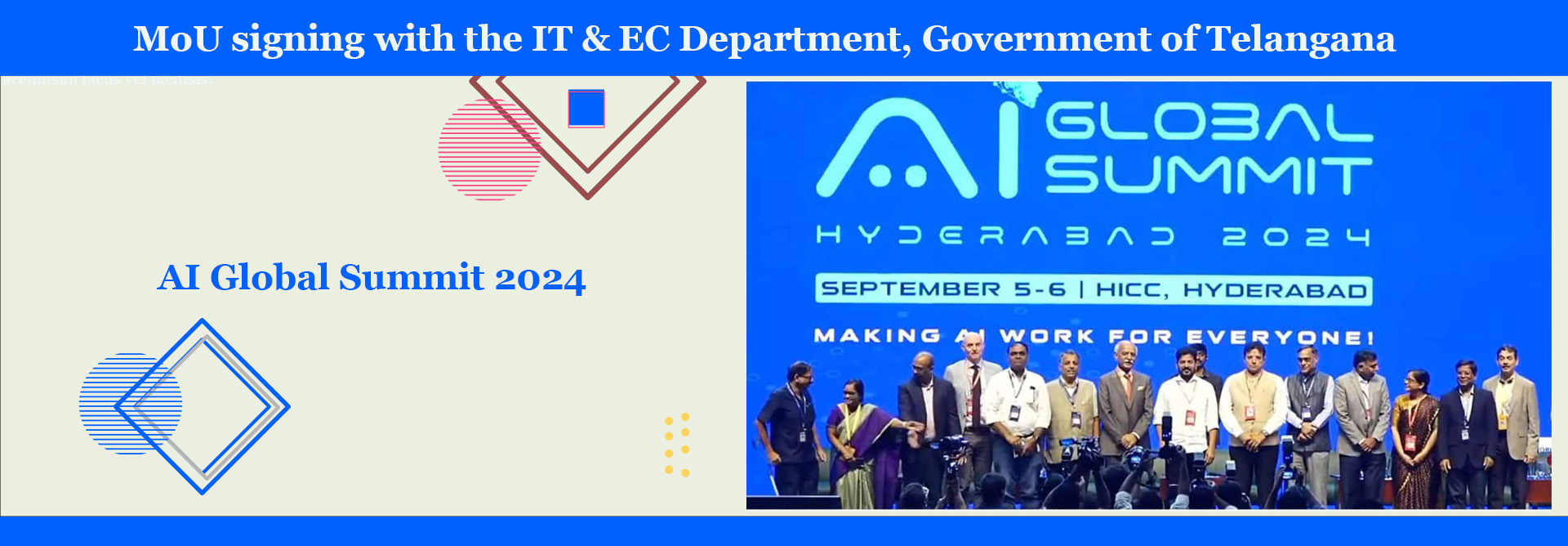
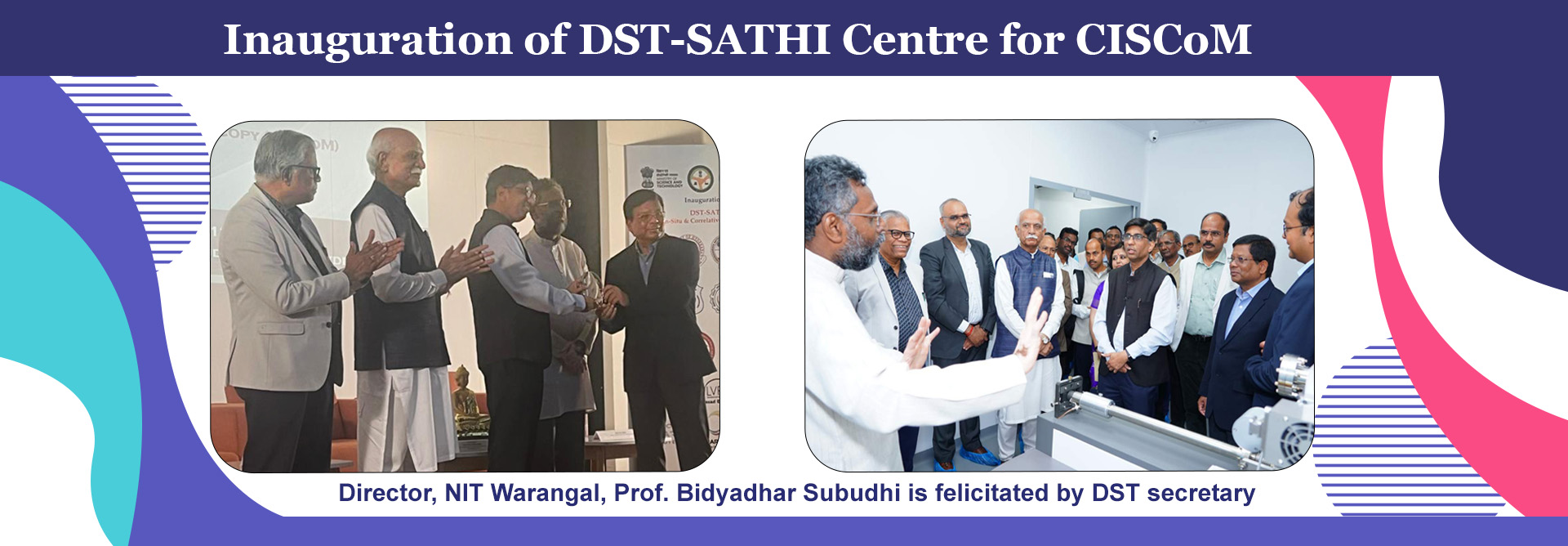
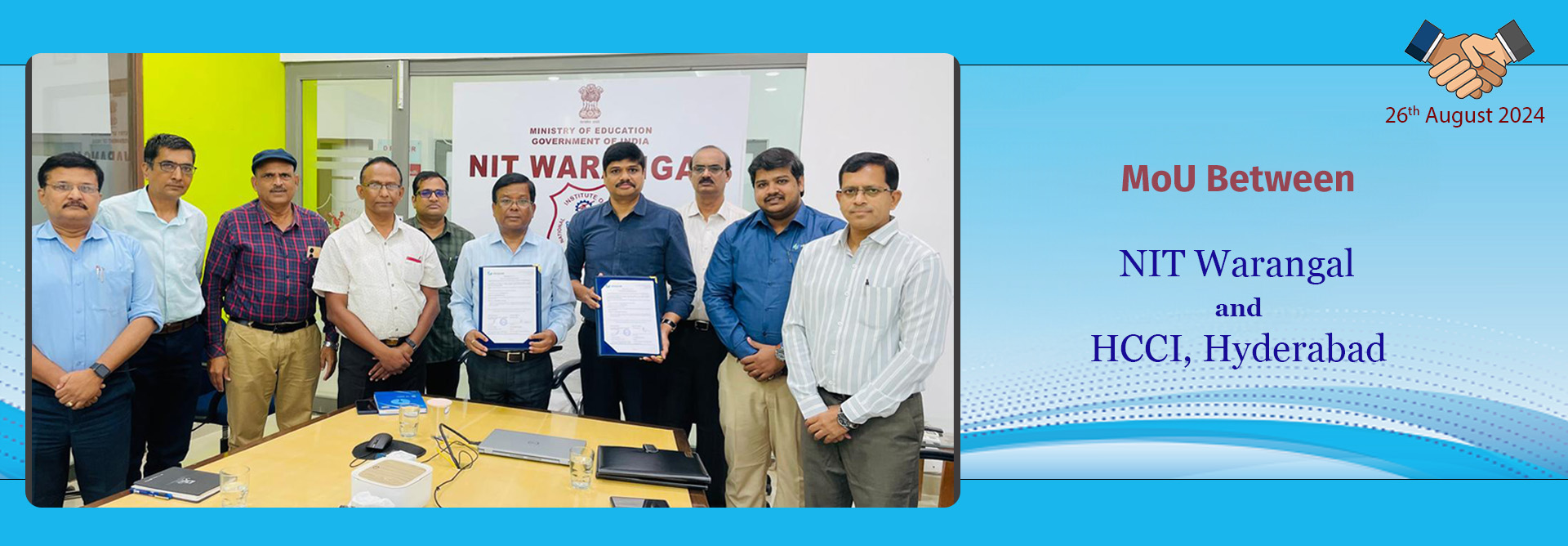
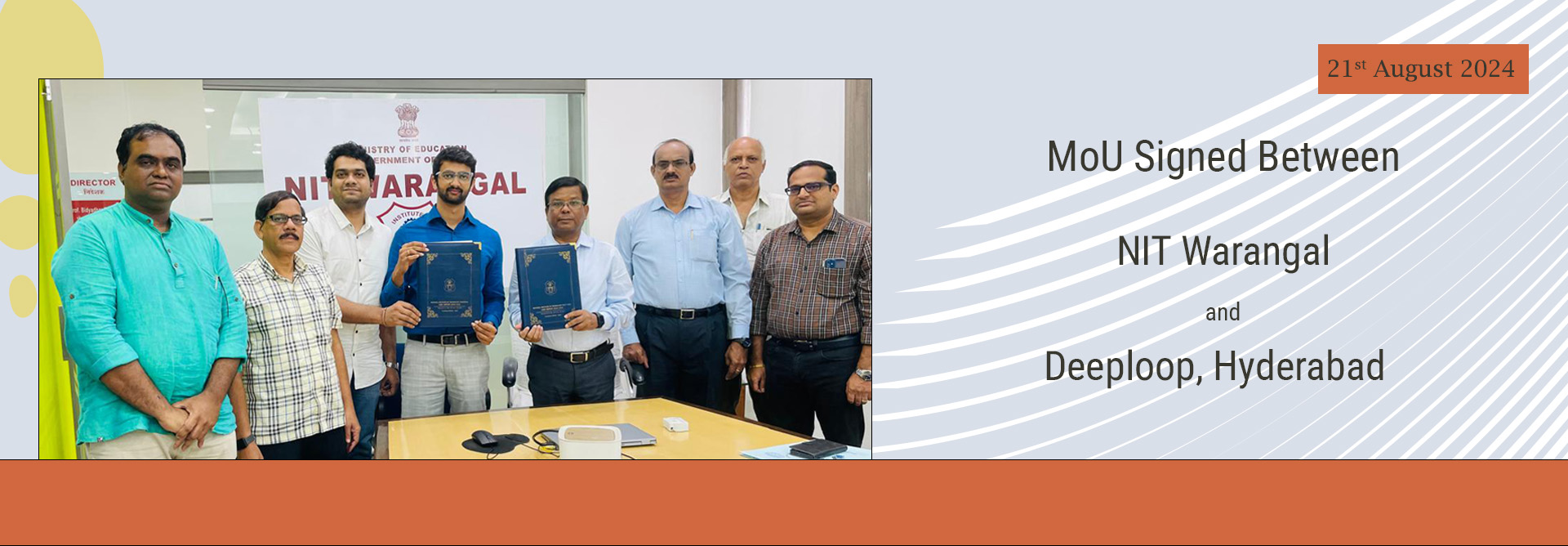
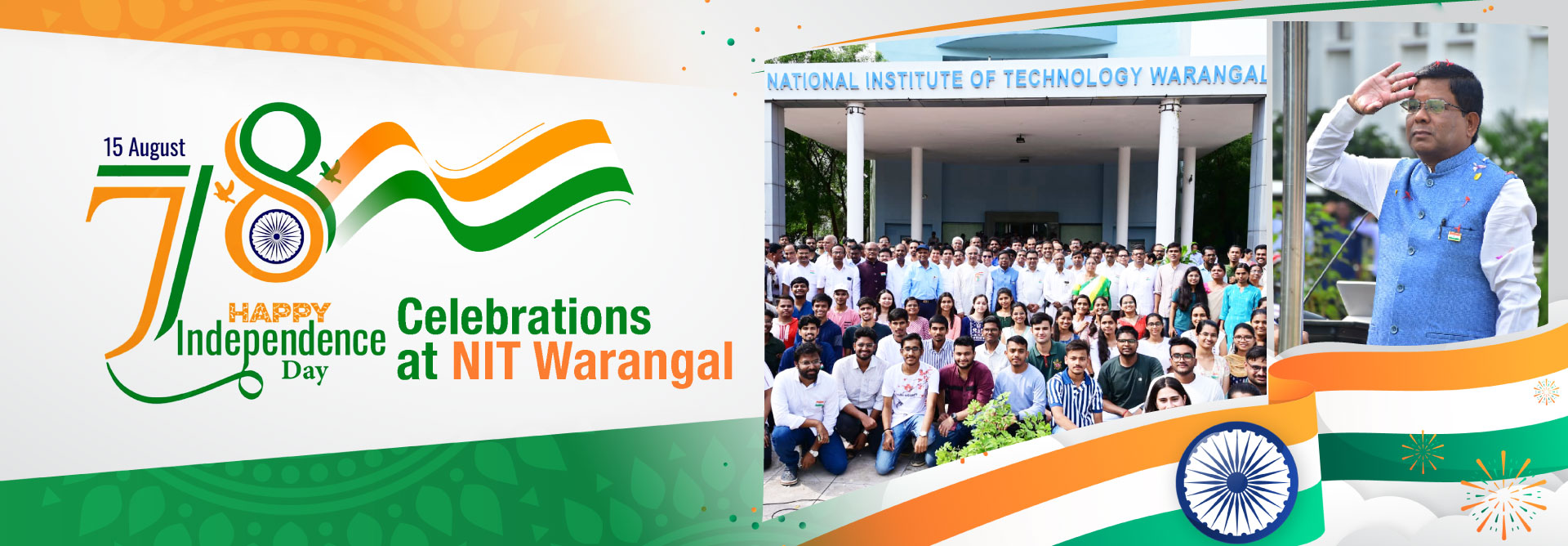

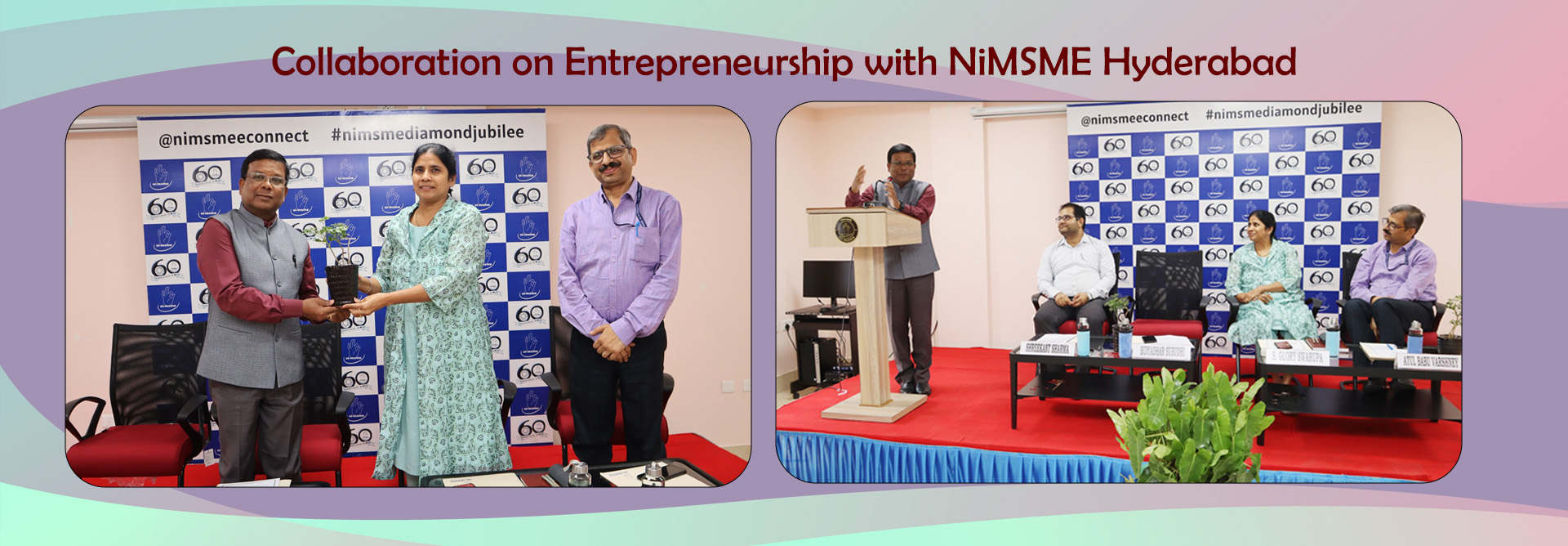

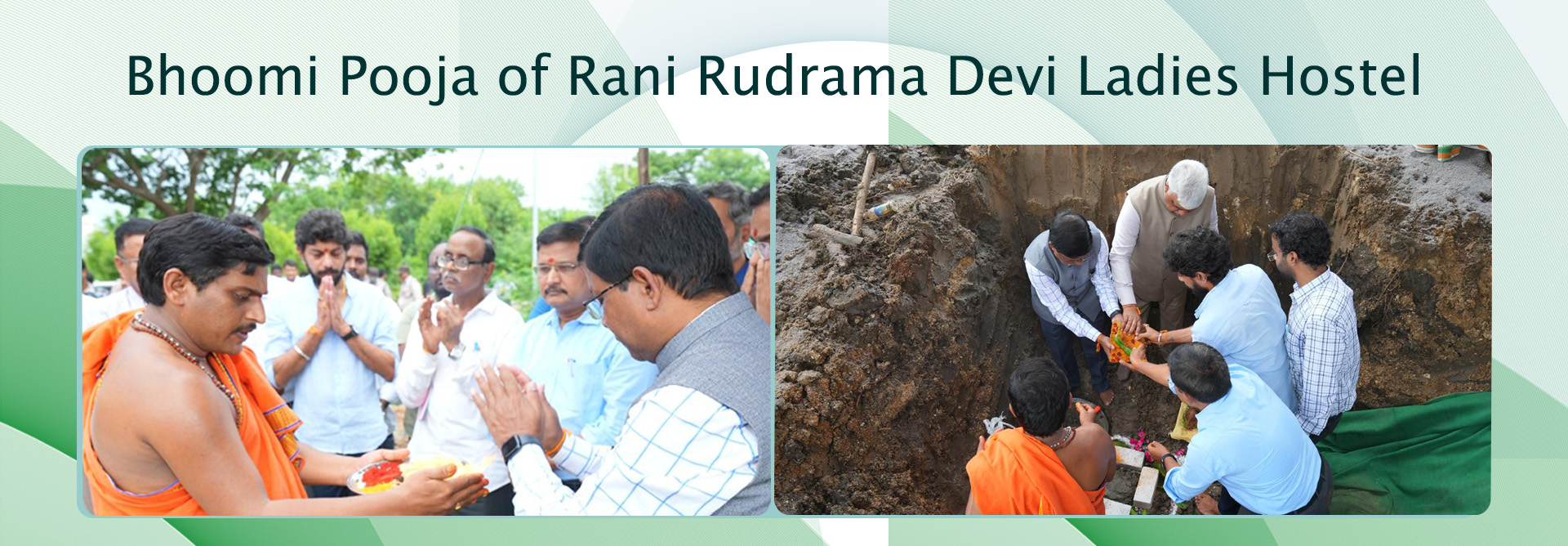
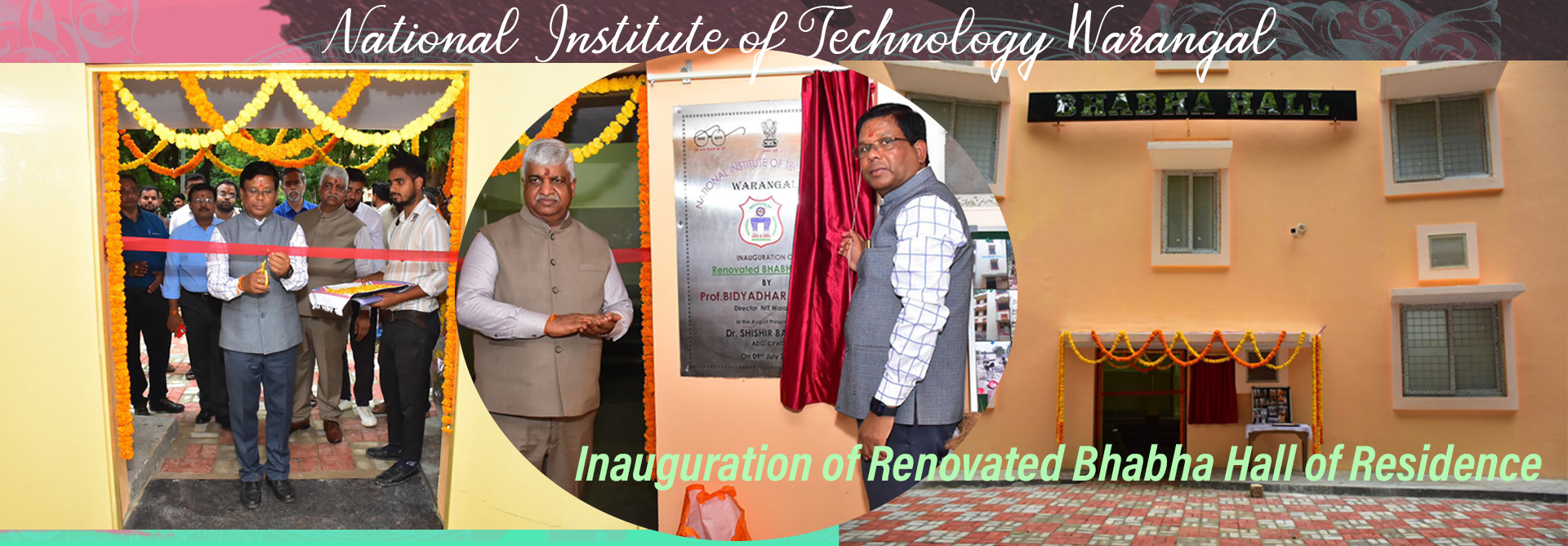

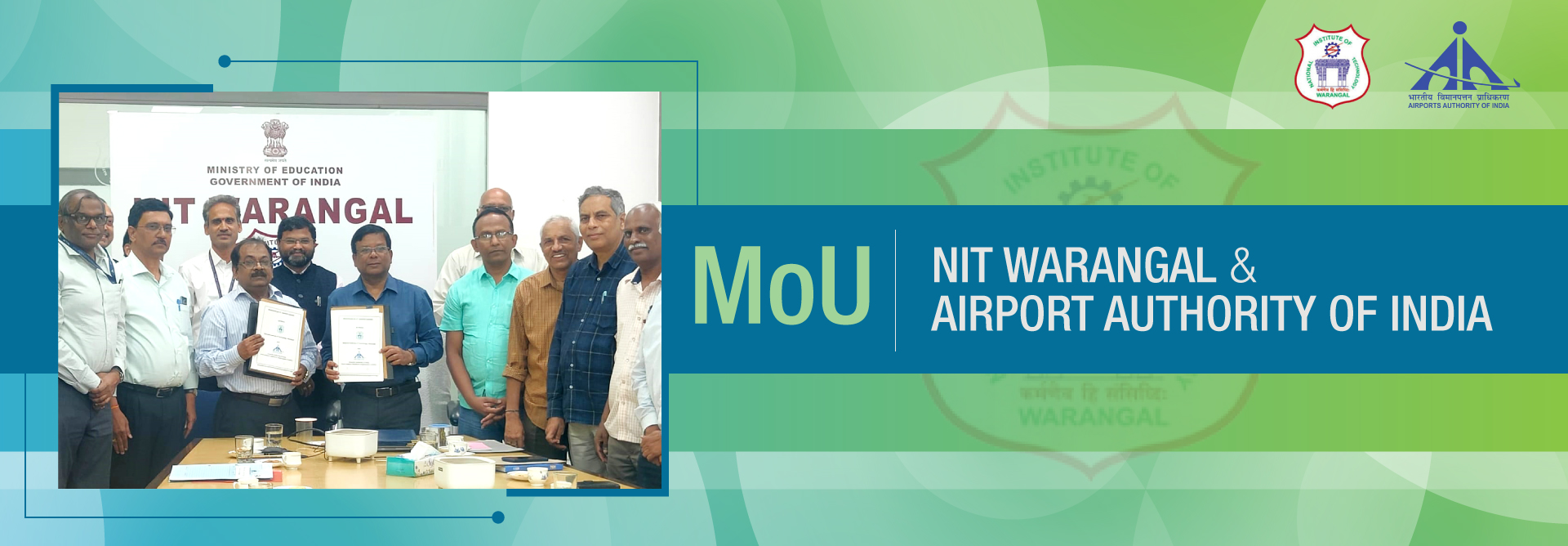
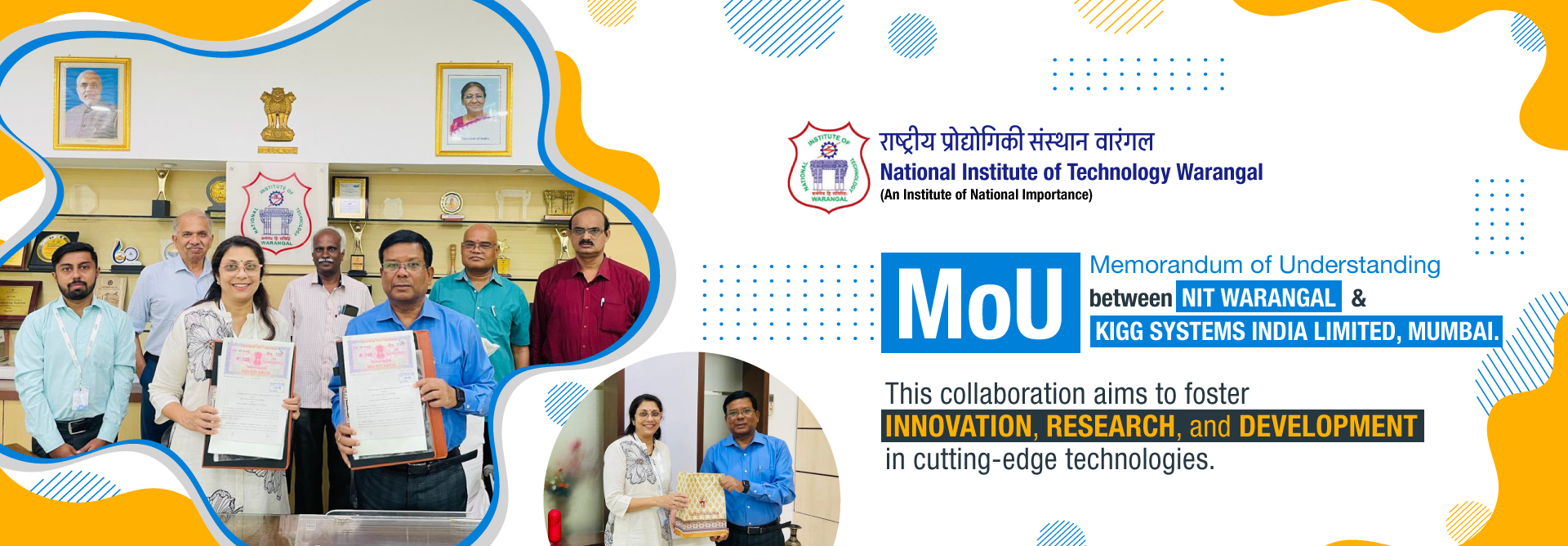

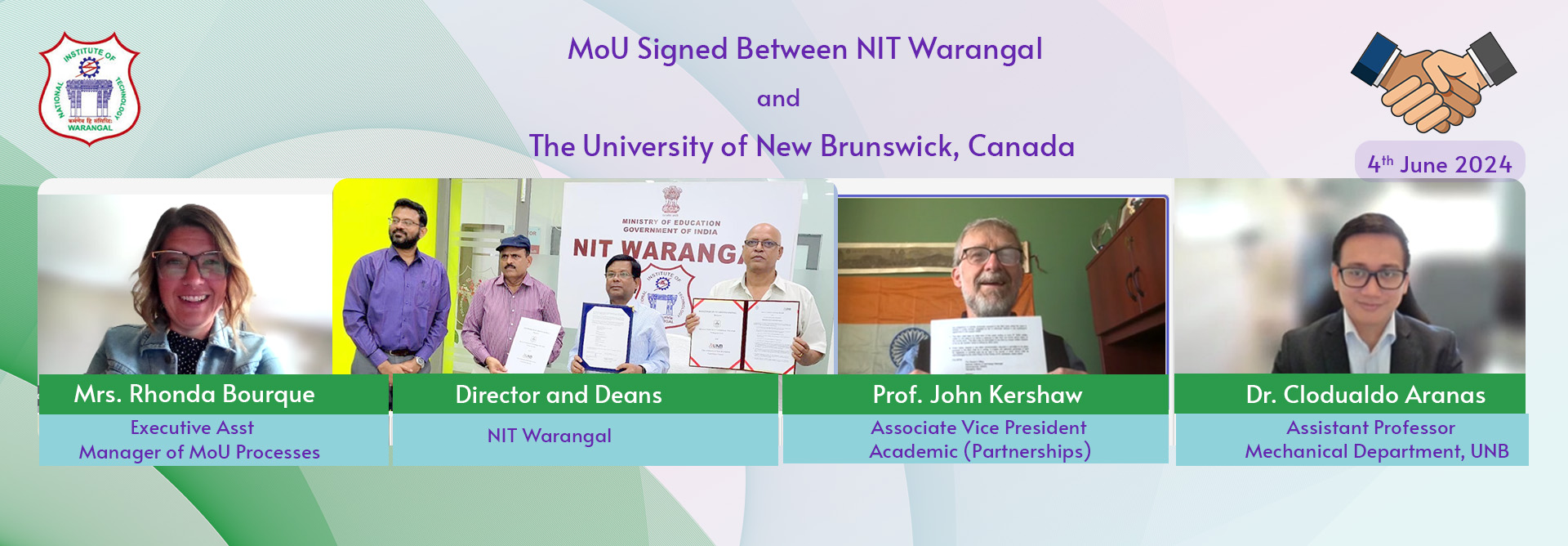
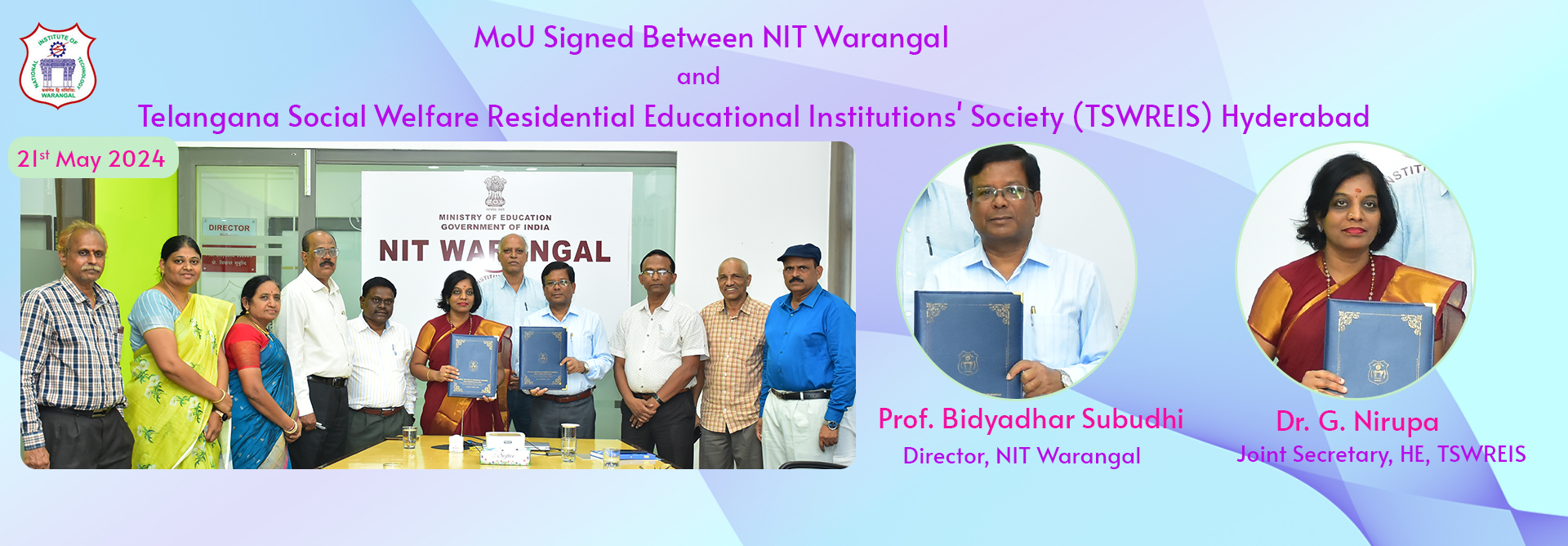
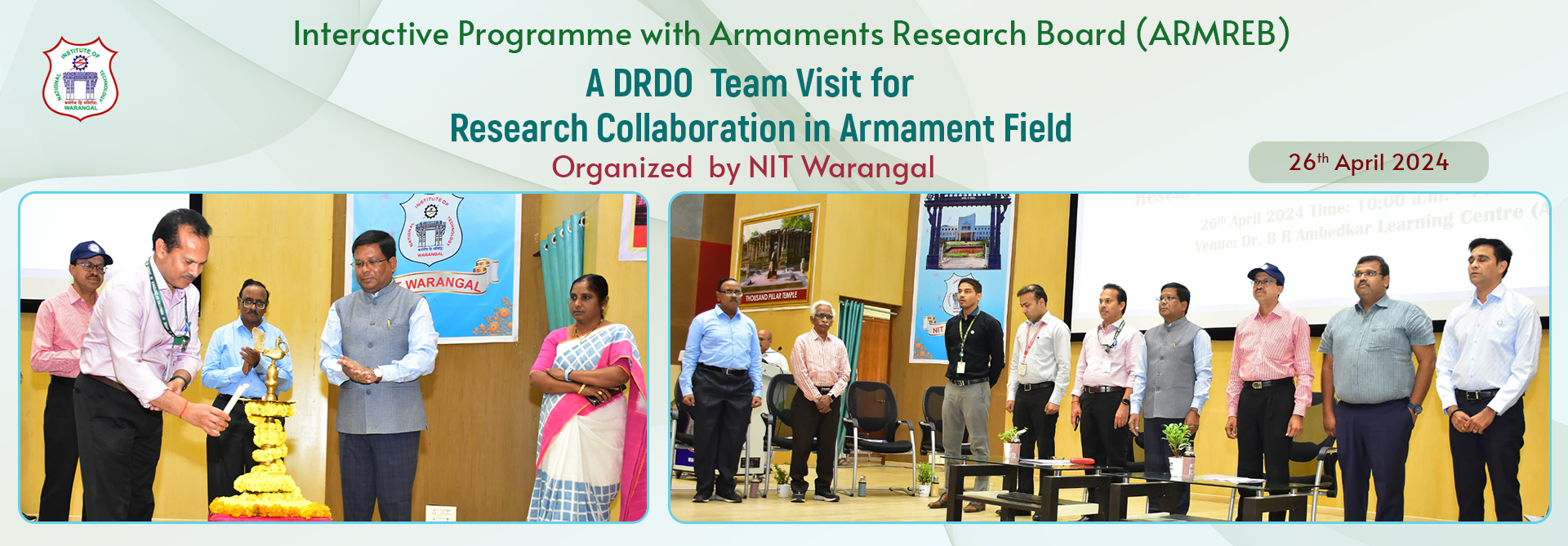
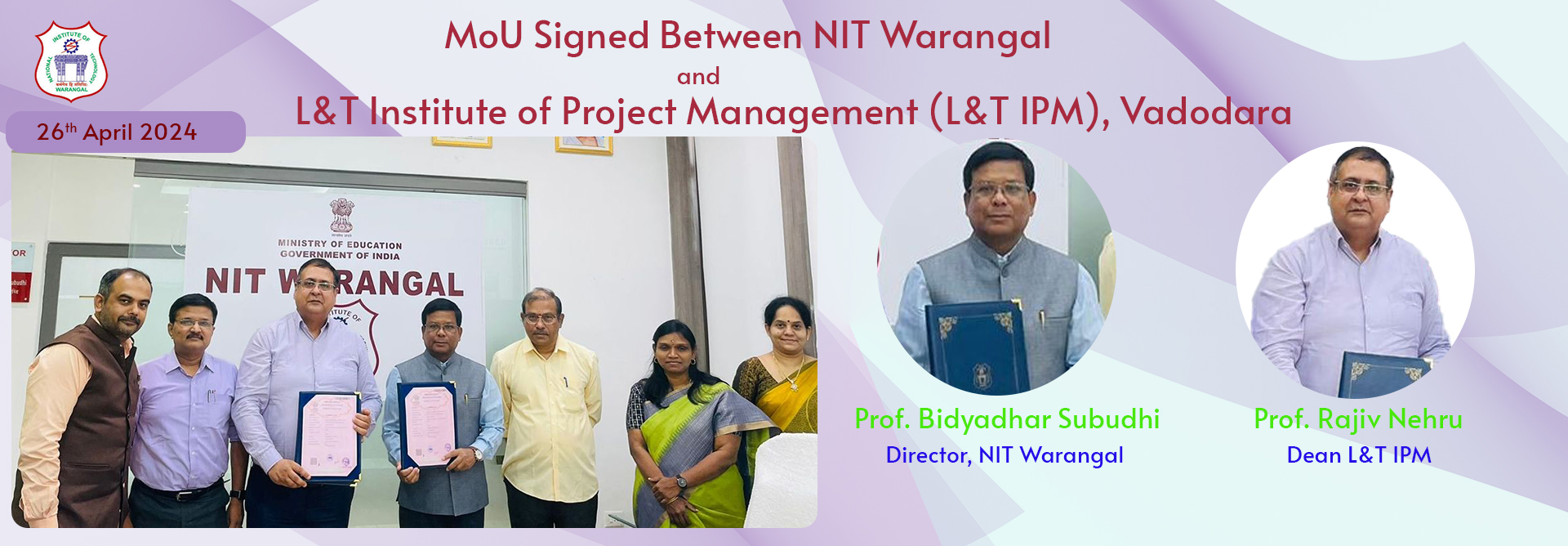
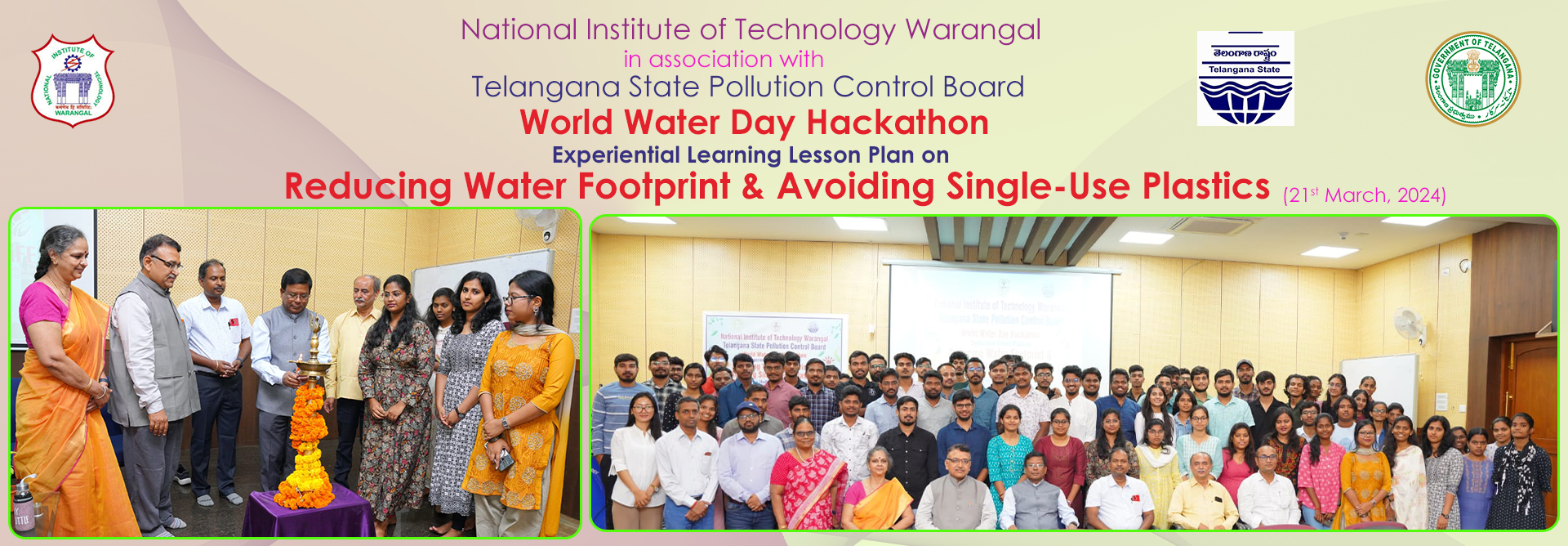
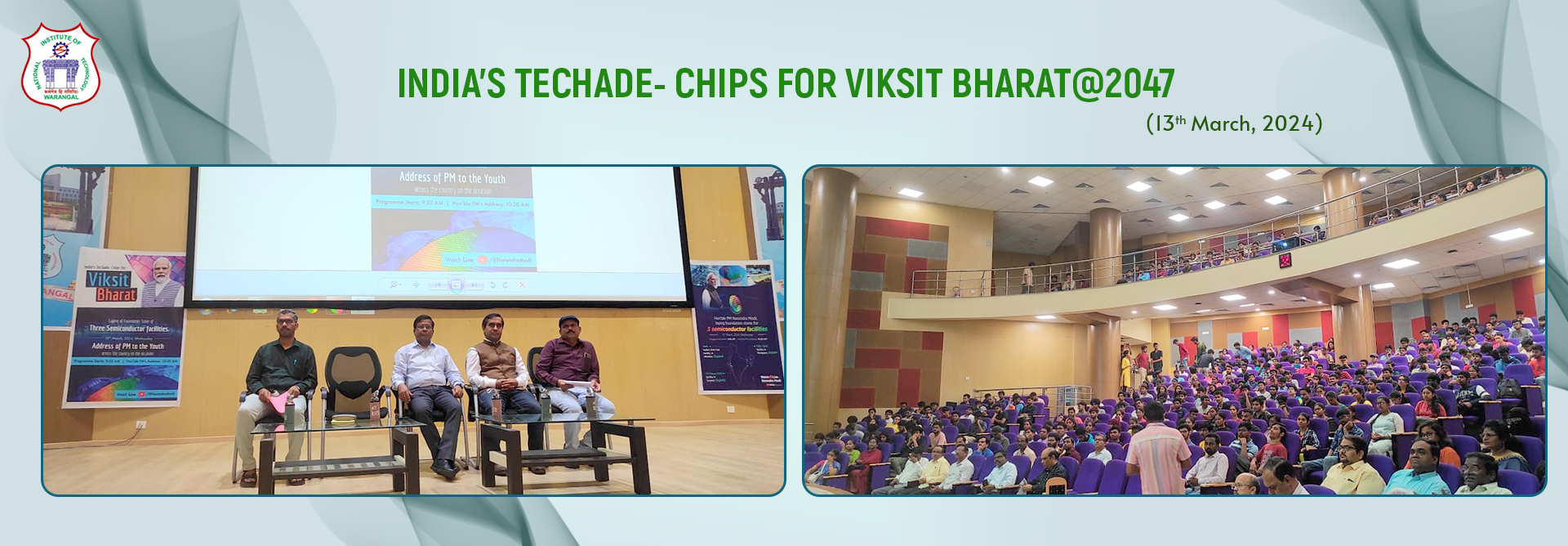

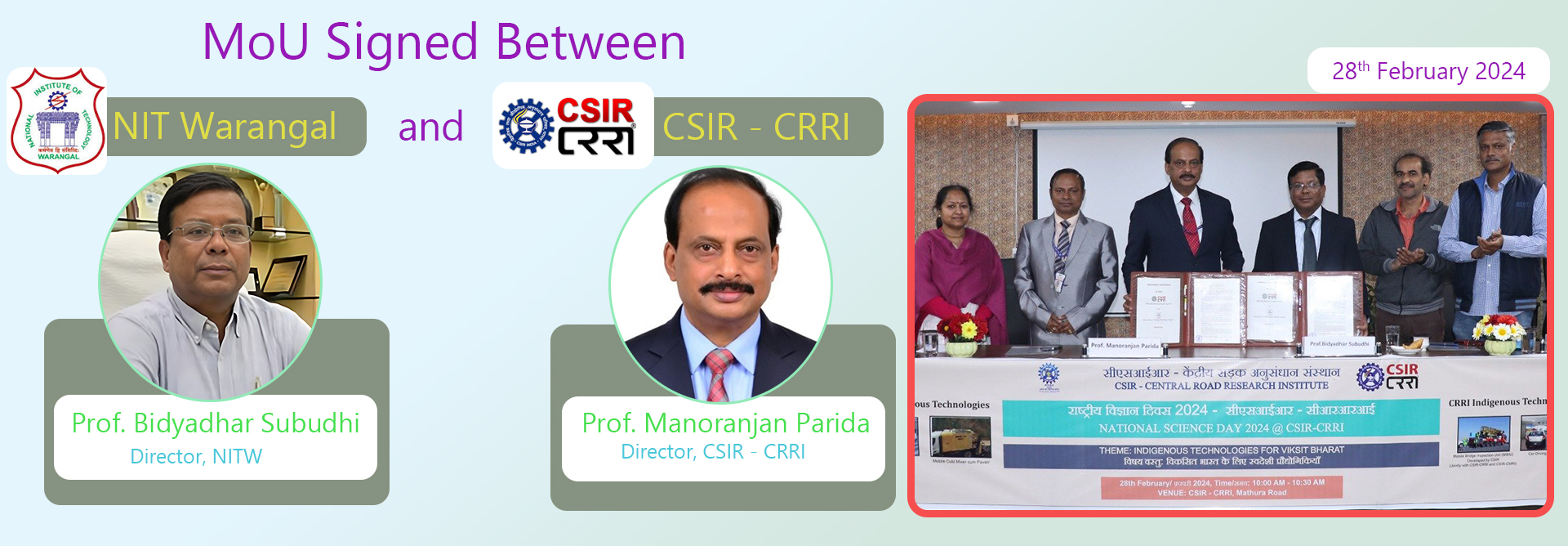
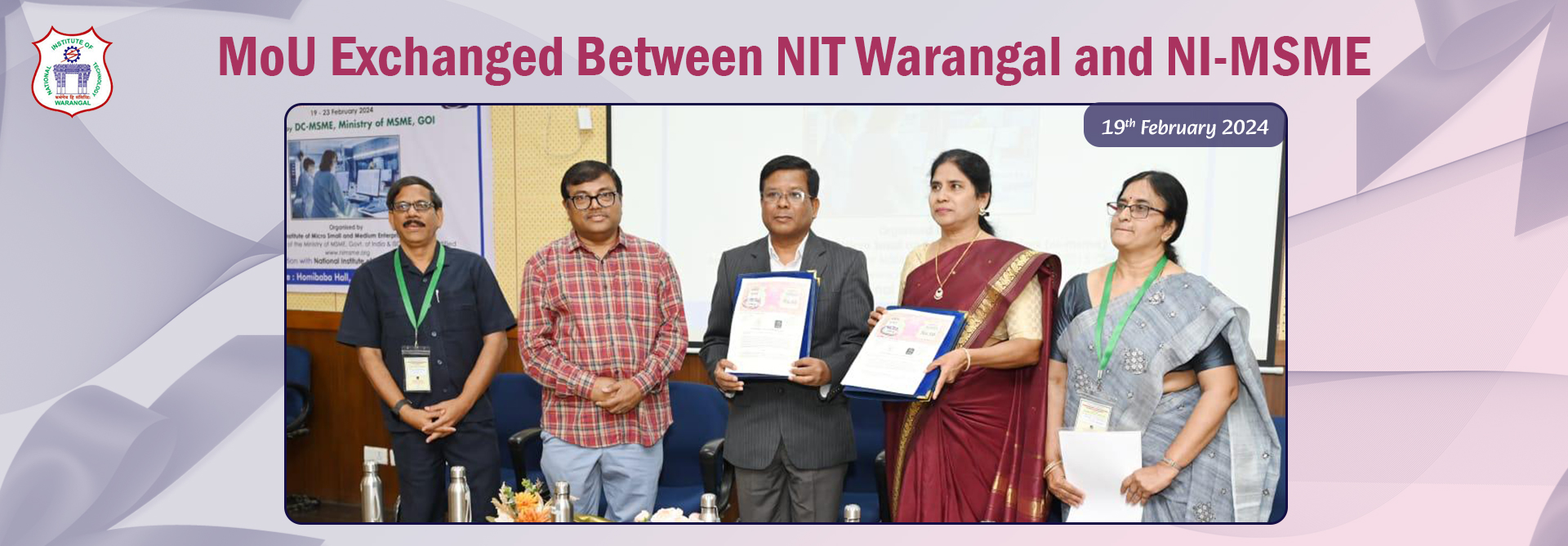
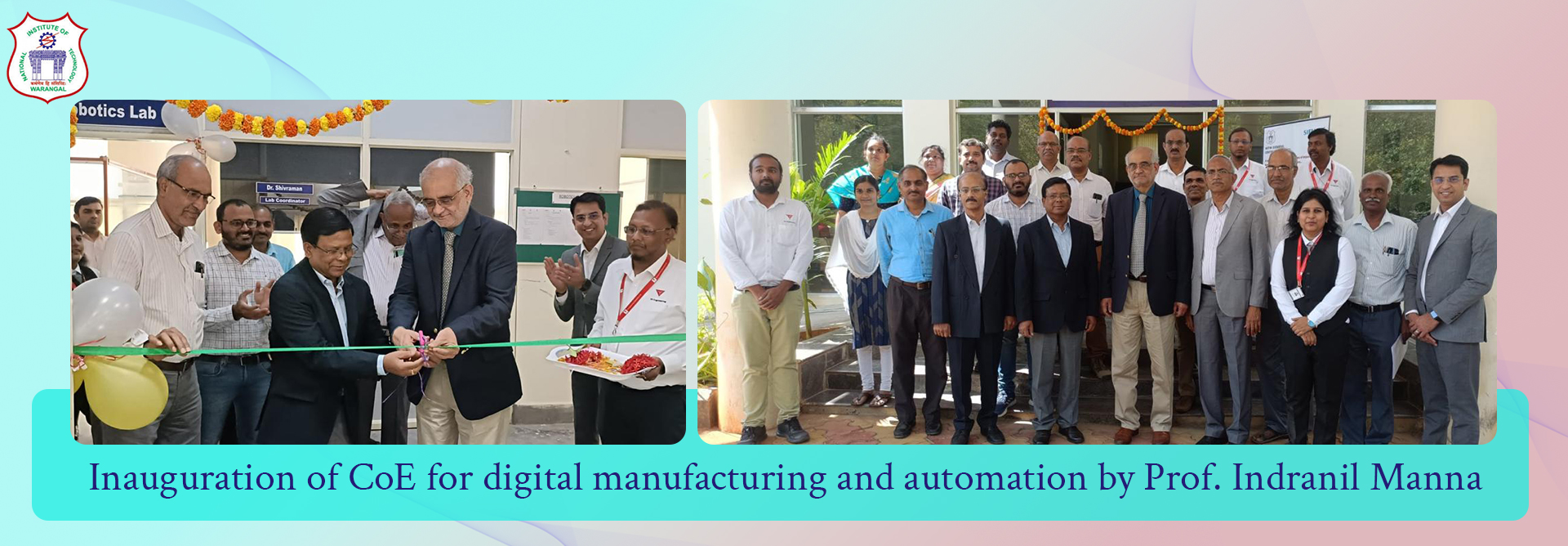
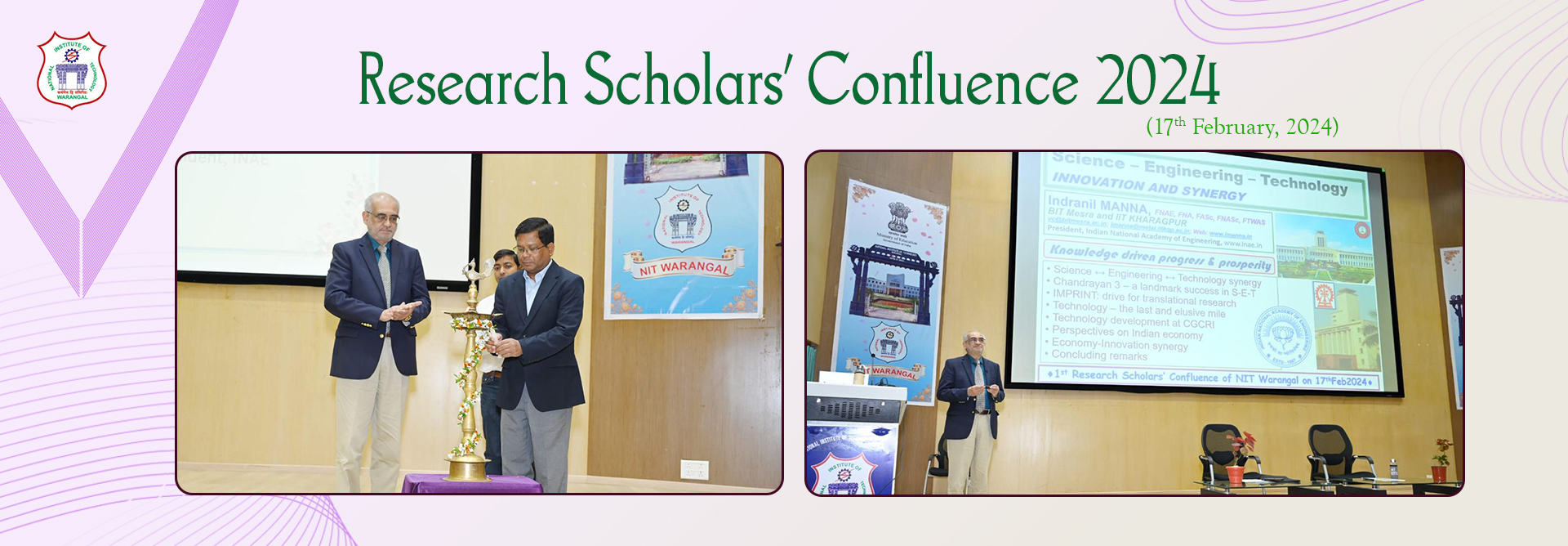
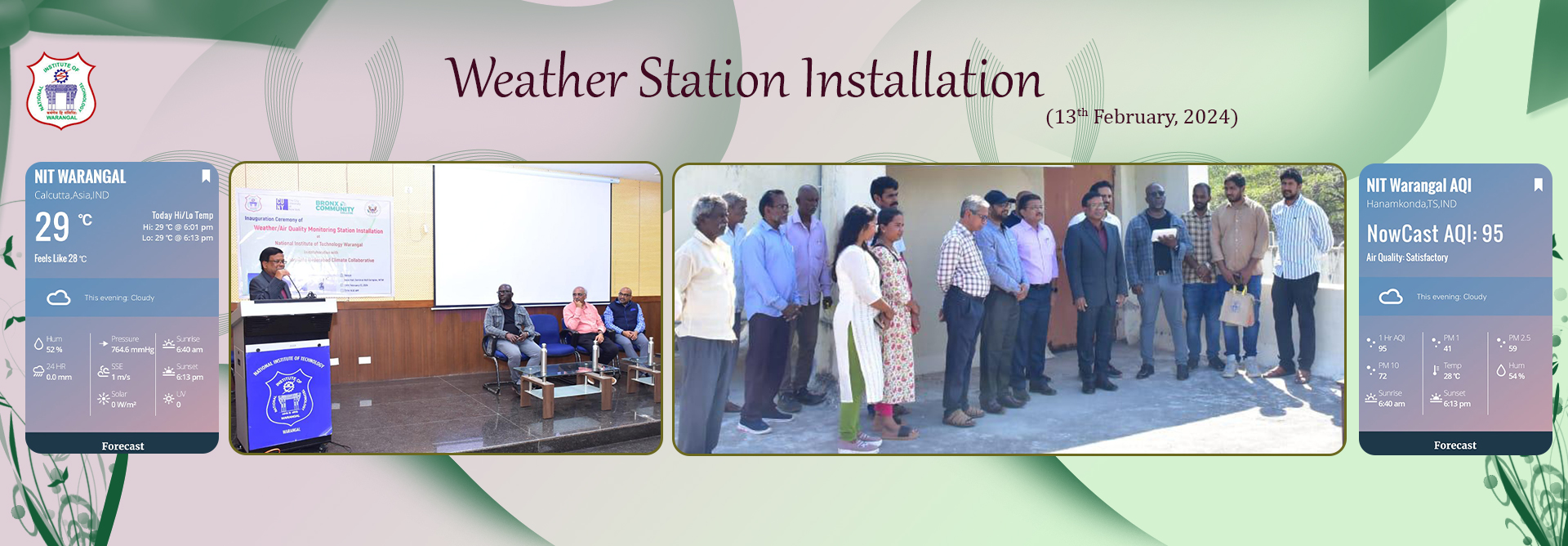


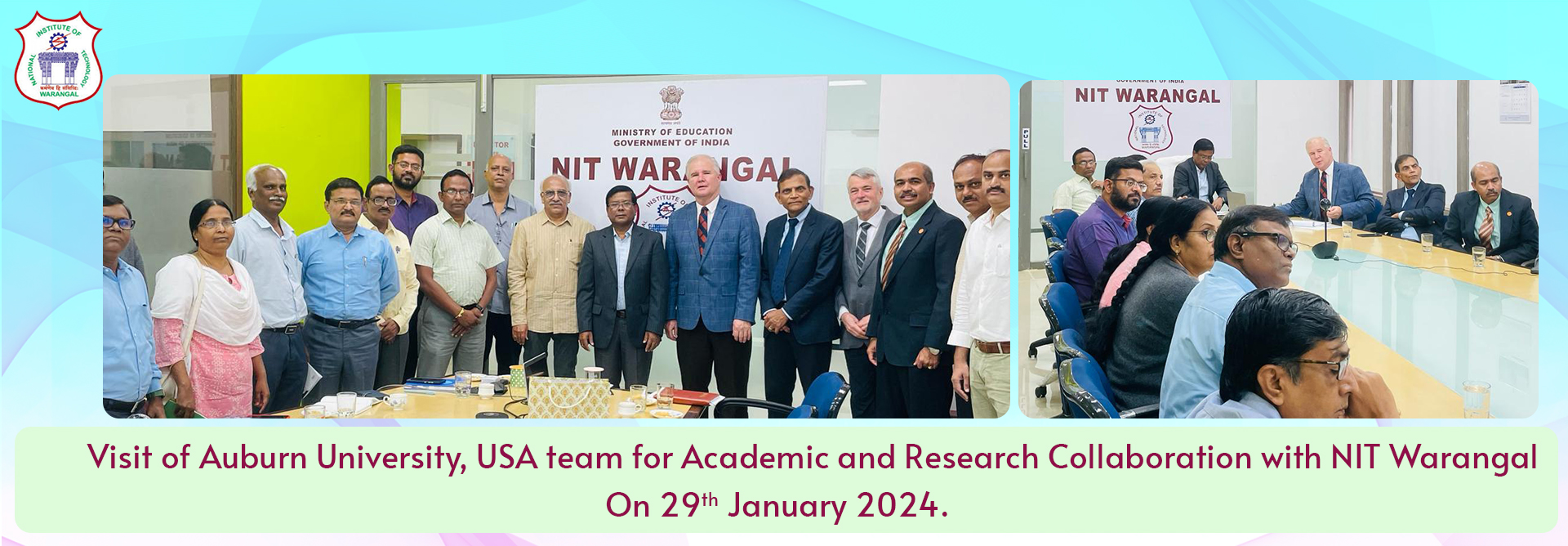
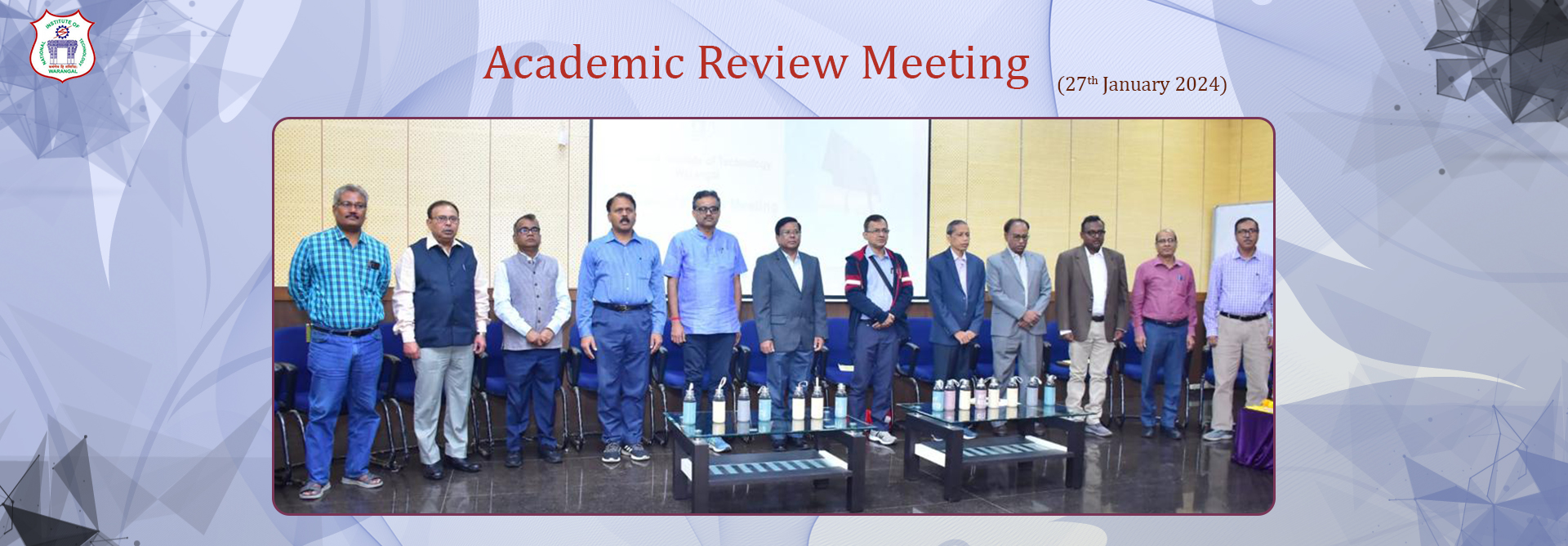
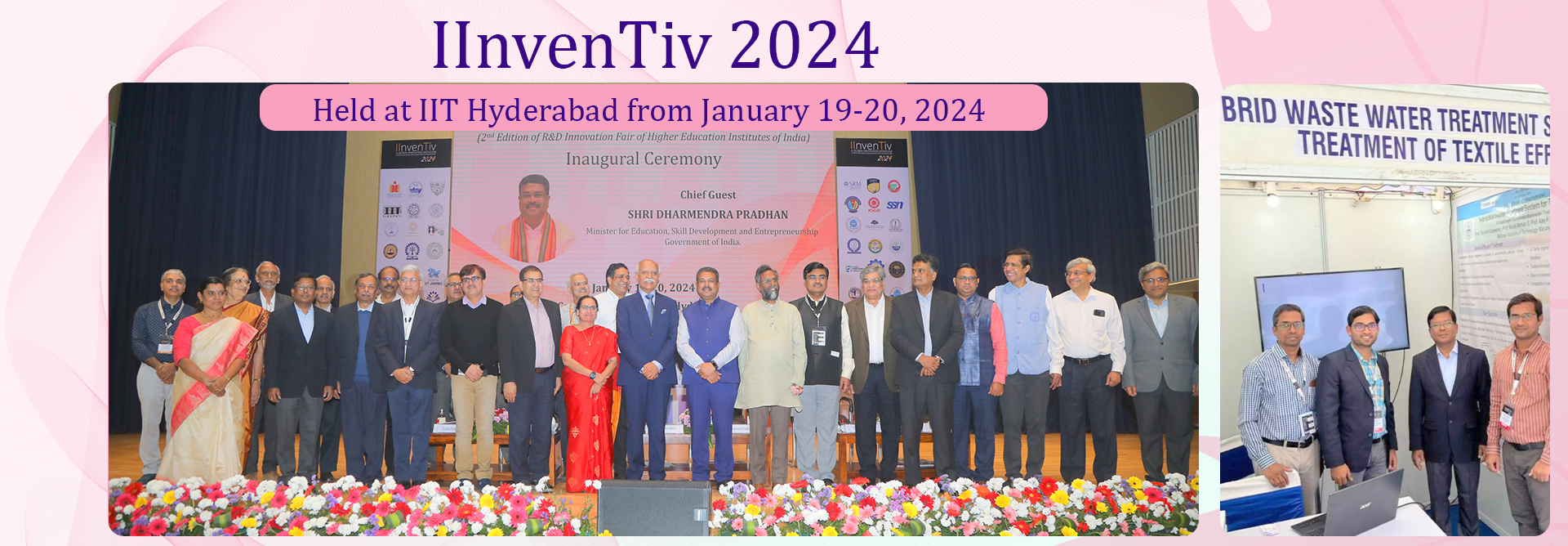
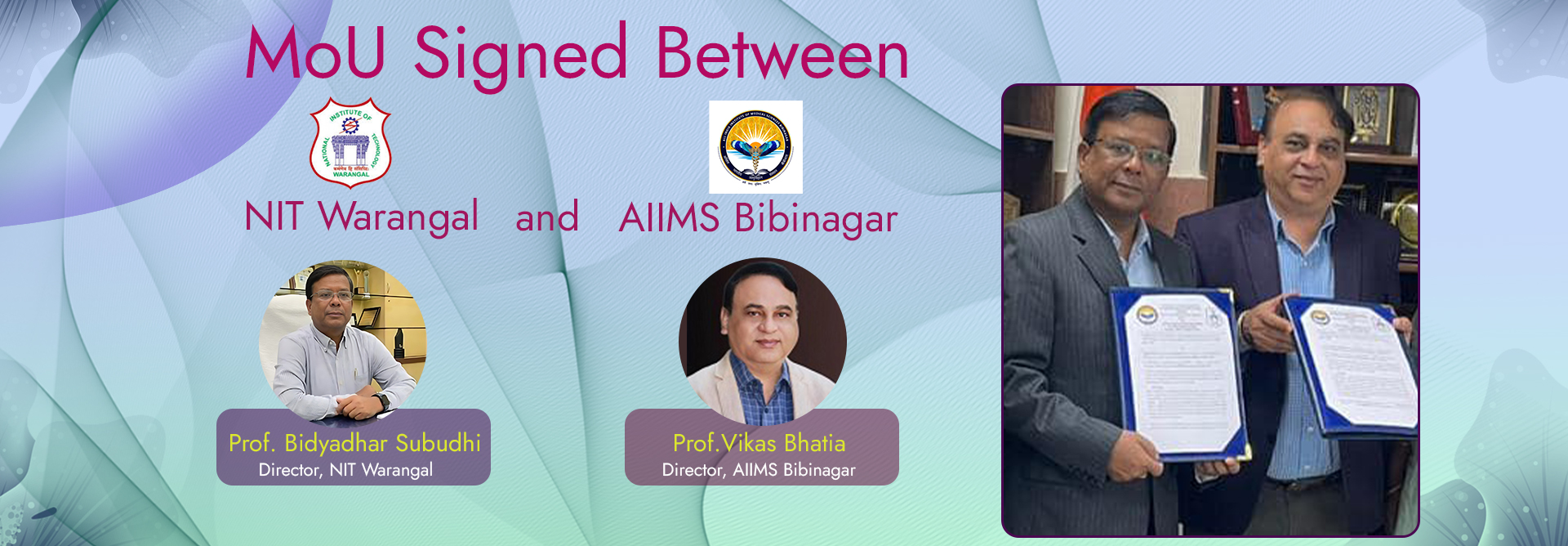
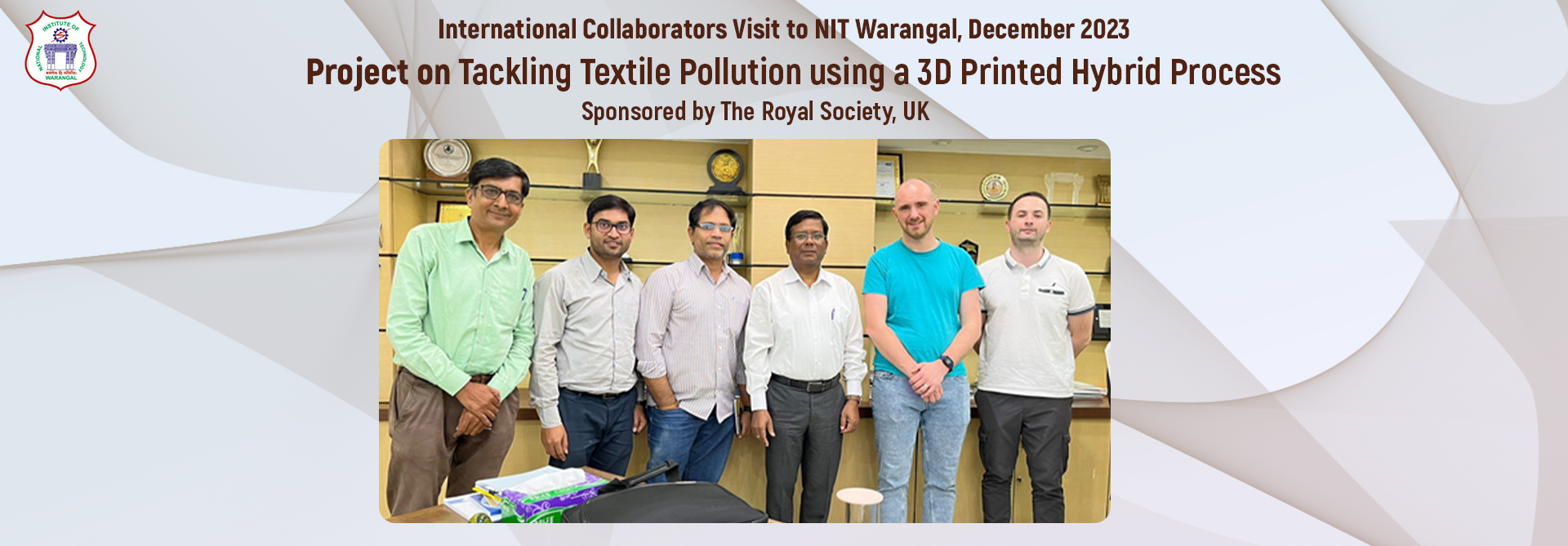
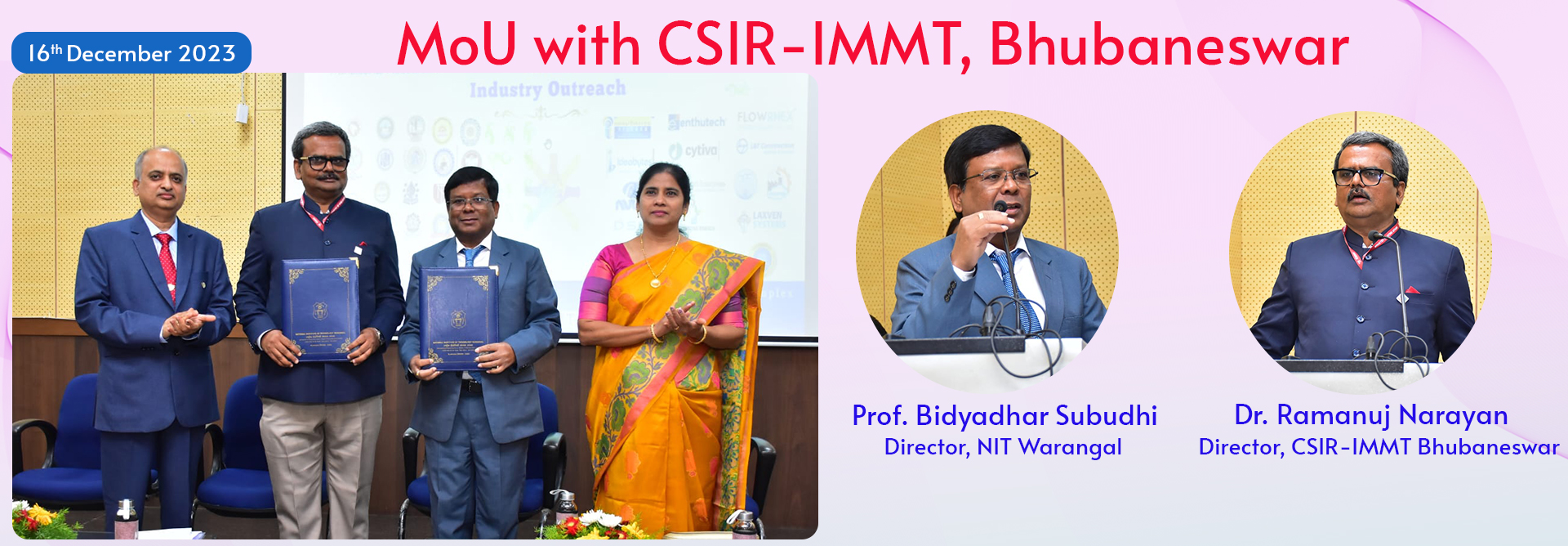

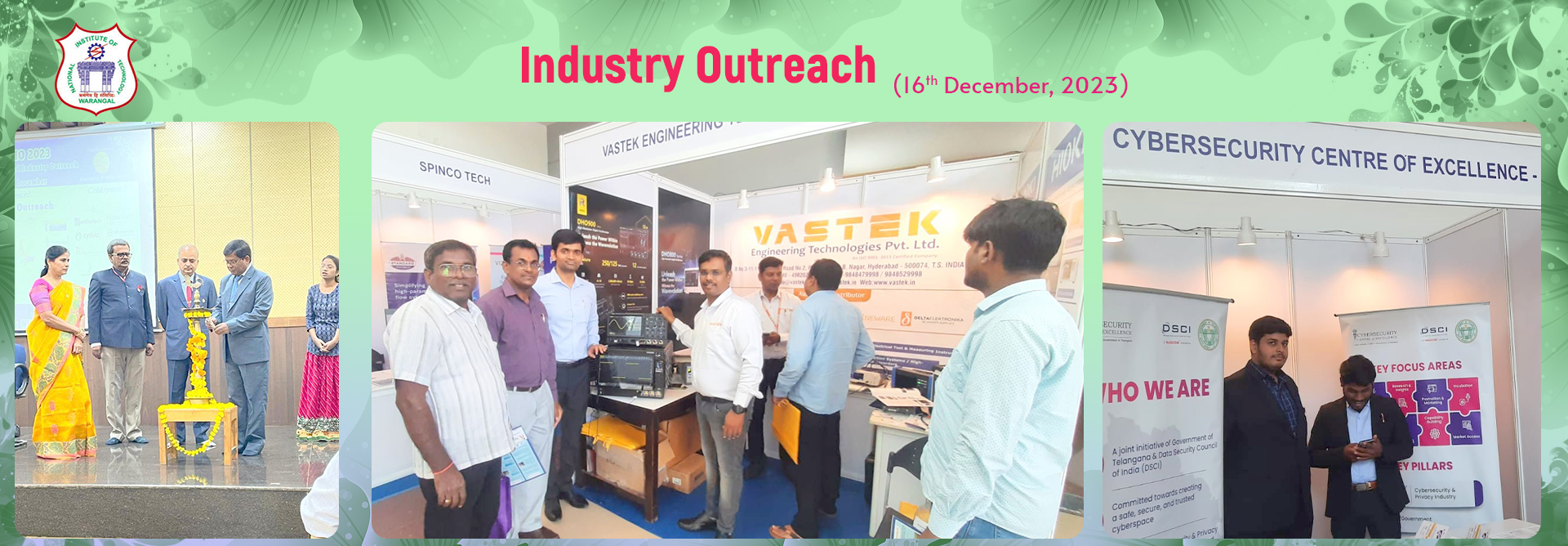
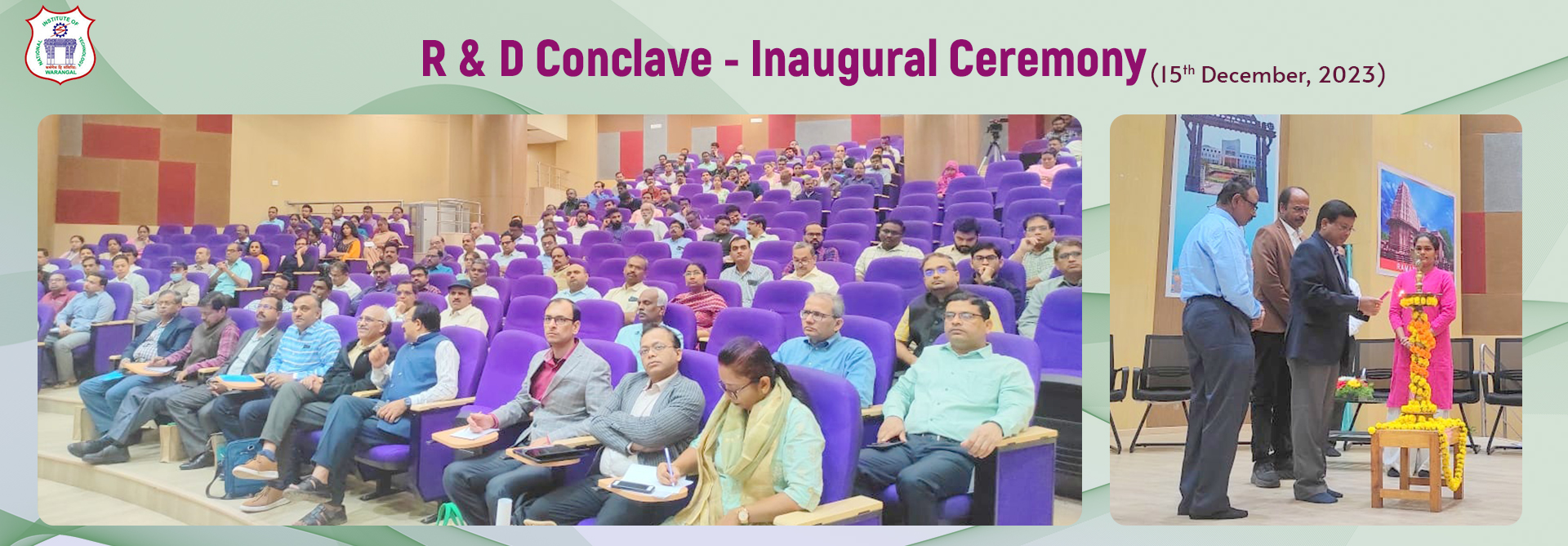
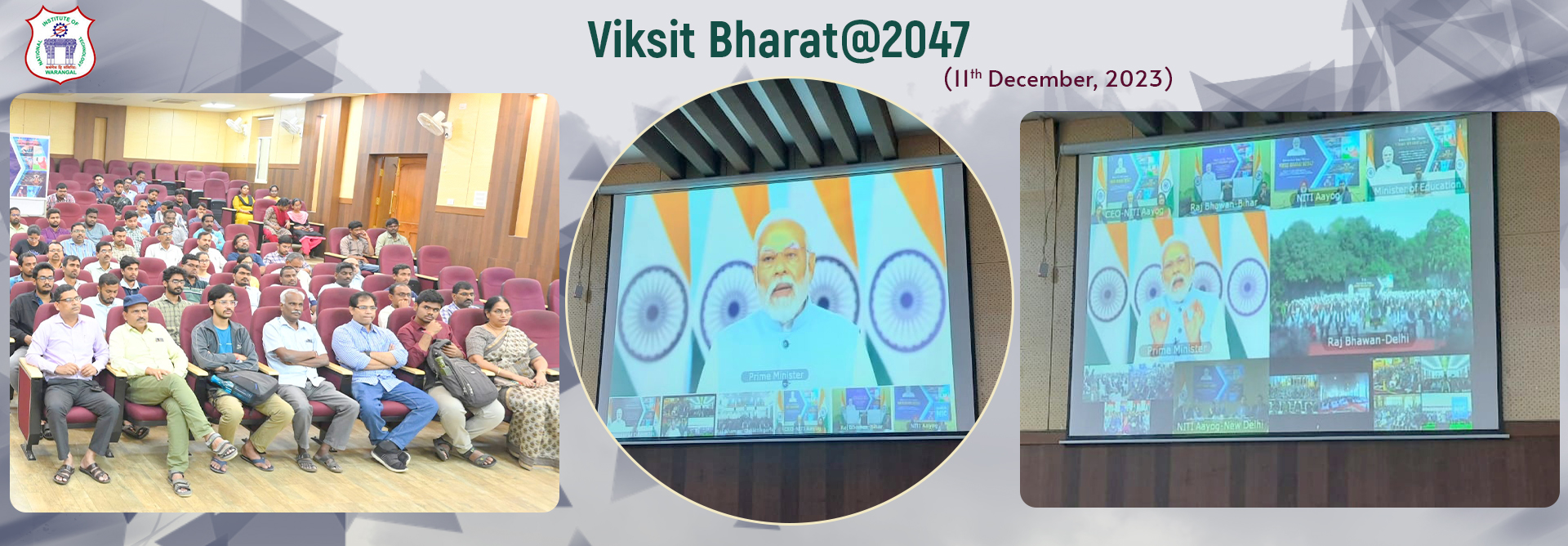
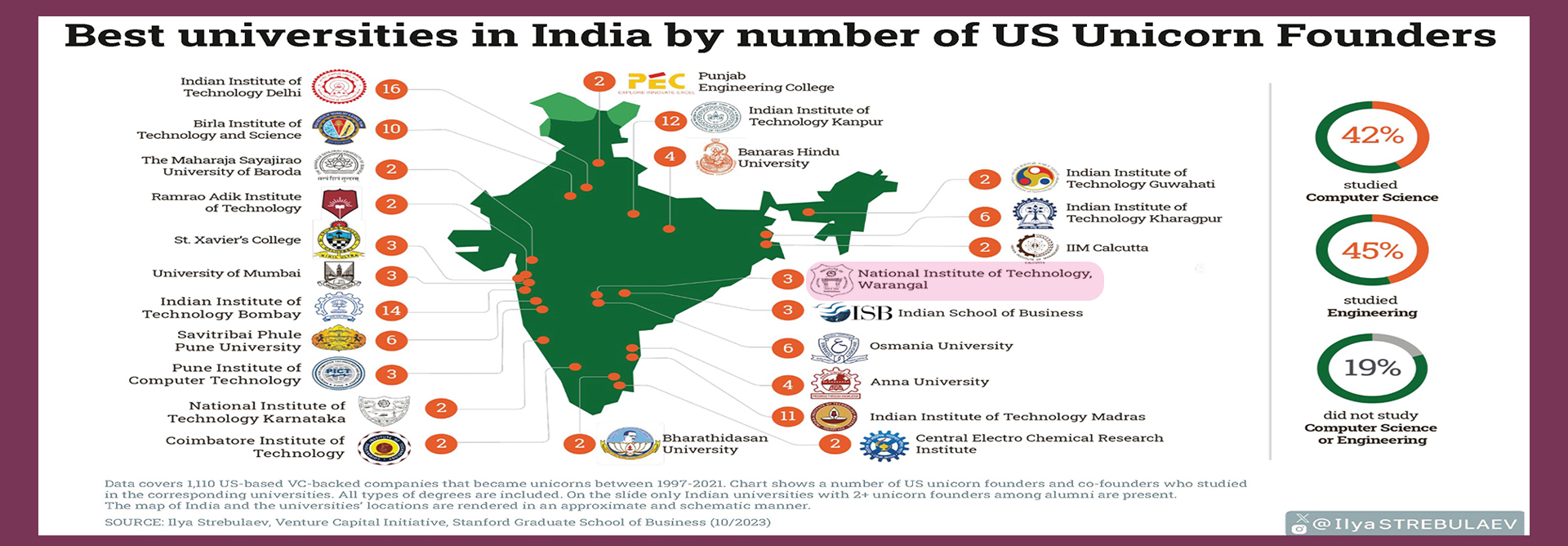
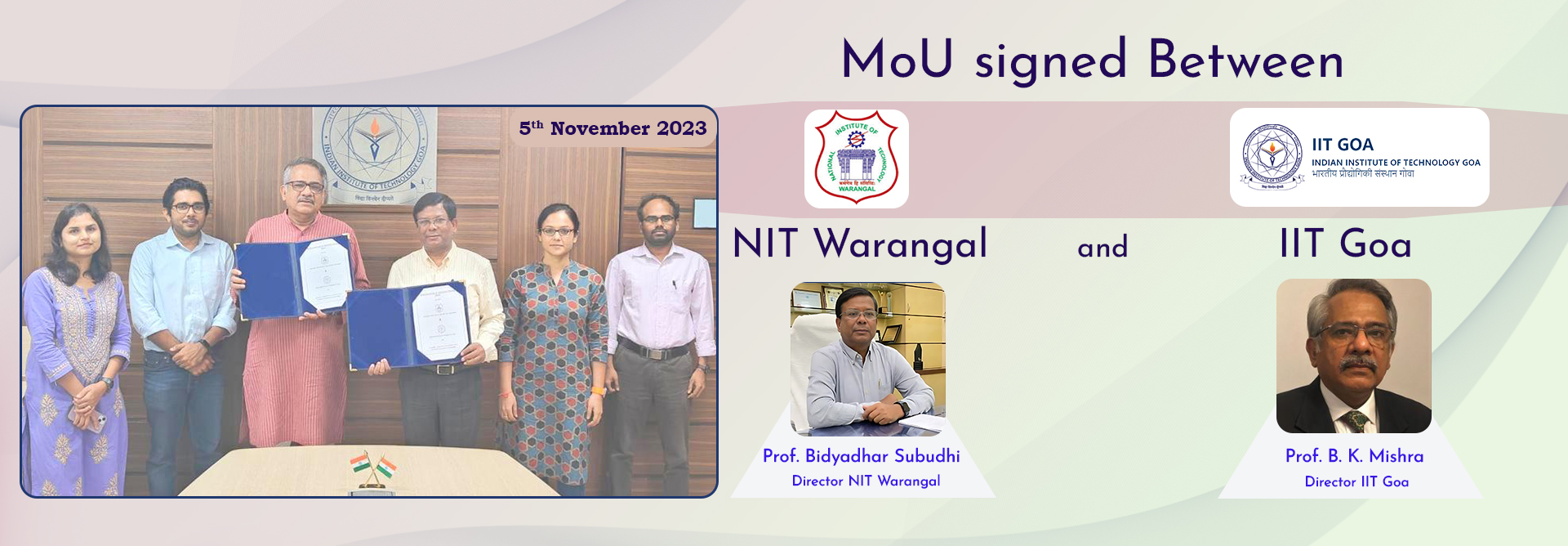
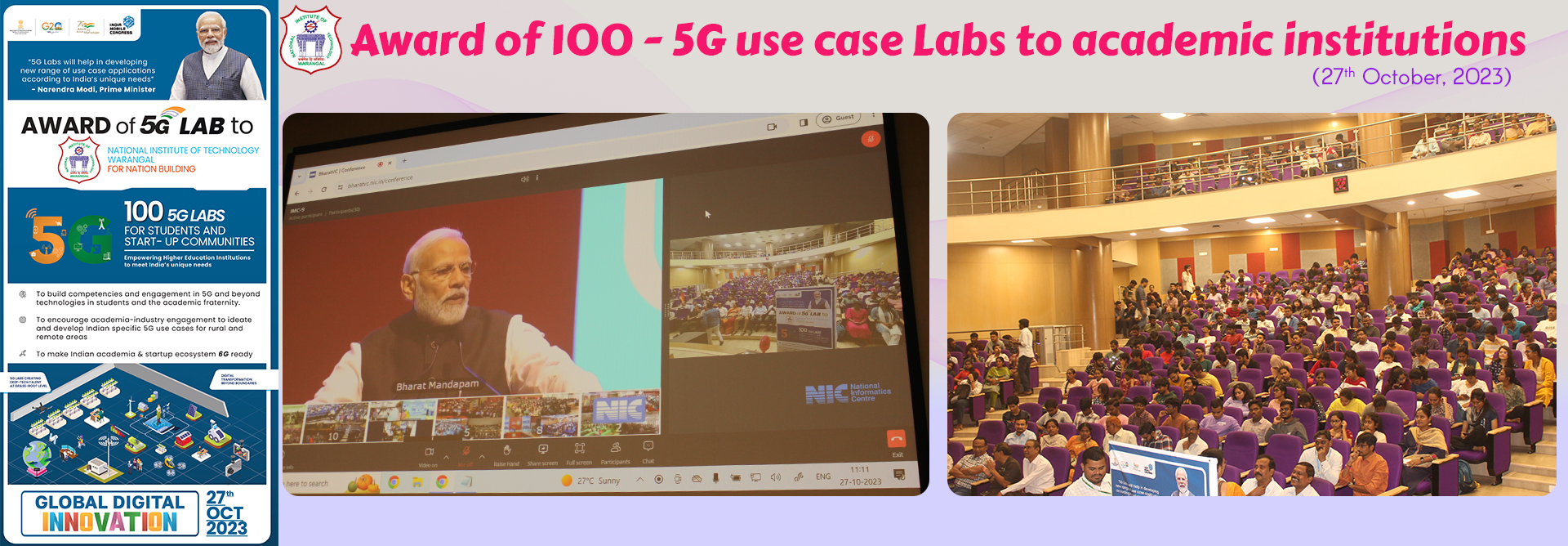


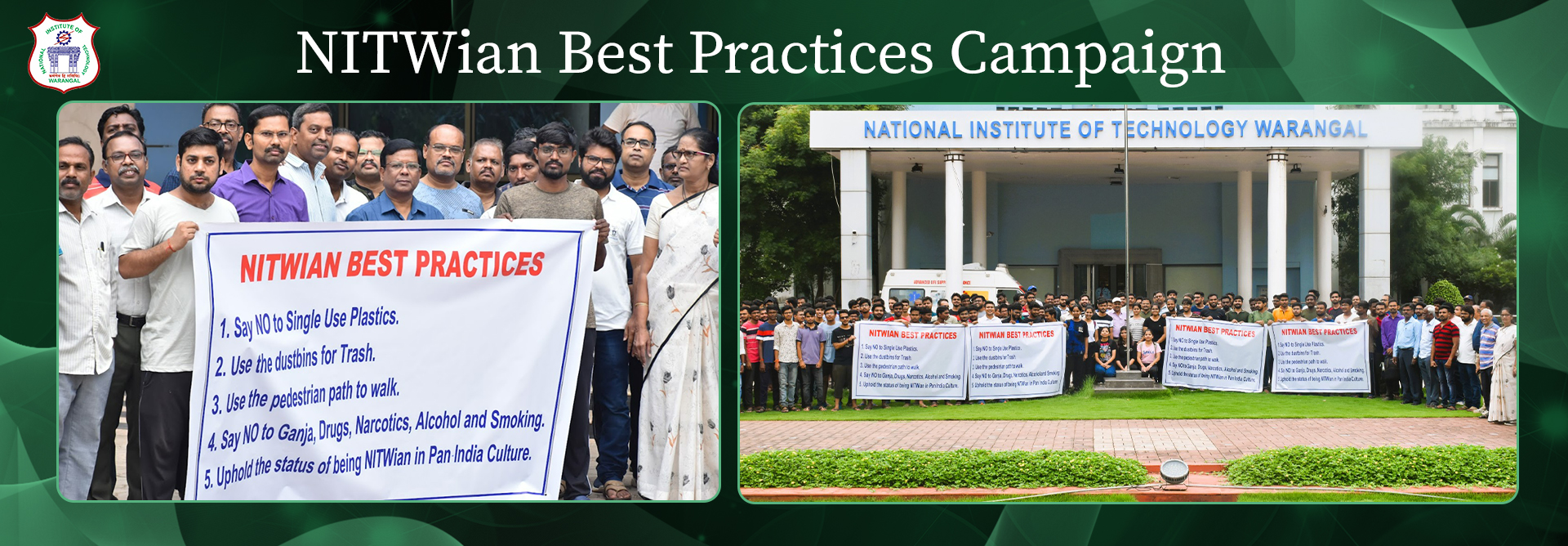
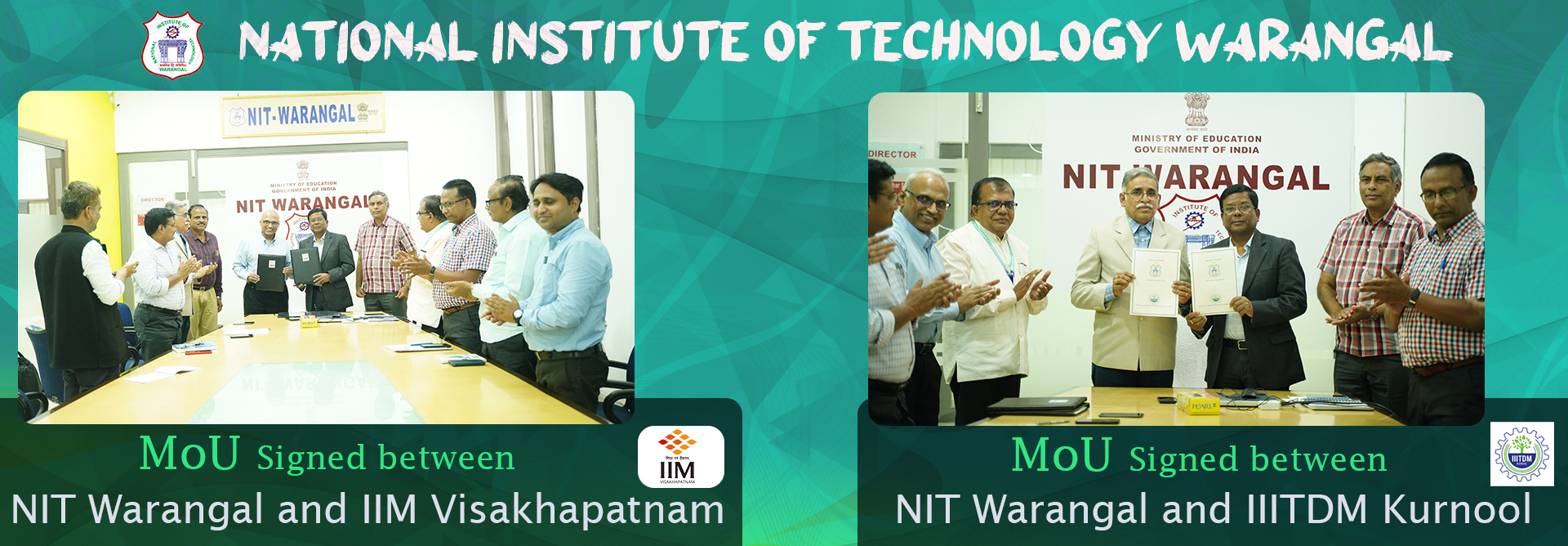
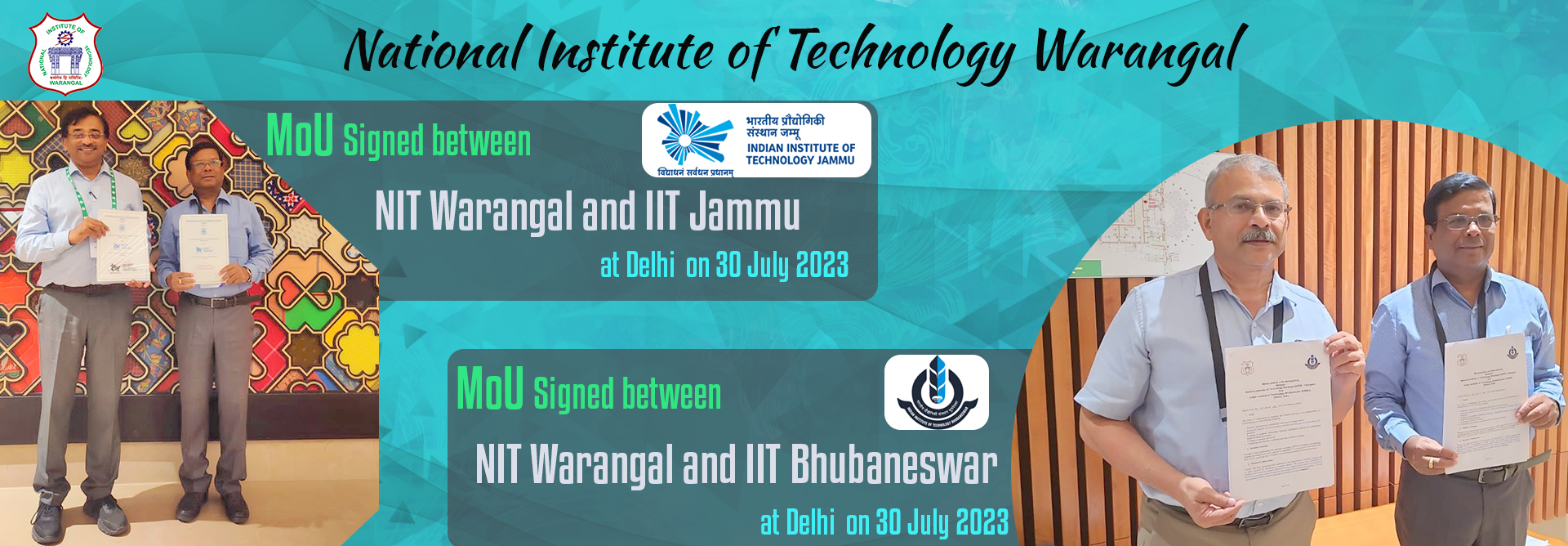
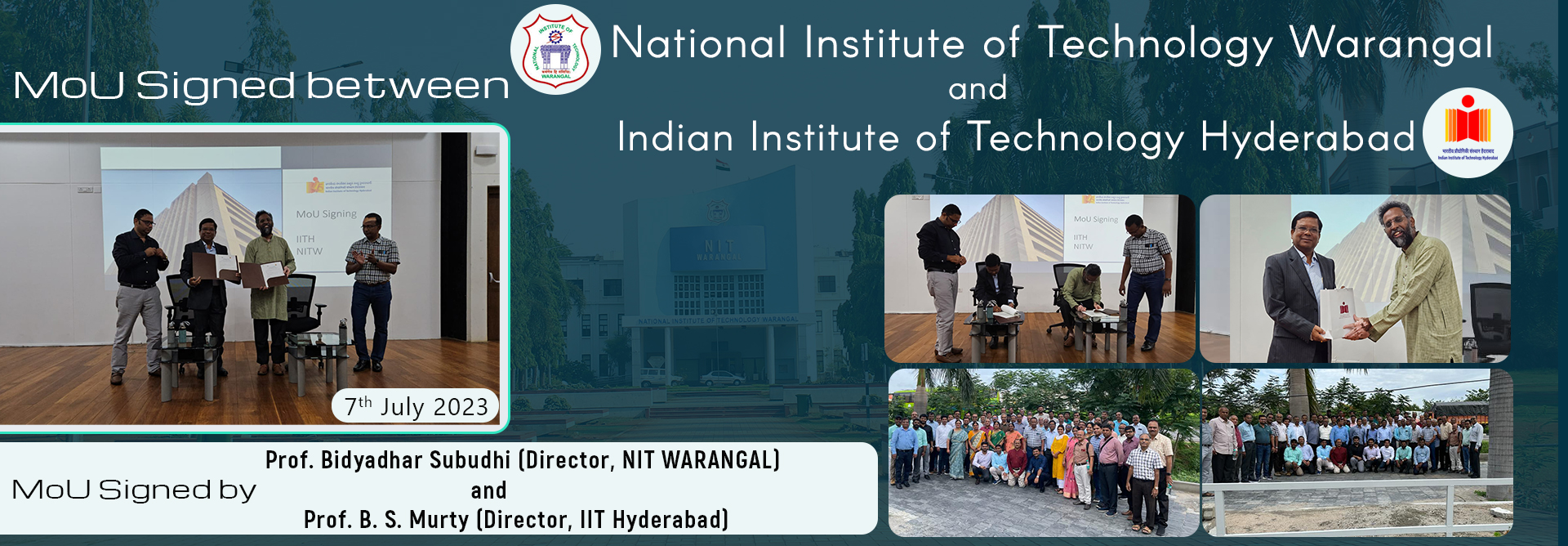

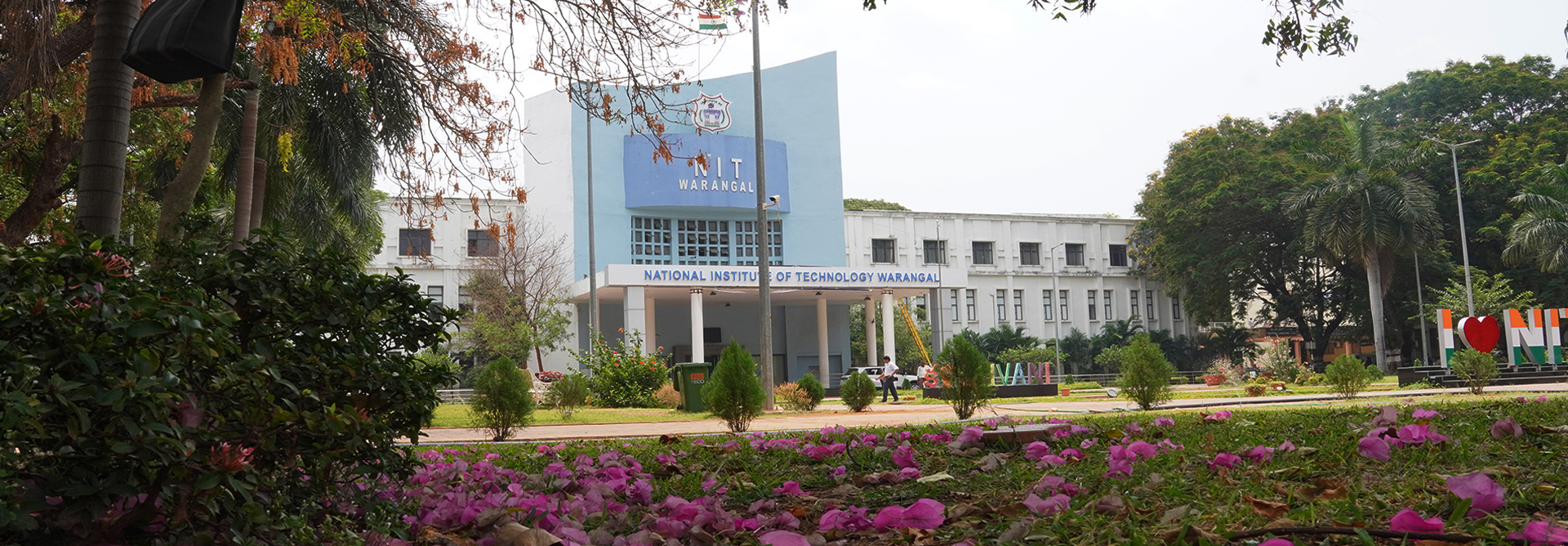

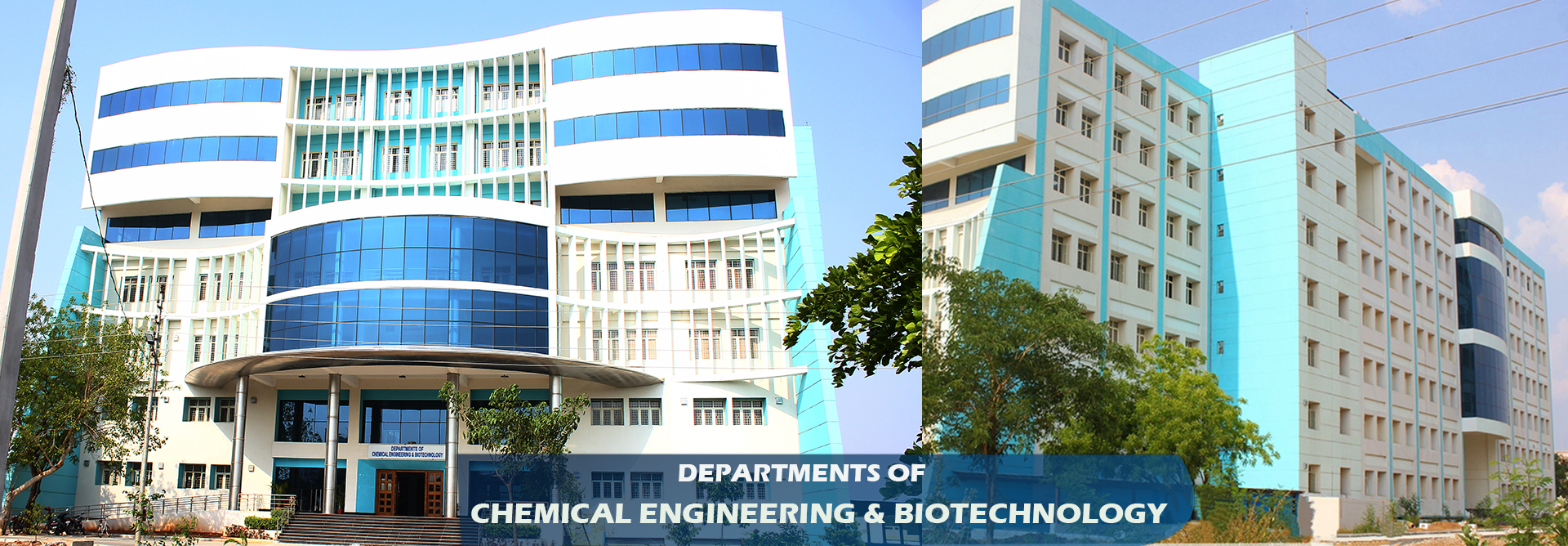
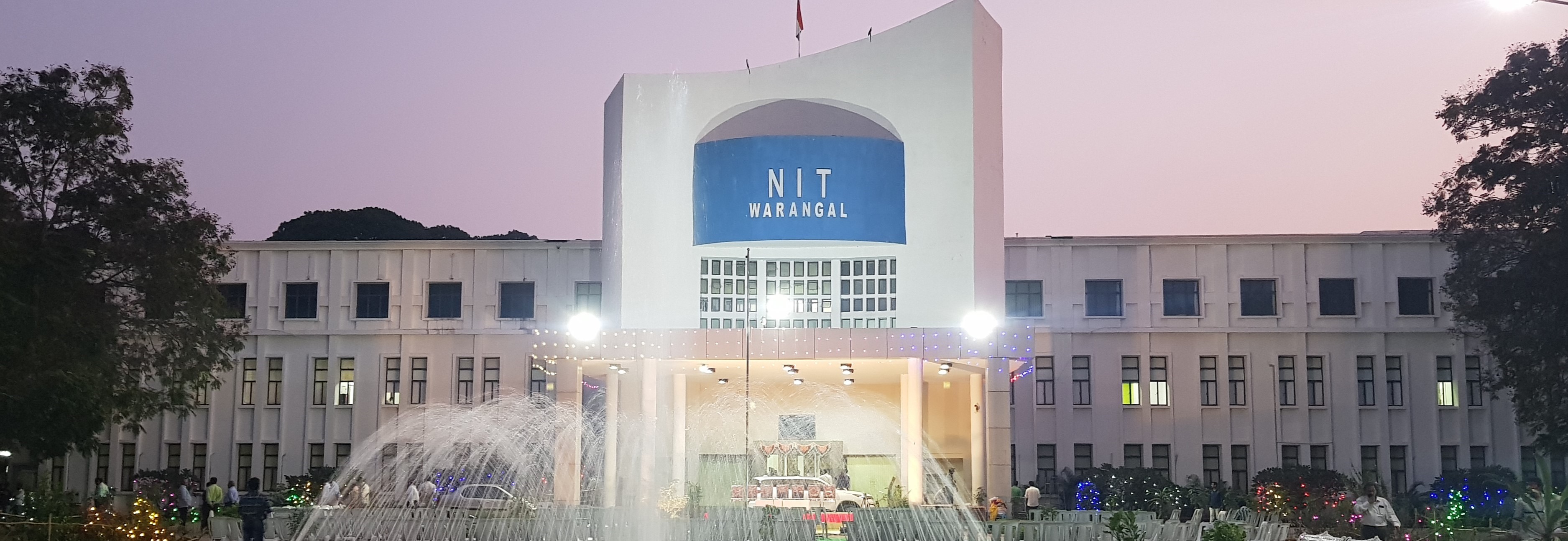

Director's Message
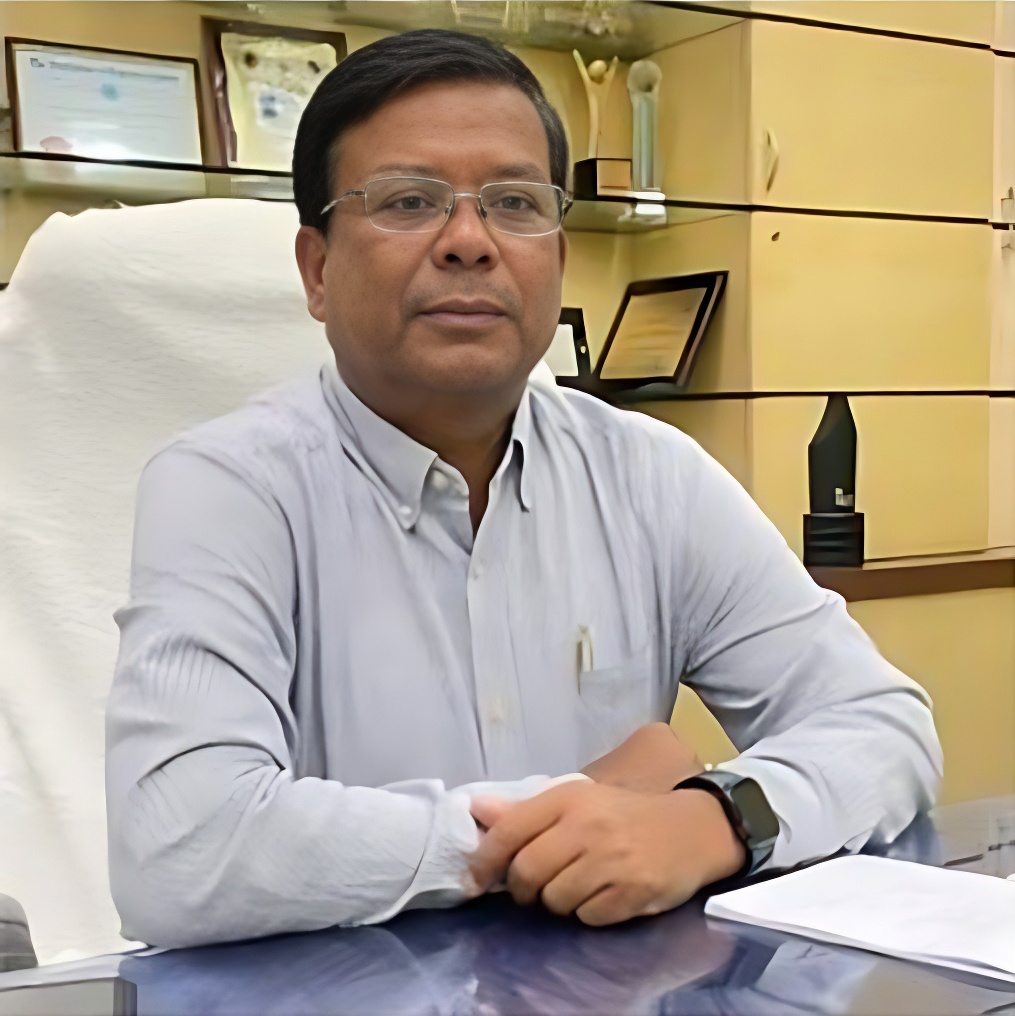
I am glad that I have been given an opportunity to serve as the Director of National Institute of Technology (NIT) Warangal-the oldest one in the bracket of first 17 NITs. It is an honour and privilege for me to lead this prestigious institute which has a rich history of its distinction in teaching, research and service to the nation. It is the first regional engineering college whose foundation stone has been laid by the former prime minister, Pandit Jawaharlal Nehru in the year 1959. Over a period of more than six decades, NIT Warangal has emerged as one of the leading institutions in engineering and technology. Warangal is the second largest city of the state of Telangana, Hyderabad being the first one which has several places of interest to visit. Some of the cultural heritages worth seeing in Warangal are Ramappa Temple, Bhadrakali Temple and thousand pillar temple.
NIT Warangal is poised to create an ambience for nurturing innovation, incubation, creativity and excellence within its faculty and students towards achieving the sustainable development goals. We emphasize on student centric education with interdisciplinary research and development for the benefit of Industry and Society.NIT Warangal becomes a preferred institution for top rankers in Joint Entrance Examination (Main) because of its excellent teaching learning process, infrastructure that a student needs for effective learning. Our alumni have received distinguished recognitions in their chosen areas of profession and extend support towards sustainable development of the institute. I invite participation of all the stakeholders in the growth plan of the institute to steer it to the next level of success in all fronts.
Professor Bidyadhar Subudhi
Director

Ranking NIRF-2024
ENGINEERING
21
OVERALL
53

![]() Times Higher Education-2024
Times Higher Education-2024
ASIA
351-400
WORLD
1001-1200
Mission
Imparting total quality education to develop innovative, entrepreneurial and ethical future professionals fit for globally competitive environment....read more
Vision
Towards a Global Knowledge Hub, striving continuously in pursuit of excellence in Education, Research, Entrepreneurship, and Technological services to the society.
Upcoming Events
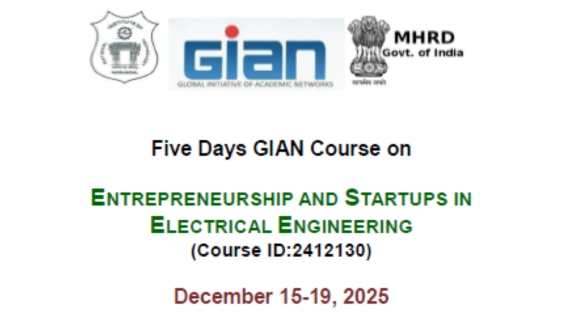
Five Days GIAN Course on ENTREPRENEURSHIP AND STARTUPS IN ELECTRICAL ENGINEERING
For more informationClick here

AICTE-QIP-PG Certificate Programme
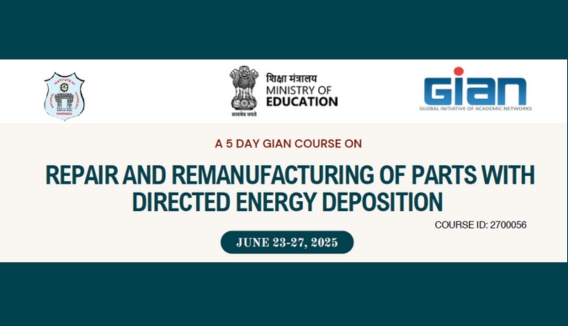
A 5 DAY GIAN COURSE ON "REPAIR AND REMANUFACTURING OF PARTS WITH DIRECTED ENERGY DEPOSITION"
For more informationClick here
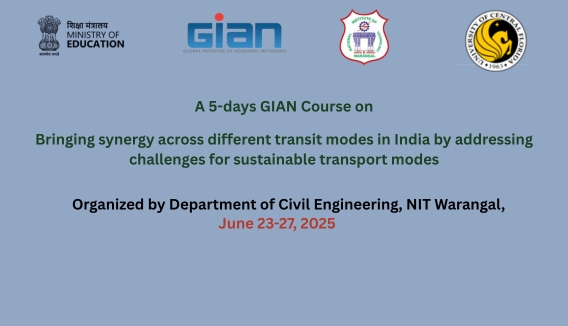
A 5-days GIAN Course on Bringing synergy across different transit modes in India by addressingread more
For more informationClick here
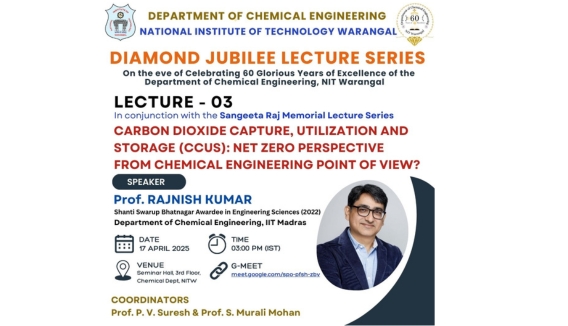
As part of the celebrations commemorating 60 Glorious Years of Excellence of the Department ofread more
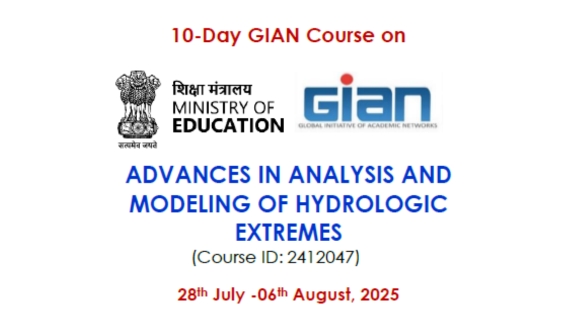
10-Day GIAN Course on ADVANCES IN ANALYSIS AND MODELING OF HYDROLOGIC EXTREMES
For more informationClick here

Five Days GIAN Course on ENTREPRENEURSHIP AND STARTUPS IN ELECTRICAL ENGINEERING
For more informationClick here

AICTE-QIP-PG Certificate Programme

A 5 DAY GIAN COURSE ON "REPAIR AND REMANUFACTURING OF PARTS WITH DIRECTED ENERGY DEPOSITION"
For more informationClick here
Awards and Recognition
Seminars


Ph.D. Pre-Synopsis Open Seminar
Ms. Gundala Jhansi Rani
Some Investigations on Machine Learning & Deep Learning techniques for Lower Limb Activity Prediction using sEMG Signal.
Supervisor: Prof. Mohammad Farukh Hashmi
Venue: Conference Hall
Electronics and Communication Engineering
5-June-2025 | 10:15 AM
This thesis develops advanced methods for lower limb activity recognition and knee abnormality diagnosis using surface electromyography (sEMG). Key innovations include a hybrid VMD-EWT technique for effective signal denoising and feature extraction, which improves classification of leg movements. Machine learning models such as ensemble KNN, SVMs, and Naive Bayes are utilized to achieve high accuracy in movement classification and abnormality detection. A deep convolutional neural network with specialized segmentation handles overlapping signals and estimates knee joint angles, enhancing movement recognition. Additionally, a novel classifier integrating raw and spectrogram features, combined with oversampling techniques like BMCSMOTE and explainability tools, addresses class imbalance and improves model transparency. The research also features a portable sEMG system designed for real-time data acquisition, supporting practical deployment in clinical settings. Overall, these methods significantly improve the robustness, accuracy, and interpretability of sEMG-based diagnostics and activity recognition, advancing applications in rehabilitation and biomedical engineering.


Ph.D. Viva Voce Examination
Mr. Bonela Someswara Rao
Safety Evaluation of Right Turning Vehicles at Uncontrolled T-intersections under Heterogeneous Traffic Conditions
Supervisor: Dr. Bhadradri Raghuram Kadali
Venue: Seminar Hall
Civil Engineering
5-June-2025 | 5:30 AM
In India, uncontrolled T-intersections are the major bottlenecks affecting traffic flows, which create hazardous conditions, particularly by right-turning vehicles in the traffic system. The present study developed an abnormal driving path behaviour model to understand the factors that influence the behaviour of right-turn vehicle drivers at uncontrolled T-intersections. Moreover, the perception-based driver behaviour model demonstrated the need to control traffic errors and violations in order to improve driver safety in these areas. Further, this study investigated the factors that contribute to the severity of right-turn vehicle crossing conflicts, using traffic conflict techniques as surrogate safety measures. The study results indicated that controlling traffic and driver behavioural characteristics is necessary to reduce the severity of right-turn vehicle conflicts. Additionally, this study examined the influence of vehicle type on the frequency of right-turn vehicle conflicts. The results demonstrate that a higher proportion of two-wheelers, cars, and auto- rickshaws in conflicting vehicles significantly increases the occurrence of both severe and non-severe conflicts. Furthermore, nomograms were developed using the safety margin indicator to determine the level of safety of right-turn vehicles at uncontrolled T-intersections based on factors such as vehicle gap, vehicle speed, and the number of lanes on the major road.


Ph.D. Viva Voce Examination
Mr. Sushil Patel
In-vitro bioactivity, mechanical and cytocompatibility investigations of alkaline earth and transition metal oxide added borophosphate glasses for bone tissue engineering applications
Supervisor: Prof. Abdul Azeem
Venue: Khurana Hall, Seminar hall complex
Physics
4-June-2025 | 9:30 AM
Bioactive glasses are the synthetic materials which has the ability to form interfacial bond with the host by the formation of hydroxyapatite layer. In the present study, borophosphate glasses (40B2O3-20CaO-25Li2O-15P2O5) with additives like MgO, SrO, Ta2O5, TiO2 and ZrO2 are developed using melt quenching technique. In-vitro bioactivity of borophosphate glasses was performed by immersing the glass powder in the simulated body fluid for the duration of 7, 14 and 21 days at 37 oC. The borophosphate glasses show the formation of hydroxyapatite layer on the surface of the glass. The addition of alkaline earth and transition metal oxide affect the formation and growth of hydroxyapatite layer. The hydroxyapatite show flake like and spherical morphology. EDS analysis show that the formed hydroxyapatite has Ca/P ratio less than 1.67 which indicates the formation of calcium deficient hydroxyapatite layer. The physical properties such density, molar volume and excess volume were measured to study the effect of incorporation of oxides in the structure of borophosphate glasses. Further, degradation of borophosphate glasses was measured by immersing glass pellet samples in simulated body fluid for duration of 3, 7, 14 and 21 days and consequently, pH of the SBF solution was also taken every later day for the duration of 21 days. The degradation studies show the MgO addition in the glass system increases the weight loss glass as compared to the parent borophosphate glass. Mechanical properties such as micro-Vickers hardness, compressive strength and abrasion wear was also measured and compared with properties of cancellous and cortical bone. Finally, MTT assay was performed to check the viability of MG- 63 cells at different concentration of borophosphate glasses. The cell viability of MG-63 cells remain unaffected by the addition of alkaline earth oxides and Ta2O5 up to a concentration of 1000 μg/mL but significant changes were observed on interaction with TiO2 and ZrO2 glasses. The studies showed the borophosphate glasses are viable material for bone tissue engineering applications.


Ph.D. Viva Voce Examination
Mr. Aravind Goud Gaddam
Performance Analysis of Coal Gangue based Geopolymer in treating Black Cotton Soil for Pavement Application
Supervisor: Dr. Sudheer Kumar Yamsani
Venue: Seminar Hall
Civil Engineering
4-June-2025 | 5:30 AM
Coal gangue (CG), a waste generated during coal extraction and washing, accounts for 10% to15% of the total coal output with its volume increasing rapidly. On the other hand, Black cotton soils (BCS) are highly problematic due to their susceptibility to significant volume changes with varying moisture content. Traditionally, these soils have been stabilized using Ordinary Portland Cement (OPC) and lime, but the production and use of these conventional stabilizers are energy-intensive, which involve extensive quarrying, and contribute to significant CO 2 emissions. Geopolymers present a promising alternative to these traditional stabilizers, offering high strength, low energy consumption, and reduced CO2 emissions during synthesis and application. Observing the presence of active silica and alumina in its composition, CG has been selected for forming geopolymers for improving BCS. However, CG based geopolymers has been found to be less durable when directly used as an admixture for stabilization because of its weak pozzolanic activity, resulting in a low utilization rate. To overcome this limitation, in the first phase CG is partially replaced with GGBS and in second phase CG was thermally activated to increase its reactivity, enabling its use as a better precursor in geopolymer. Mineralogical and microstructural analyses using X- ray diffraction (XRD) and scanning electron microscopy (SEM) confirm that this enhancement is due to the formation of cementitious compounds. Carbon footprint Analysis (CFA) is also conducted on an assumed subgrade section to explore the facts of carbon emission of CG based geopolymer and CCG based geopolymer. This study highlights the potential of CG based geopolymer as an effective soil stabilizer, offering a sustainable solution for construction practices in regions where black cotton soil and coal gangue are prevalent. The research contributes valuable insights into waste valorisation, soil stabilization, expulsion of carbon energy and opens a promising avenue for construction in challenging geotechnical environments.


Ph.D. Pre-Synopsis Open Seminar
Mr. Bidesh Kirtania
Performance evaluation of flexible variants of Dry - Gasification Oxy Combustion of coal for CO2 capture, in-situ sulphur capture and clean power production
Supervisor: Vidyasagar Shilapuram
Venue: Room no. 319
Chemical Engineering
2-June-2025 | 9:30 AM
Among various techniques for CO2 capture and sequestration from coal-fired power plants, Dry Gasification Oxy-Combustion (DGOC) is an emerging and promising technology due to its efficiency, in-situ sulphur capture, and low water usage. Steady-state simulations of DGOC-based power plants are conducted using Aspen Plus V12. This simulation work has been systematically undertaken and covers three categories: (i) Simulation of DGOC integrated with CO2-ORC. (ii) Simulation of CO2-ORC integrated with DGOC using different sulphur-capturing sorbents. (iii) Replacement of ASU with Chemical Looping Gasification and Chemical Looping Combustion. The overall performance of all power plant cases has been analysed based on energy, exergy, and economic analysis. Integration of CO2-ORC not only reduces the penalty for CO2 capture but also improves the efficiency by providing extra power output. When sorbents regeneration is integrated, Maximum efficiency was obtained with CuO sorbent of about 39.85%. Exergy analysis shows that chemical looping combustion and chemical looping gasification reduces the exergy loses and thus improves the process. Economic analysis shows that although CLG and CLC are costlier than conventional gasification and combustion, the overall process is economically viable with LCOE reaching as low as 56.54€/MWhnet.


Ph.D. Pre-Synopsis Open Seminar
Mr. Mullapudi Siva
Identification and Control of Proton Exchange Membrane Fuel Cell Systems
Supervisor: G. Uday Bhaskar Babu
Venue: Seminar Hall
Chemical Engineering
30-May-2025 | 8:30 AM
This research aims to improve the dynamic performance and efficiency of Proton Exchange Membrane Fuel Cell (PEMFC) systems through advanced modeling and control strategies. It begins with the development of precise system models, which form the basis for designing both integer-order and fractional-order model-based controllers. A key contribution of this work is the implementation of integer and fractional-order controllers optimized using novel Fractional Particle Swarm Optimization (PSO). PEM fuel cells are electrochemical devices that convert hydrogen and oxygen into electricity and heat. Their performance is sensitive to several critical parameters, including output voltage, output power, oxygen excess ratio, gas pressures, and the relative humidities at the anode and cathode. This research specifically targets the control of two vital parameters: output voltage and oxygen excess ratio as a means to improve overall system efficiency. The proposed control strategies are rigorously validated using a linearized model of the PEMFC system. Further validation is carried out through nonlinear simulations, where the proposed control strategies are benchmarked against conventional control approaches. Results clearly demonstrate that the proposed controller strategies deliver superior performance, particularly under noisy conditions, confirming its potential for real-world fuel cell applications.

Ph.D. Viva Voce Examination
Mr. Hemraj Singh
Lightweight Deep Learning Approaches for Efficient Video Salient Object Detection
Supervisor: Dr. Ramalingaswamy Cheruku
Venue: Seminar Hall
Computer Science and Engineering
29-May-2025 | 9:30 AM
Video Salient Object Detection (VSOD) efficiently detects and segments objects from video scenes using appearance and motion information. However, recent approaches often prioritize performance improvements, increasing computational complexity and complicating deployment in resource-constrained environments. To address the above problems, two lightweight models are proposed: (1) Dilation Separable Convolution Network (DSCNet) using the Dilation Attention Fusion Module (DAFM), Bi-directional Cross-Fusion Module (BCFM), and Saliency Generation Module (SGM). A Bi-directional Separable Convolution Network (BSCNet) is proposed using a Separable Convolution Module (SCM) and FlowNet2.0. For exploring the optimal gradient, the Stochastic Gradient Firefly algorithm (SGFA) is proposed, which guides the network to extract multi-scale appearance and motion extraction and fusion efficiently, (2) The Deformable Appearance Motion Fusion Network (DAMFNet) is proposed to extract geometric appearance and motion-based information. Additionally, Appearance and Motion Transfer Learning (AMTL) is proposed using the AMTLoss function to transfer knowledge from one modality to another. These models improve VSOD accuracy while maintaining computational efficiency using advanced modules and optimization algorithms. Traditional VSOD models struggle to capture geometric changes in spatiotemporal features due to fixed kernel sizes and complex architectures. This work introduces two contributions: (1) the Deformable Separable Fusion Network (DSFNet) is proposed, which dynamically extracts multi-scale geometric information while maintaining low complexity using the Deformable Attention Fusion Module (DAFM), Deformable Global Attention Module (DGAM), Deformable Separable Receptive Field (DSRFB), Local Feature Indicator (LFI). Additionally, the Swarm Enhance Adam (SEAdam) algorithm is proposed to explore the gradient descent efficiently. (2) the Deformable Separable Network (DSNet) is proposed, which efficiently balances accuracy and latency using Deformable Convolution Network (DCNet), Separable Convolution Network (SCNet), and Depth-wise Attention Response Propagation (DARP) module. These models outperform state-of- the-art methods across six datasets while optimizing computational metrics like floating-point operations and latency. Further, addressing the challenges of shadow and document detection in surveillance, this work proposes two lightweight models: (1) the Hierarchical Separable Network (HSNet) is proposed for Video Shadow Detection (VSD), enhancing shadow detection with minimal computational cost. An Edge Detection Network (EDNet) is proposed to extract the edge maps. A Geometric Attention Information Module (GAIM) is proposed to preserve the low-local edge information. A novel Shadow Region Intensity (SRI) loss function is also introduced to improve detection accuracy, supported by new annotated datasets for training. (2) VS-Net for Video Document Detection (VDD) effectively extracts and fuses multi-scale spatiotemporal features while preserving the temporal information using an Approximation Ranking Pooling (ARP). Lastly, the VSOD methods face challenges in capturing multi-scale geometric variations and temporal dependencies. Two novel models are proposed to overcome the above problems: (1) Deformable Multi-Scale Fusion Network (DMFNet) is proposed using Deformable Attention Encoder Module (DAEM), Deformation Atrous Attention Module (DAAM), and Deformable Fusion Network (DFNet), which extracts attention-based geometric features, and Multi-Scale Multi-Encoder Separable Network (M2SNet), which integrates various specialized encoders and several fusion modules. The models efficiently separate foreground from background using novel proposed geometric multi-scale pixel-wise and region-wise contrastive learning techniques (GMPCL, MRPCL), achieving state-of-the-art results across multiple benchmark datasets while balancing accuracy and efficiency.


Ph.D. Viva Voce Examination
Mr. Sivasankar MV
Onion membrane scaffolds with H, Zr, NBLCME, and DMG to treat Osteoporosis
Supervisor: Prof. Sreenivasa Rao Parcha
Venue: Seminar Hall
Chemical Engineering
28-May-2025 | 6:00 AM
Bone tissue engineering aims to combine scaffolds, stem cells/osteoblasts and physiochemical factors to regenerate healthy bone tissue. In this study, we fabricated composite scaffolds S1-C/MFC, S2-C/MFC/H, S3-C/MFC/Zr, S4-C/MFC/PCL, S5- C/MFC/PCL/H, S6-C/MFC/PCL/Zr, and S7-C/MFC/H/Zr containing micro-fibrillated cellulose (MFC), chitosan (C), polycaprolactone (PCL), zirconium oxide (Zr), and hydroxyapatite (H) were fabricated using the freeze-drying technique. SEM results showed uniform porous morphology of composite scaffolds with porosity of (75%-90%) respectively. The addition of MFC fibers, PCL, and bioceramic materials has significantly increased the mechanical strength of the scaffolds of 3.73MPa, resembling cancellous bone. The swelling capacity of the composite scaffolds decreased after incorporating hydroxyapatite and zirconia oxide. N-Boc-L-cysteine methyl ester and Dimethyl glutamate was synthesized and incubated with composite scaffolds with different concentrations (20- 100µg/ml) for overnight. FTIR analysis confirmed the interactions between chitosan, MFC, NBLCME, and DMG by crosslinking. The composite scaffolds achieved sustained drug delivery following Fickian diffusion behavior (n ≤ 0.45). The cytotoxic effects of NBLCME and DMG treated scaffolds on human osteosarcoma cells (MG63 cell line) were shows no cytotoxic effects. However, higher concentrations of NBLCME (>60µg/ml) significantly reduced ALP and ARS activity of MG63 cells due to influence of lactate dehydrogenase leakage. Although S1, S2, S3, S4, S5, S6, and S7 were shown to be good substrates for cell adhesion, growth, and proliferation, S7 were superior to other scaffolds. Collectively, S7 composite scaffold are suitable candidate for controlled drug delivery and ideal for bone tissue engineering applications.


Ph.D. Pre-Synopsis Open Seminar
Mr. Sairam Utukuru
Resilient Mining of Incomplete Datasets for Classification and Data Recovery
Supervisor: P. Radha Krishna
Venue: Seminar Hall
Computer Science and Engineering
27-May-2025 | 6:00 AM
This thesis addresses the core challenge of robust classification in the presence of missing data, a common scenario in real-world systems, where incomplete datasets frequently arise due to sensor failures, transmission errors, or hardware malfunctions. Traditional imputation techniques often distort underlying data distributions and degrade model performance, especially under high sparsity and complex missingness patterns. To overcome these limitations, this thesis explores resilient mining—the process of extracting reliable insights and building accurate models from data that is incomplete, noisy, imbalanced, or otherwise imperfect. We investigate classification and data recovery strategies tailored to different missing data mechanisms: Missing Completely at Random (MCAR), Missing at Random (MAR), and Missing Not at Random (MNAR), across varying levels of sparsity. Instead of relying on conventional imputation, we propose a Resilient Decision Tree Classifier (W-RDTC)—an ensemble-based model constructed over non-overlapping subspaces with instance weighting. This approach preserves feature-target relationships and enhances robustness against incomplete data. To handle severe missingness, we develop a meta-learning framework that aggregates predictions and intermediate features from base classifiers, enabling more accurate and resilient decision-making. For datasets exhibiting high levels of sparsity, we introduce an Iterative Probabilistic Matrix Factorization (IPMF) technique that progressively reconstructs missing values by refining high-confidence entries. To address class imbalance in sparse datasets, we design a hybrid strategy that integrates majority class undersampling, instance weighting, and ensemble learning to enhance minority class representation without compromising data integrity. The methods developed in this thesis facilitate resilient data mining and advance the state-of-the-art learning approaches for incomplete datasets.


Ph.D. Viva Voce Examination
Mr. Ajmeera Suresh
Title: Exploring a Novel Ternary Blend with Carbon Nanoadditives in CRDI Diesel Engine: Performance, Emissions, and Combustion Characteristics under Varying Operating Conditions.
Supervisor: Supervisor: Dr. A. Veeresh Babu
Venue: Conference Hall
Mechanical Engineering
26-May-2025 | 5:30 AM
The escalating ecological and economic consequences of fossil fuels have spurred research into sustainable biofuels. This study investigates the potential of ternary biofuel blends, consisting of diesel, Microalgae Chlorella vulgaris biodiesel (MCVB), bioethanol, and carbon nanotubes (CNT) additives, as a replacement for 40% of diesel fuel in a single- cylinder CRDI experimental engine. Microalgae Chlorella vulgaris methyl ester was synthesized using esterification and transesterification techniques, yielding 85% with less than 1% Free Fatty Acids (FFA). Ternary blends, particularly BDE20 and BDE25, exhibited improved performance, reduced emissions, and favorable combustion properties compared to petroleum diesel. The impact of CNT nanoparticles on engine performance, emissions, and combustion attributes was also investigated. Increasing CNTs from 25ppm to 100ppm improved engine performance, with the TF75ppm CNT blend demonstrating superior results. Exhaust gas recirculation (EGR) and CNT technologies were employed to reduce NOx emissions, with a 20% EGR rate resulting in a 62.64% decline in NOx, accompanied by slight increases in CO and HC emissions. Experiments conducted at various injection pressures revealed that TF50CNT and TF75CNT blends at 600bar enhanced performance and reduced emissions. The TF75CNT (D60MB20Be20CNT75) blend showed the most optimal performance, combustion efficiency, and emission characteristics. These findings demonstrate the viability of ternary biofuel blends as a sustainable alternative to traditional diesel fuel, reducing fossil fuel dependence by 40% without engine modifications.
Research Highlights
Patents/ Technology Transfer/ Startup
Recent Publications
Sponsored Projects
Our Numbers
10250+
Publications
125+
Patents Filed
60+
Patent Granted
81970+
Citations
90+
MOUs
29
Startups
1200+
PhD Produced
328+
Faculties
315+
Staffs
7900+
Students
14
Departments
7
Research Centres
Student Accolades
GoI Event Initiatives

Ek Ped Maa Ke Nam 2024

Ek Ped Maa Ke Nam 2024

Swachhata Campaign 2024

Swachhata Pledge 2024

Swachhata Pakhwada 2024

Swachhata Pakhwada 2024

Swachhata Pakhwada 2024

Har Ghar Tiranga 2024

Yoga 2024

Ek Ped Maa Ke Nam 2024

Ek Ped Maa Ke Nam 2024

Swachhata Campaign 2024

Swachhata Pledge 2024

Swachhata Pakhwada 2024

Swachhata Pakhwada 2024

Swachhata Pakhwada 2024

Har Ghar Tiranga 2024

Ek Ped Maa Ke Nam 2024

Ek Ped Maa Ke Nam 2024

Swachhata Campaign 2024

Swachhata Pledge 2024

Swachhata Pakhwada 2024

Swachhata Pakhwada 2024

Swachhata Pakhwada 2024

Har Ghar Tiranga 2024

Yoga 2024

Ek Ped Maa Ke Nam 2024

Ek Ped Maa Ke Nam 2024

Swachhata Campaign 2024

Swachhata Pledge 2024

Swachhata Pakhwada 2024

Swachhata Pakhwada 2024

Swachhata Pakhwada 2024

Har Ghar Tiranga 2024

Ek Ped Maa Ke Nam 2024

Ek Ped Maa Ke Nam 2024

Swachhata Campaign 2024

Swachhata Pledge 2024

Swachhata Pakhwada 2024

Swachhata Pakhwada 2024

Swachhata Pakhwada 2024

Har Ghar Tiranga 2024

Yoga 2024

Ek Ped Maa Ke Nam 2024

Ek Ped Maa Ke Nam 2024

Swachhata Campaign 2024

Swachhata Pledge 2024

Swachhata Pakhwada 2024

Swachhata Pakhwada 2024

Swachhata Pakhwada 2024

Har Ghar Tiranga 2024

Ek Ped Maa Ke Nam 2024

Ek Ped Maa Ke Nam 2024

Swachhata Campaign 2024

Swachhata Pledge 2024

Swachhata Pakhwada 2024

Swachhata Pakhwada 2024

Swachhata Pakhwada 2024

Har Ghar Tiranga 2024

Yoga 2024

Ek Ped Maa Ke Nam 2024

Ek Ped Maa Ke Nam 2024

Swachhata Campaign 2024

Swachhata Pledge 2024

Swachhata Pakhwada 2024

Swachhata Pakhwada 2024

Swachhata Pakhwada 2024

Har Ghar Tiranga 2024

Ek Ped Maa Ke Nam 2024

Ek Ped Maa Ke Nam 2024

Swachhata Campaign 2024

Swachhata Pledge 2024

Swachhata Pakhwada 2024

Swachhata Pakhwada 2024

Swachhata Pakhwada 2024

Har Ghar Tiranga 2024

Yoga 2024

Ek Ped Maa Ke Nam 2024

Ek Ped Maa Ke Nam 2024

Swachhata Campaign 2024

Swachhata Pledge 2024

Swachhata Pakhwada 2024

Swachhata Pakhwada 2024

Swachhata Pakhwada 2024

Har Ghar Tiranga 2024
Campus Bulletin

9th International Yoga Day
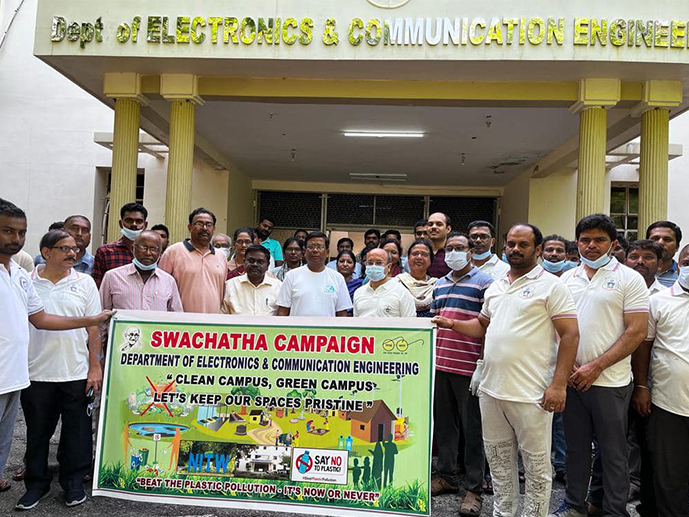
Department of ECE conducted cleaning drive in connection to the Swachatha Campaign
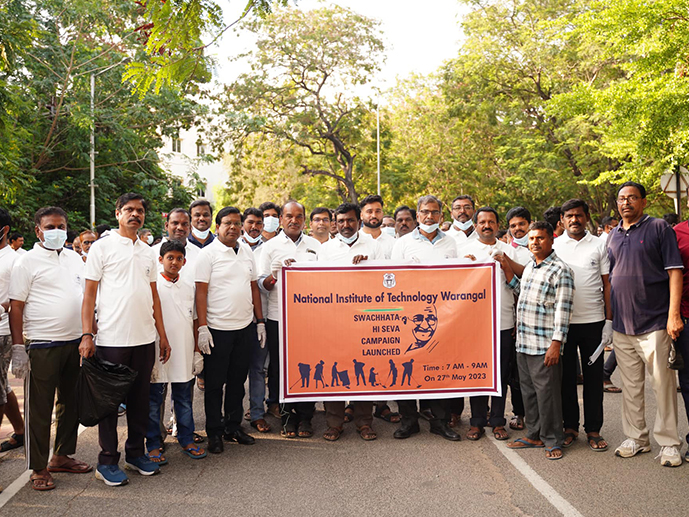
Swacchata Campaign on 27th May, 2023

Endowment Awards Presentation Ceremony 2023
_2025-5-29-16-3-9.jpg)
PG Certificate Programme
_2025-5-13-16-49-6.jpg)
SOLIDARITY RALLY AGAINST TERRORISM
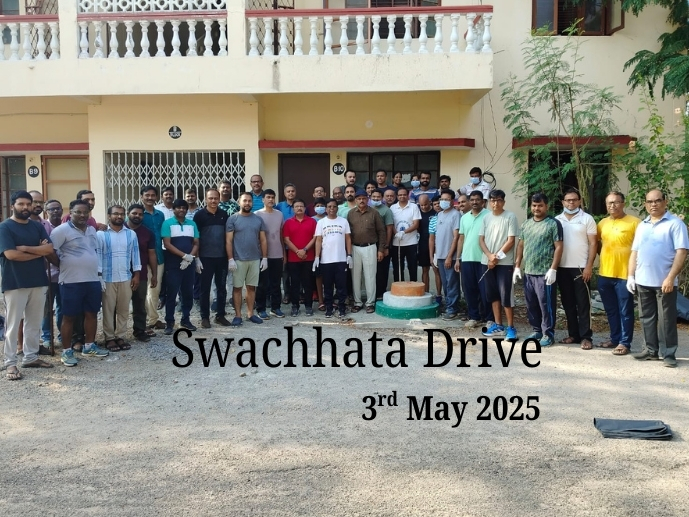
Swachhata_Drive
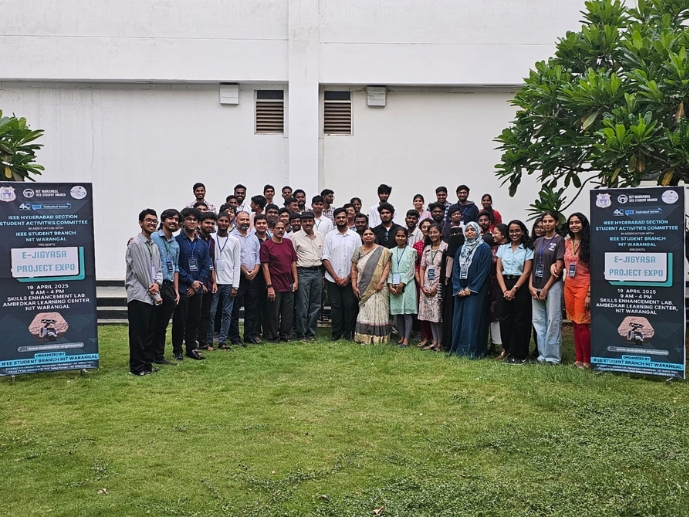
"E-JIGYASA- Project Expo"
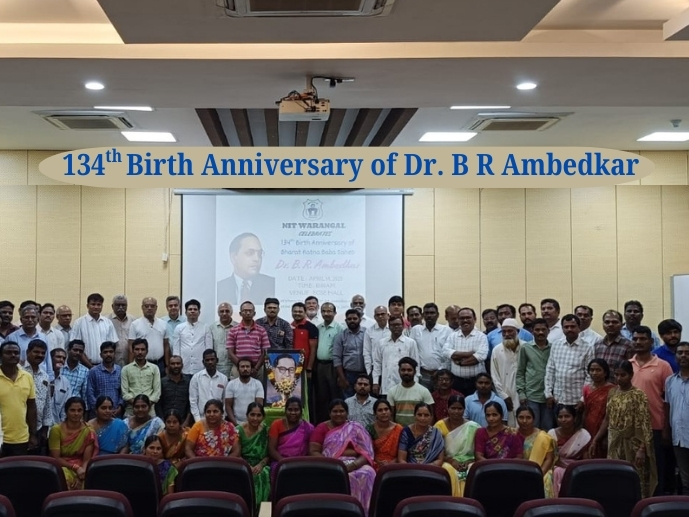
134th Birth Anniversary of Dr. B R Ambedkar
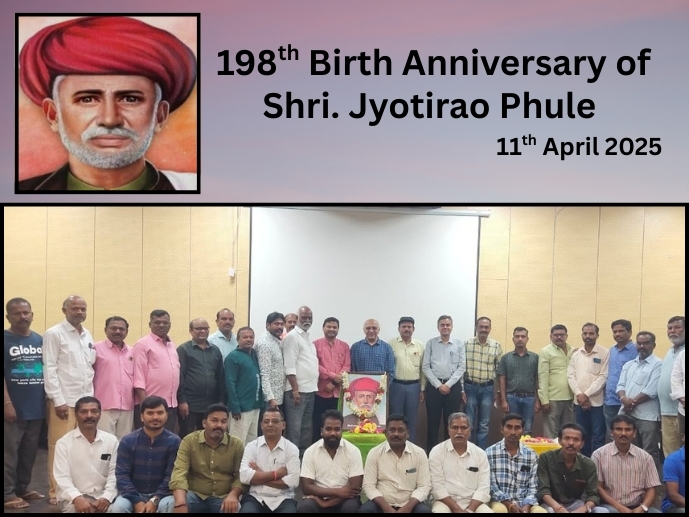
jyotirao_phule
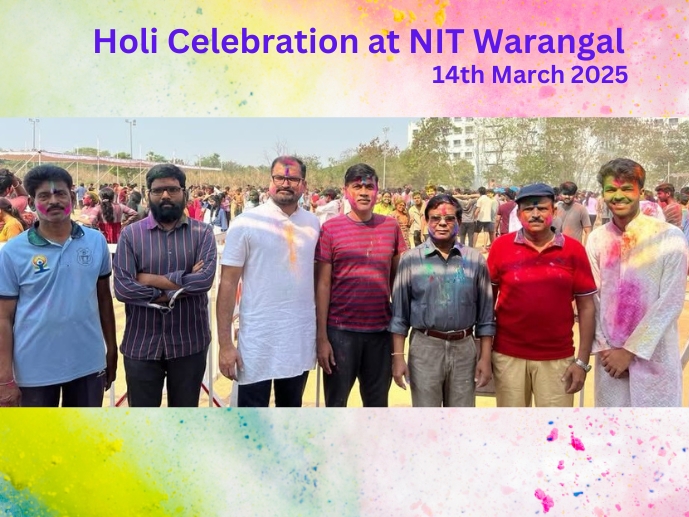
Holi Celebration

SPARC Workshop on "NOVEL BEAMFORMING AND MIMO ANTENNA DESING FOR 5G/6G APPLICATION EMPLOYING TIME MODULATION TECHNIQUES
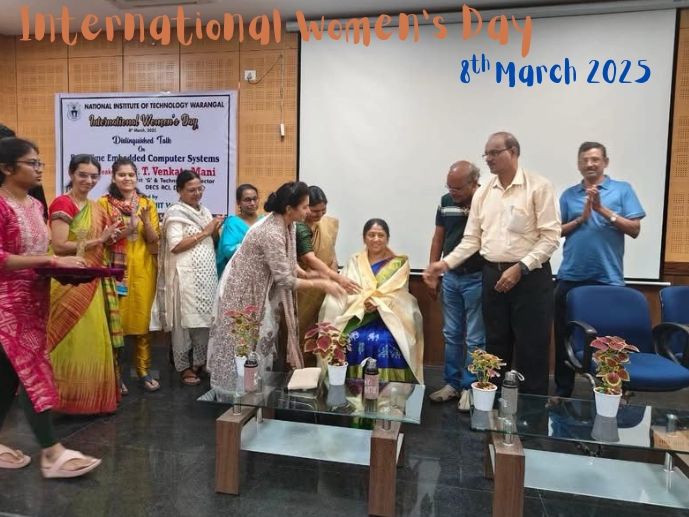
International Women's Day
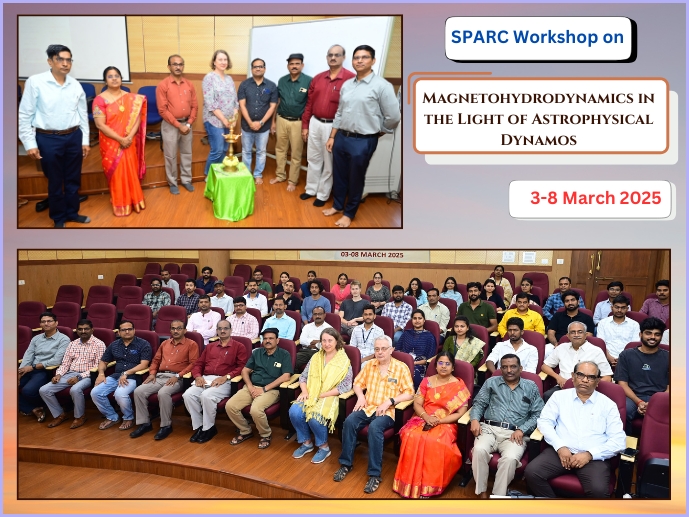
One week SPARC Workshop "Magnetohydrodynamics in the light of Astrophysical Dynamos"

ENVIRONMENTAL SUSTAINABILITY (ES-2025) on 10-02-2025
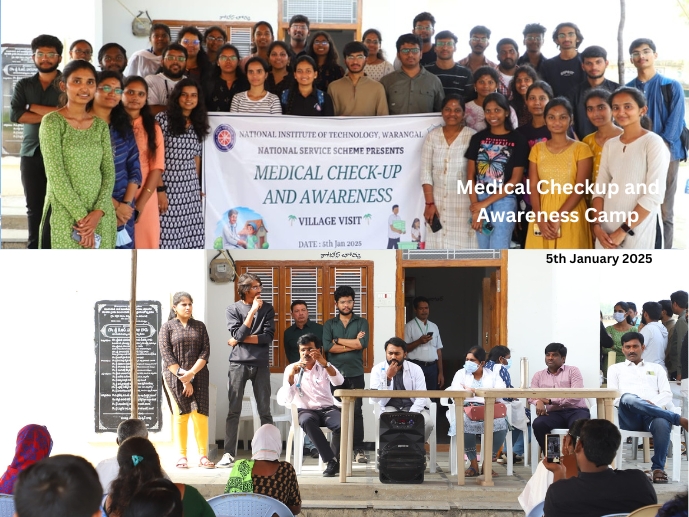
Medical Checkup and Awareness Camp
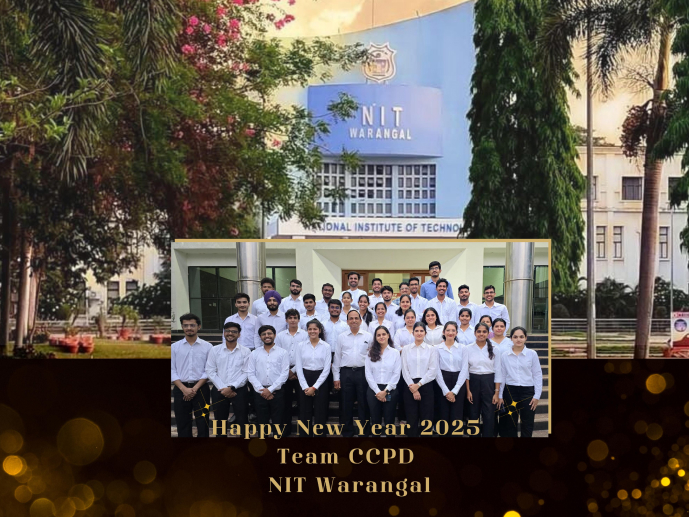
Happy New Year 2025- Team CCPD, NIT Warangal

NIT Tournaments for Faculty and Staff

Swachhata Campaign and Plantation Drive on 07-12-24

22nd Convocation 2024
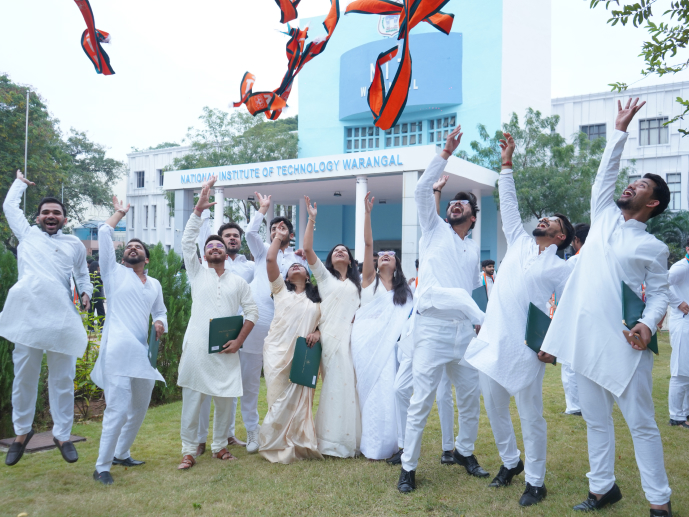
22nd Convocation 2024
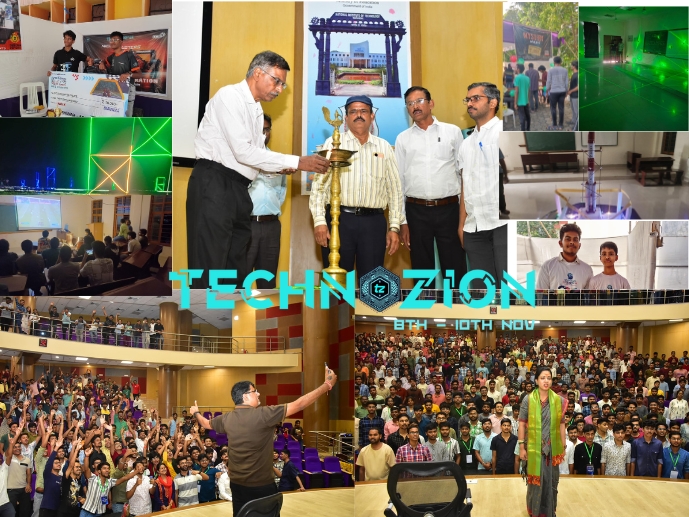
Technozion-2024
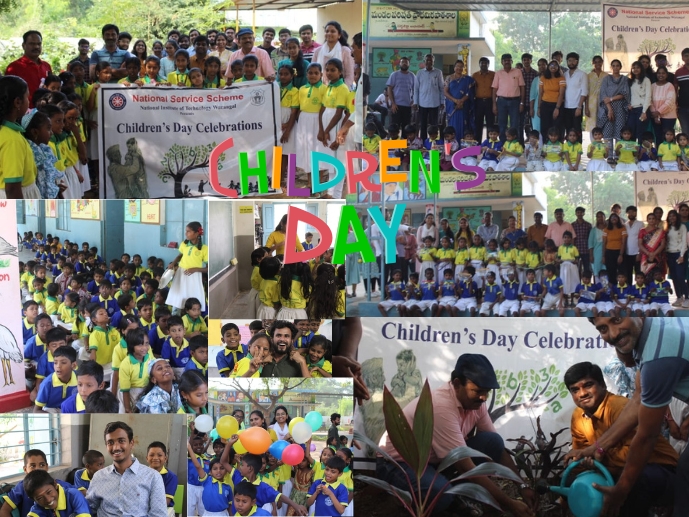
Children's Day Celebrations 2024
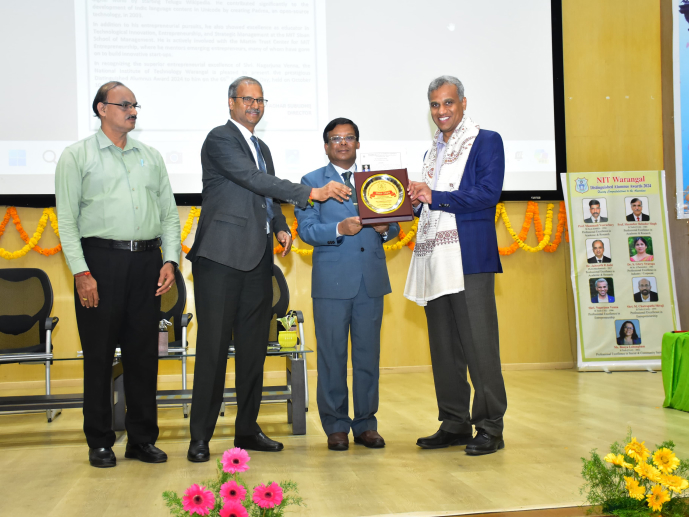
66th Foundation Day Celebration
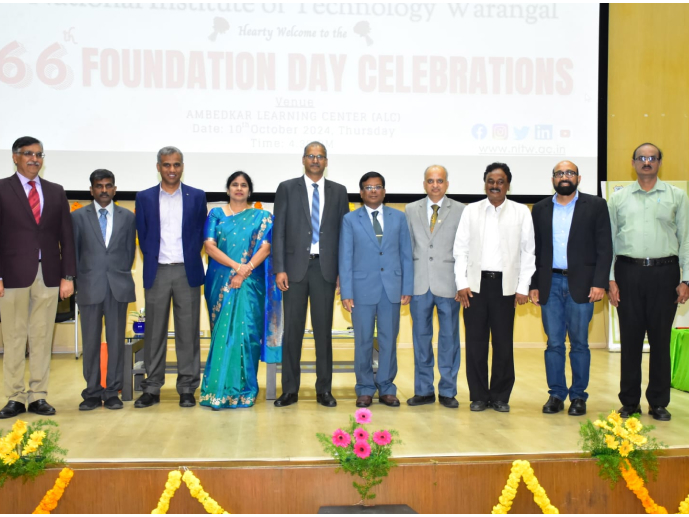
66th Foundation Day Celebration

66th Foundation Day Celebration
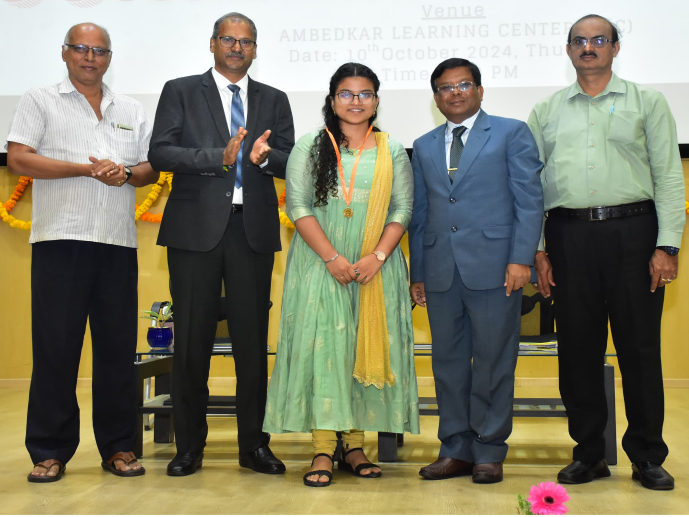
66th Foundation Day Celebration
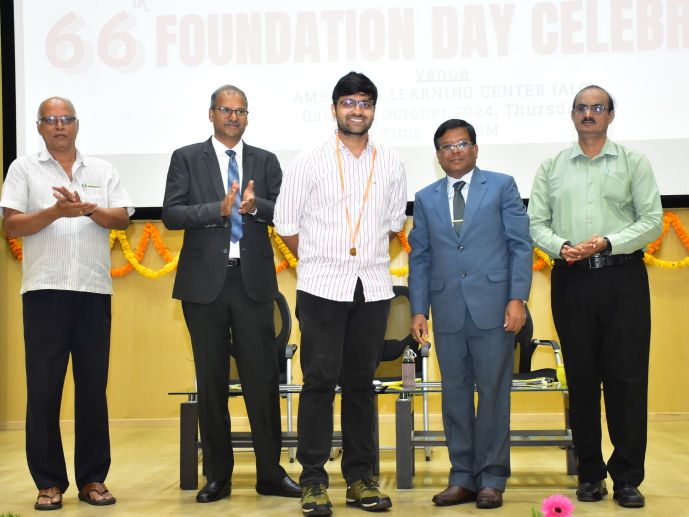
66th Foundation Day Celebration
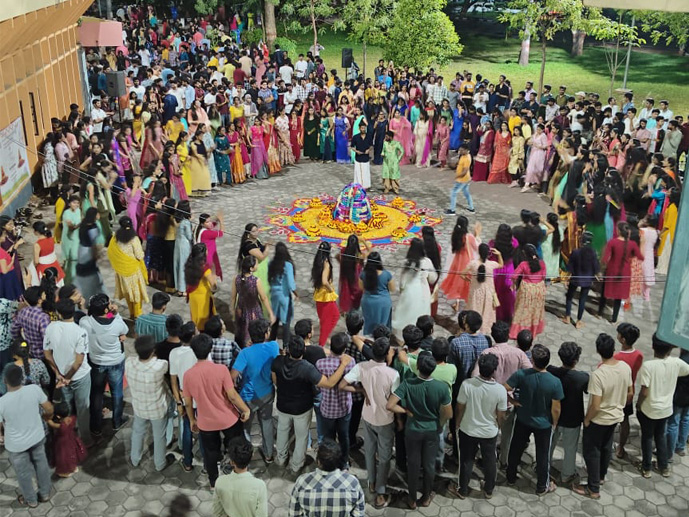
Bathukamma & Dandiya
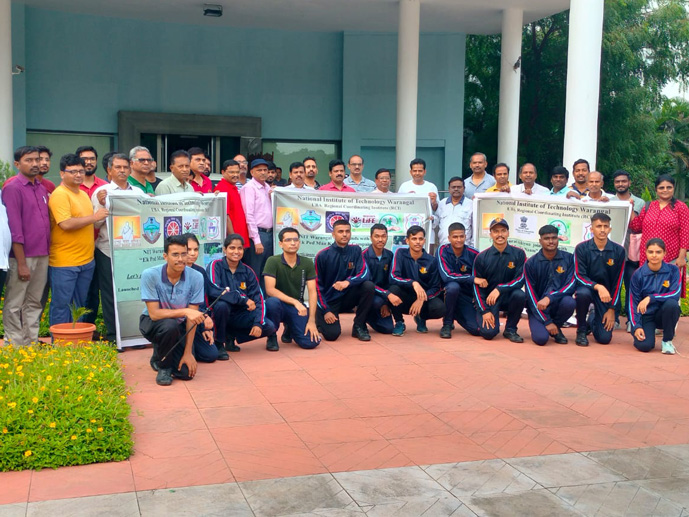
Ek Ped Maa Ke Nam

Swachhata Pledge

Swachhata Campaign-2

Ek Ped Maa Ke Nam
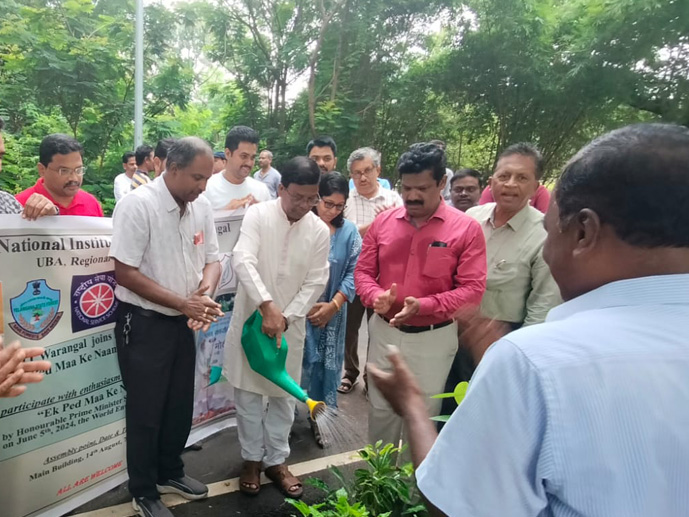
Ek Ped Maa Ke Nam
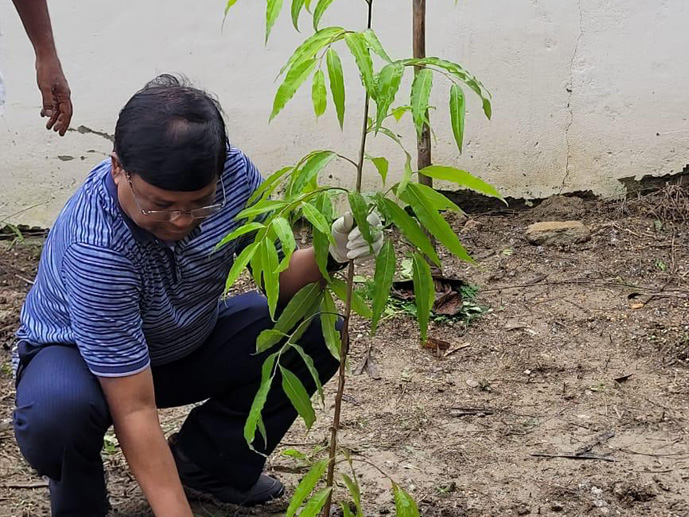
Swachhata Campaign-1
_2024-9-9-10-2-23.jpg)
Celebration of National Sports Week (26th to 31st August 2024)
_2024-9-9-10-6-19.jpg)
Celebration of National Sports Week (26th to 31st August 2024)
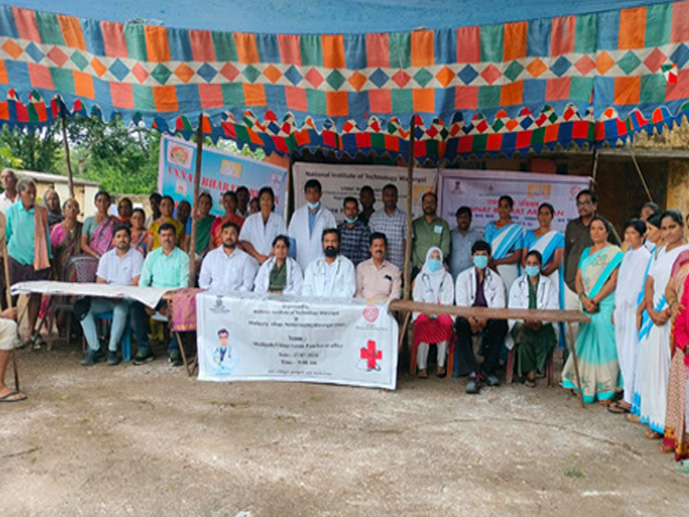
Medical Camp
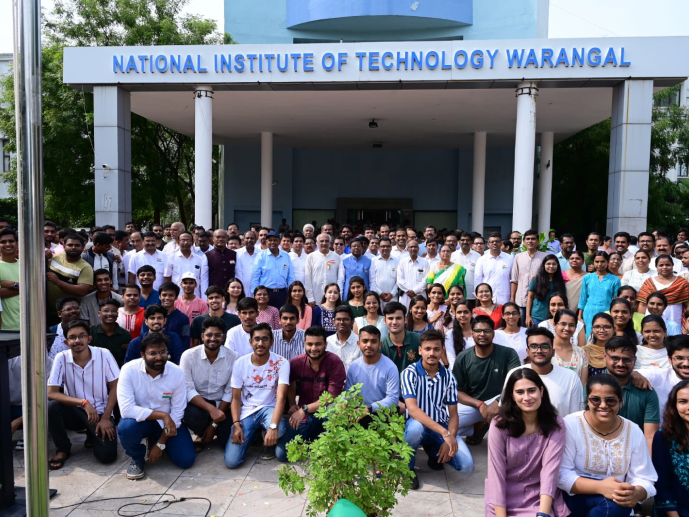
78th Independence Day

78th Independence Day
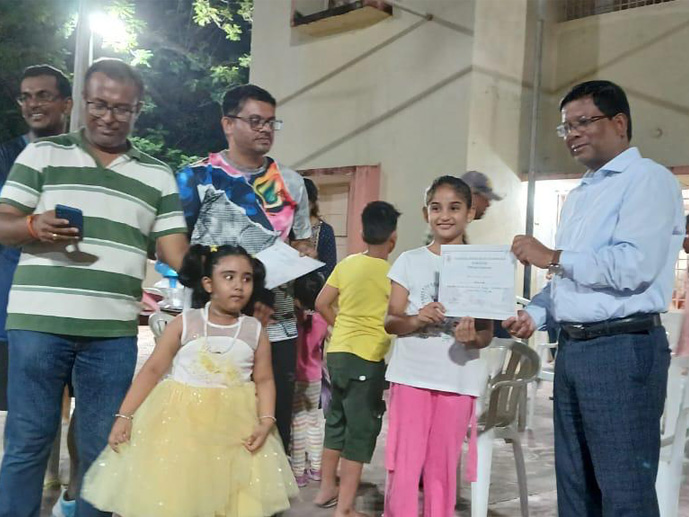
Painting Competition on 13-08-2024
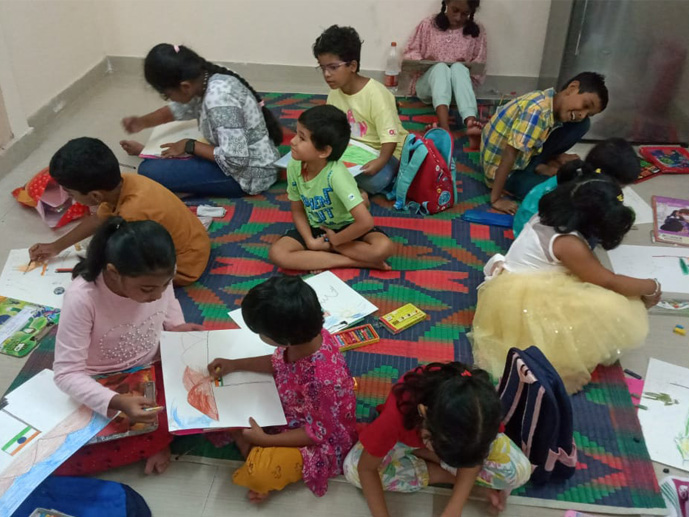
Painting Competition on 13-08-2024

International Day of Yoga 2024
_2024-5-22-11-50-57.jpg)
Welcome to New Faculty (May 21st, 2024)

Kuchipudi Natyakala on 5th April 2024
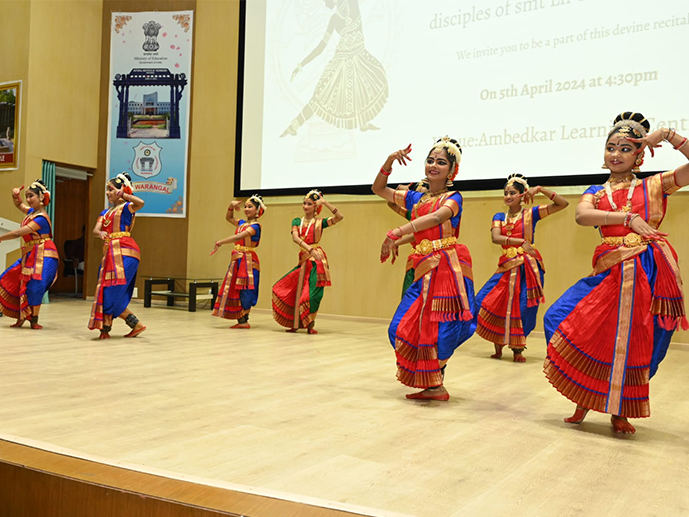
Kuchipudi Natyakala on 5th April 2024

Spring Spree 2024 on 5th April 2024

Spring Spree 2024 on 6th April 2024

Spring Spree 2024 on 5th April 2024
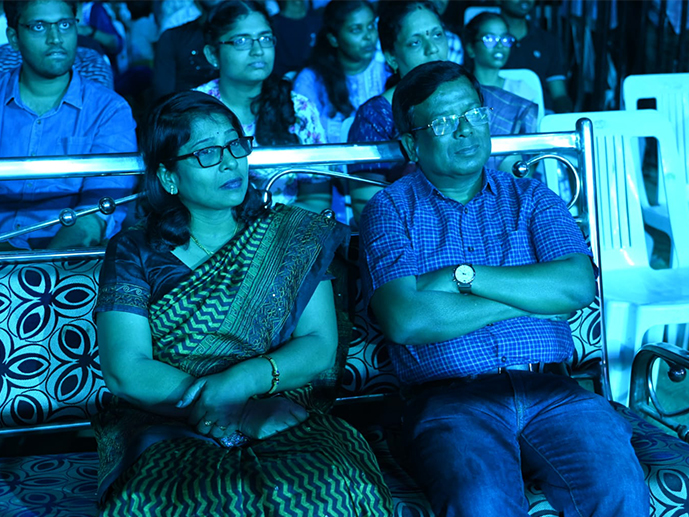
Spring Spree 2024

Spring Spree 2024
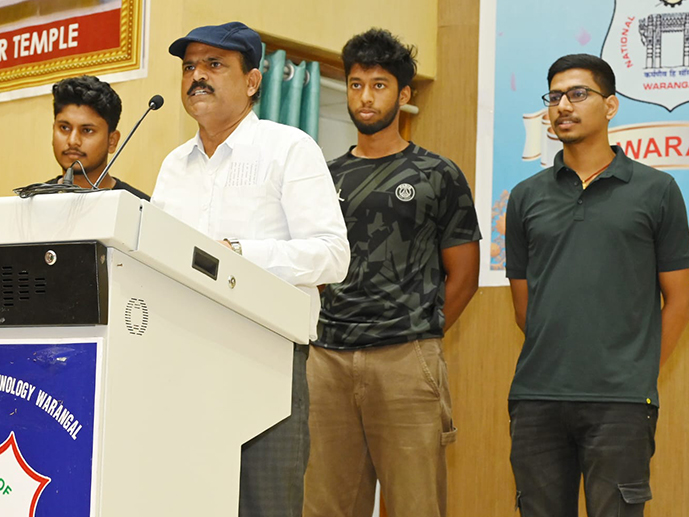
Spring Spree 2024
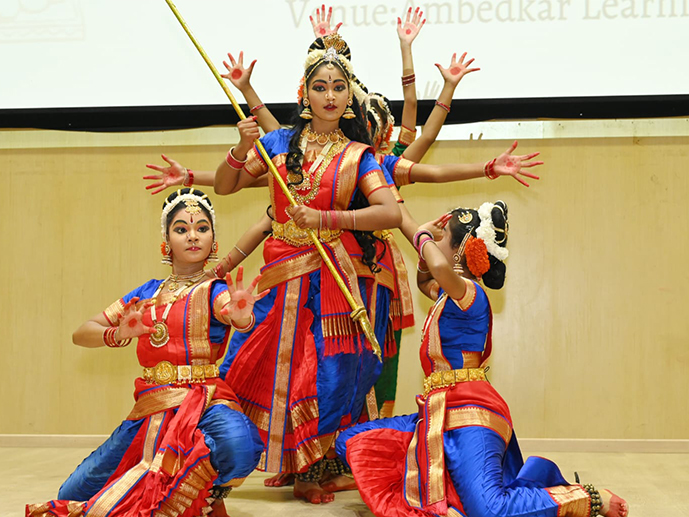
Kuchipudi Natyakala on 5th April 2024
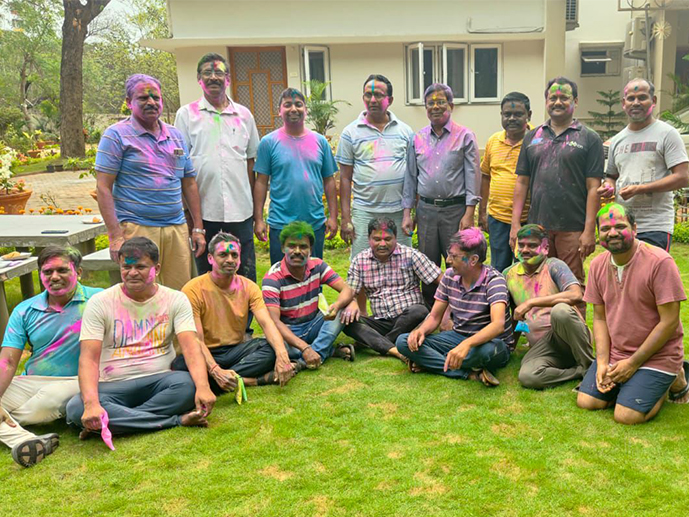
Holi Celebration (March 25, 2024)
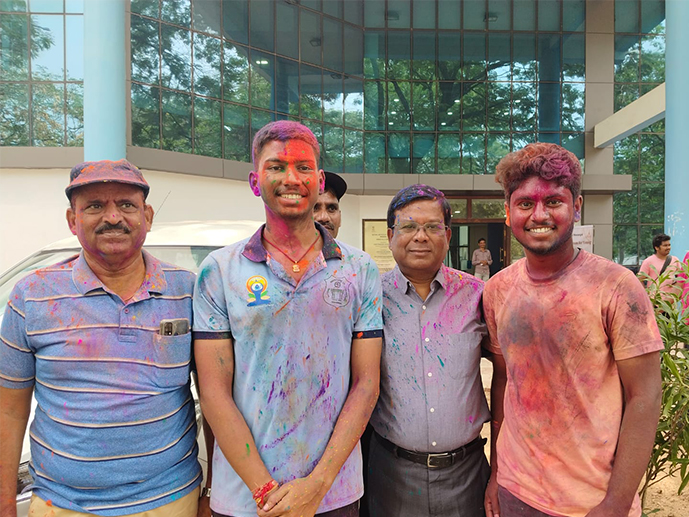
Holi Celebration (March 25, 2024)

E-Summit (16th - 17th March, 2024)
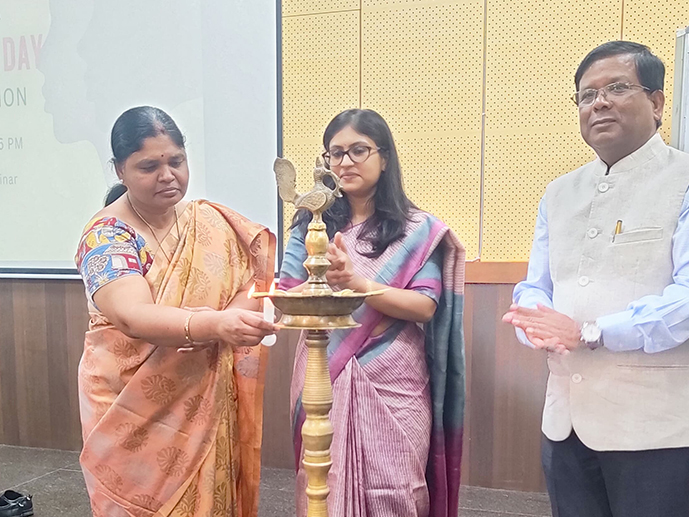
Women's Day Celebrations (8th March, 2024)
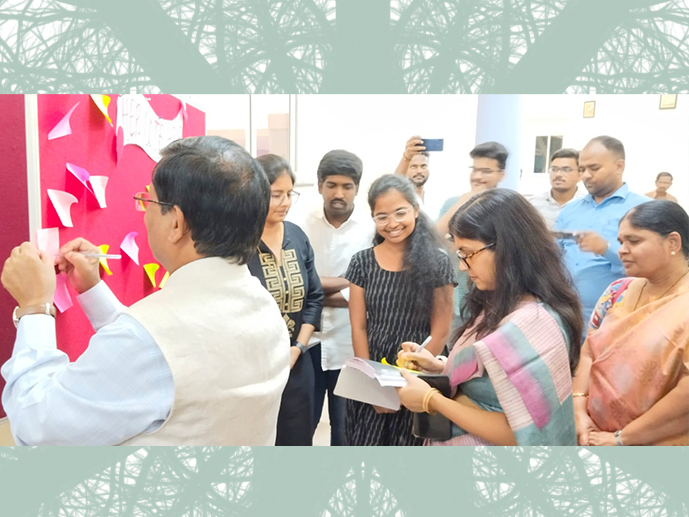
Women's Day Celebrations (8th March, 2024)
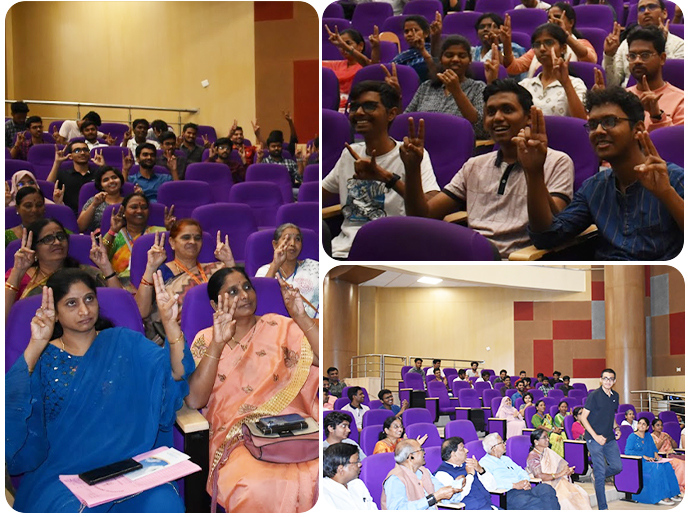
Dhyan Mahotsavam
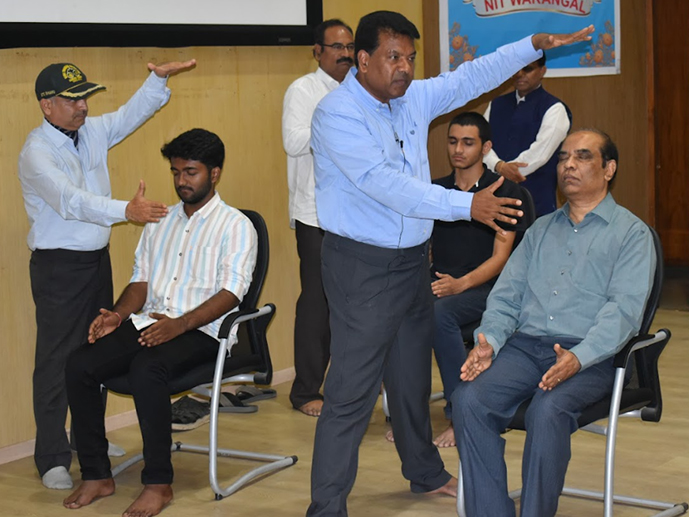
Dhyan Mahotsavam

Republic Day Celebration

Republic Day Celebration
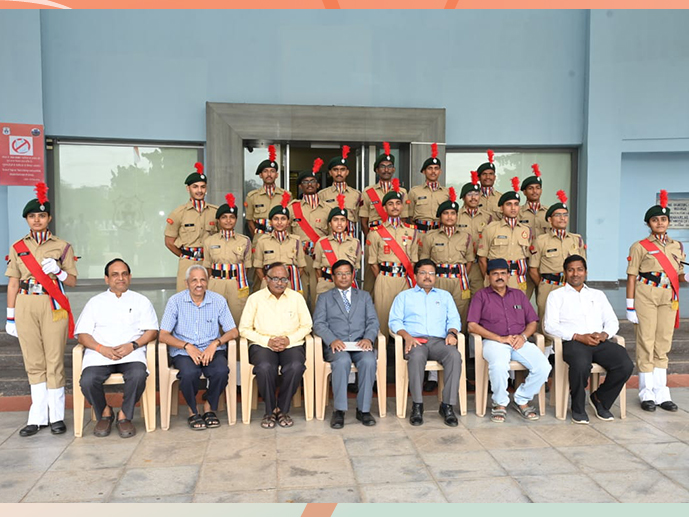
Republic Day Celebration
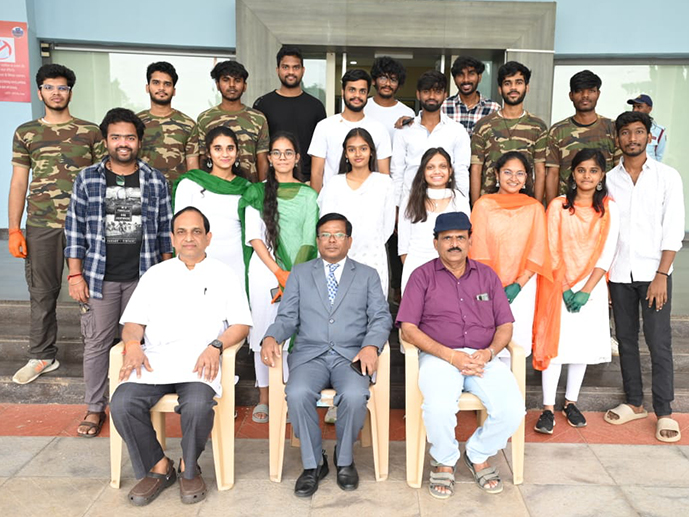
Republic Day Celebration
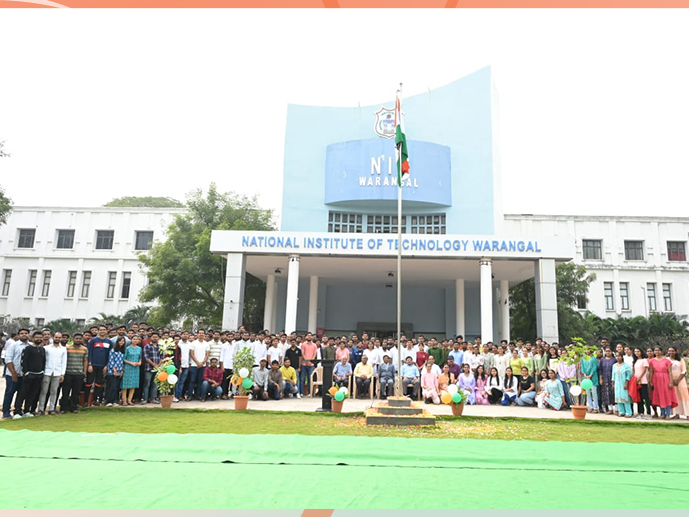
Republic Day Celebration
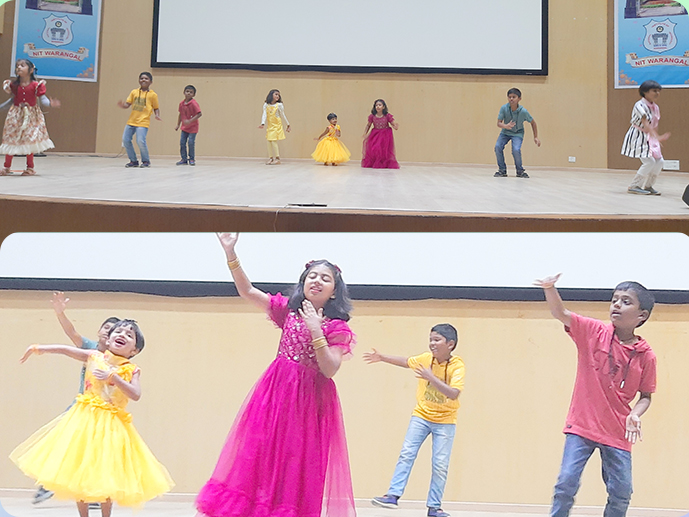
New Year 2024 Celebrations@NITW
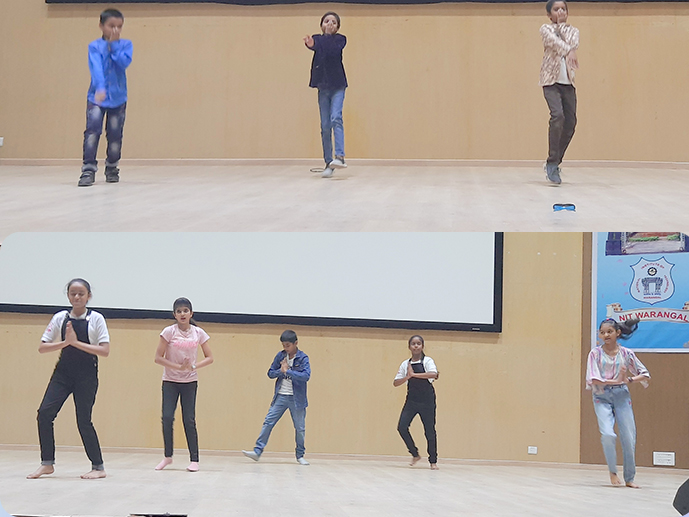
New Year 2024 Celebrations@NITW
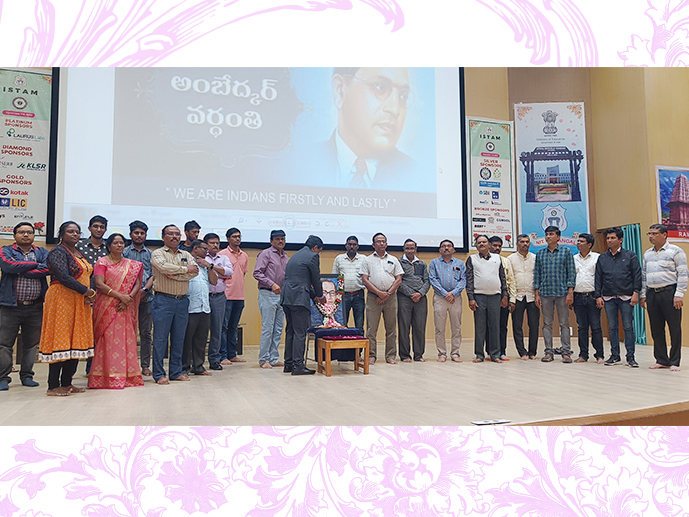
Homage to Babasaheb Dr. Bhim Rao Ambedkar

Homage to Babasaheb Dr. Bhim Rao Ambedkar

Award of 100 - 5G use case Labs to academic institutions
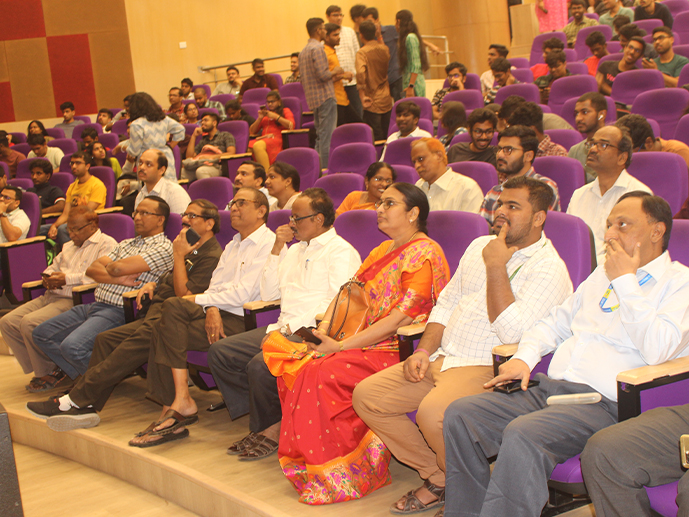
Award of 100 - 5G use case Labs to academic institutions
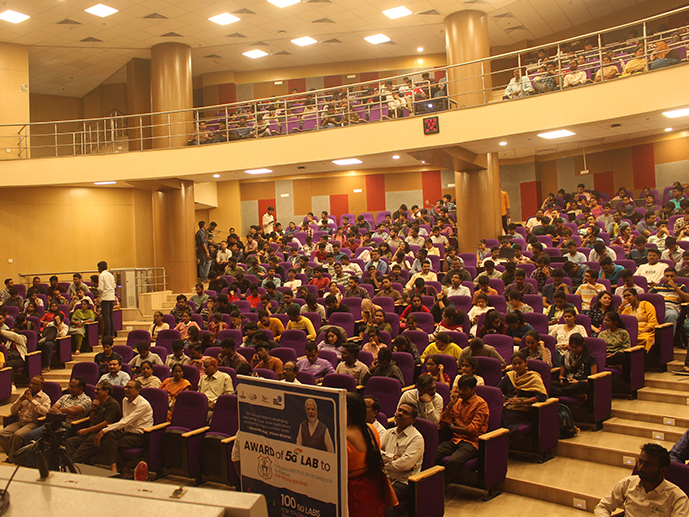
Award of 100 - 5G use case Labs to academic institutions

Department of Chemical Engineering organized swachchtha campaign (7th campus cleaning drive)
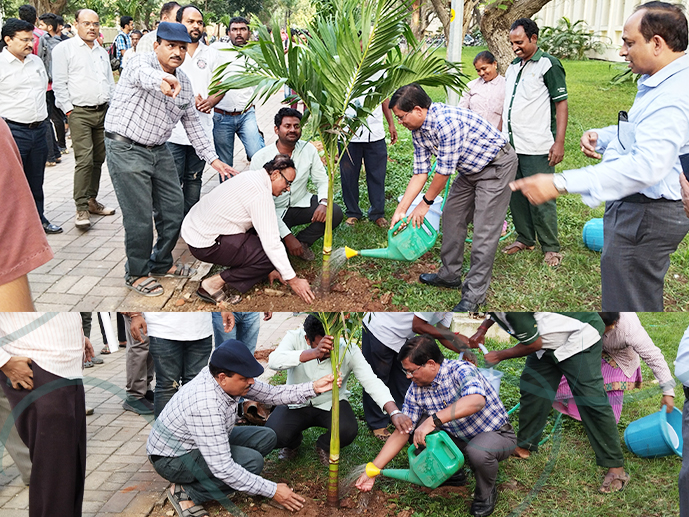
Meri Maati Mera Desh - Tree Plantation
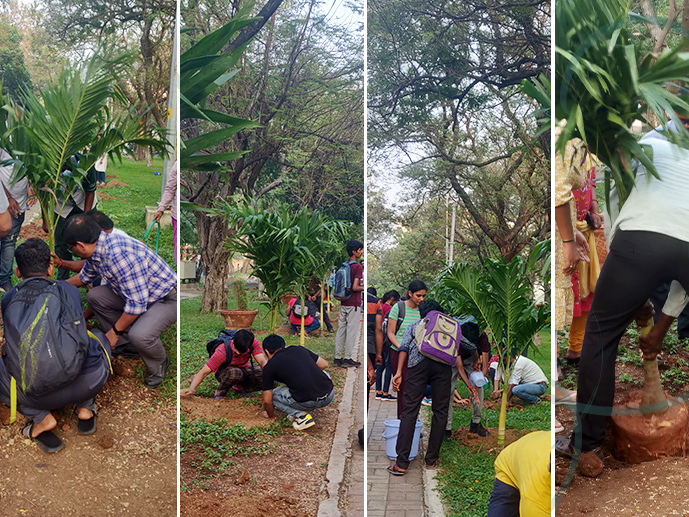
Meri Maati Mera Desh - Tree Plantation

Meri Maati Mera Desh - Tree Plantation

AMRIT KALASH YATRA
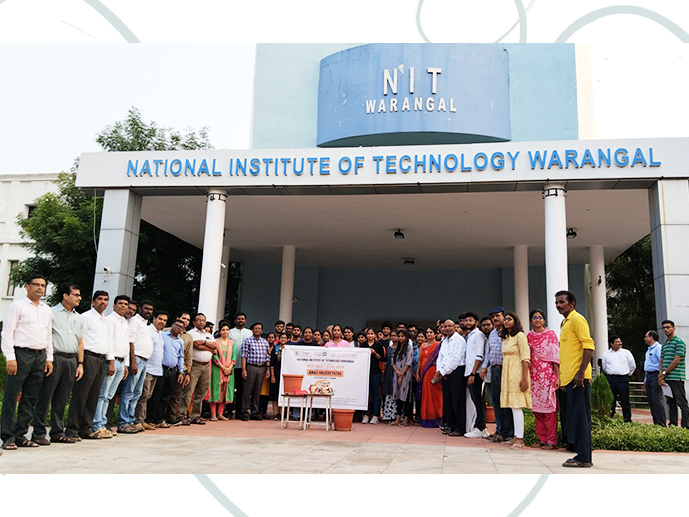
AMRIT KALASH YATRA
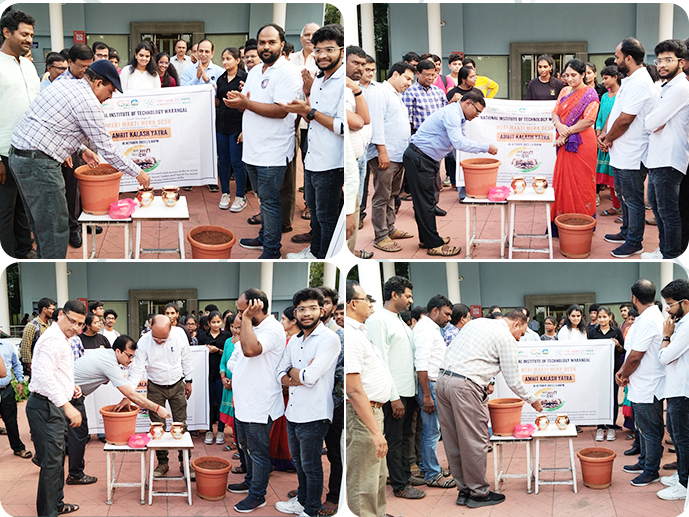
AMRIT KALASH YATRA

AMRIT KALASH YATRA
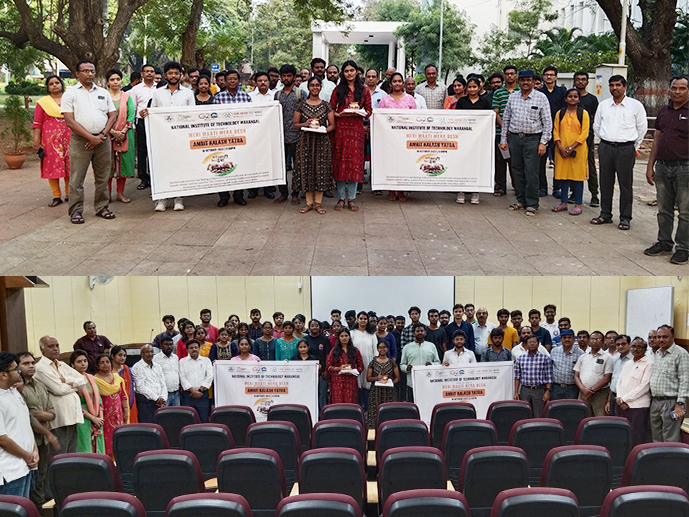
AMRIT KALASH YATRA
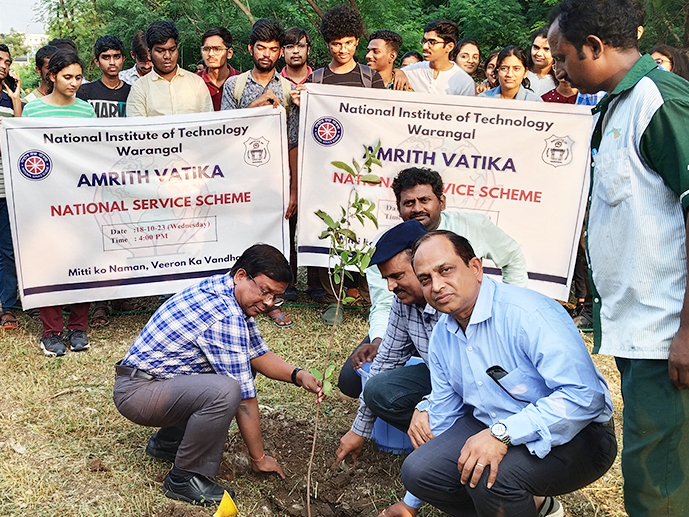
AMRIT VATIKA
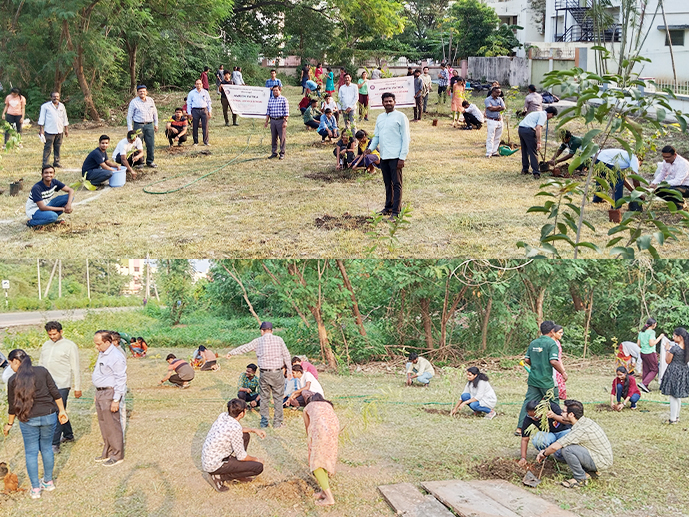
AMRIT VATIKA

AMRIT VATIKA
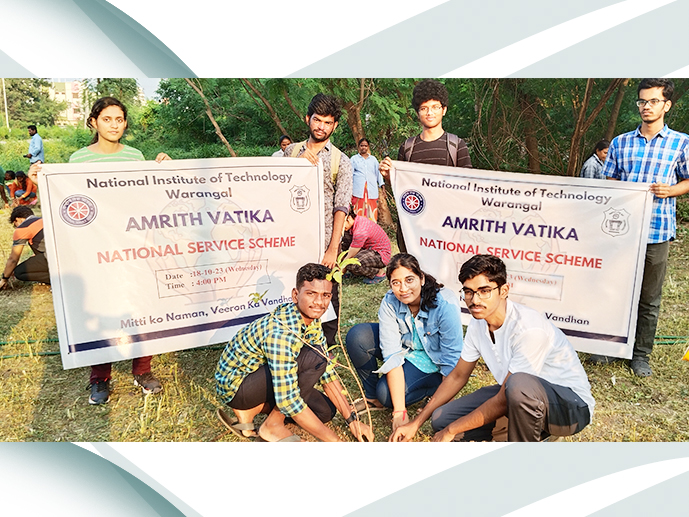
AMRIT VATIKA

AMRIT VATIKA
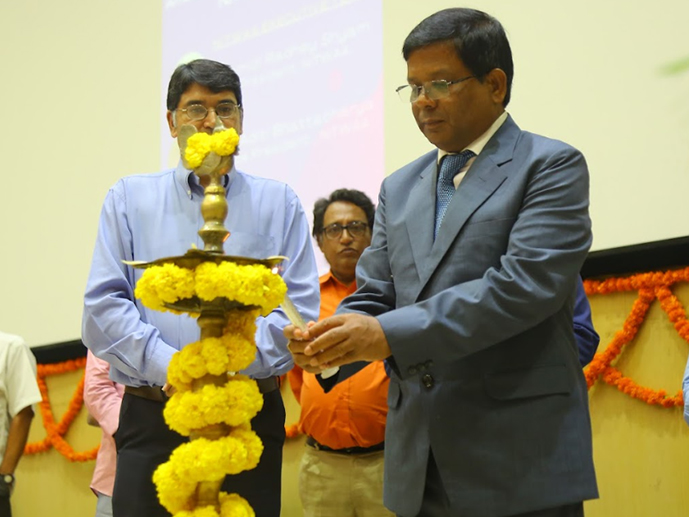
65th Foundation Day
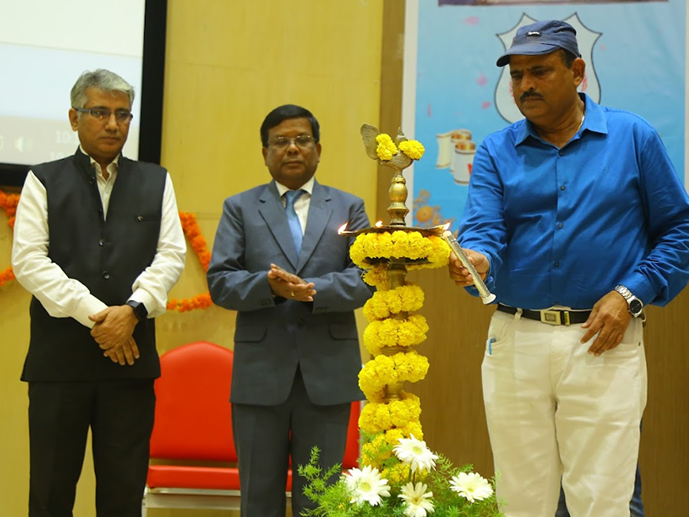
65th Foundation Day
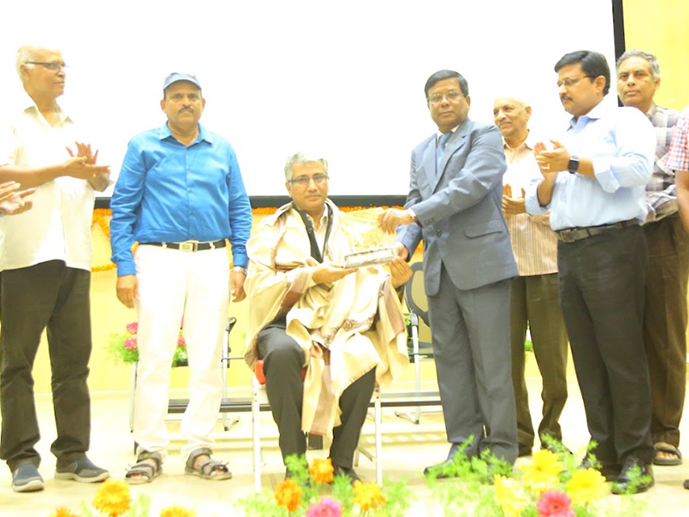
65th Foundation Day

65th Foundation Day
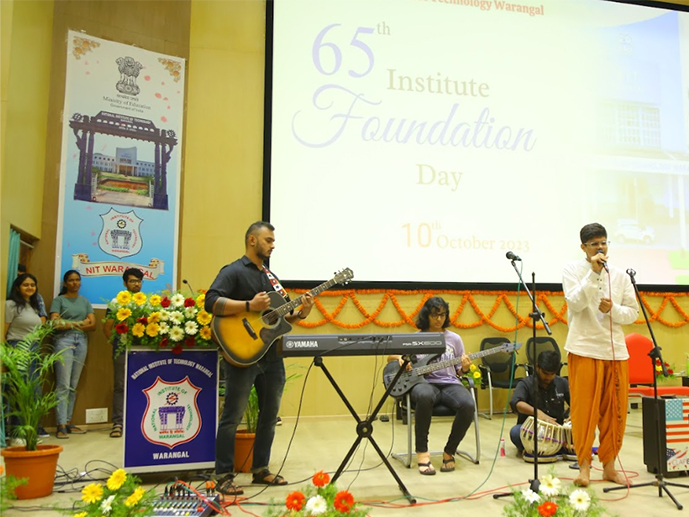
65th Foundation Day
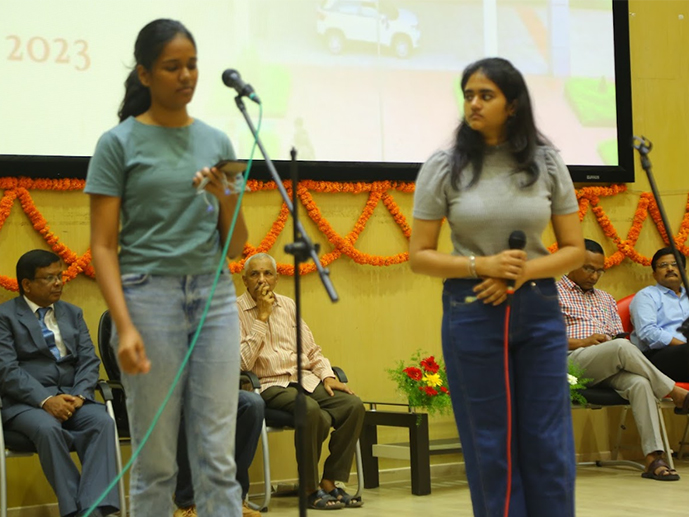
65th Foundation Day

65th Foundation Day

Swachhata Hi Seva - Ek Tareekh - Ek Ghanta
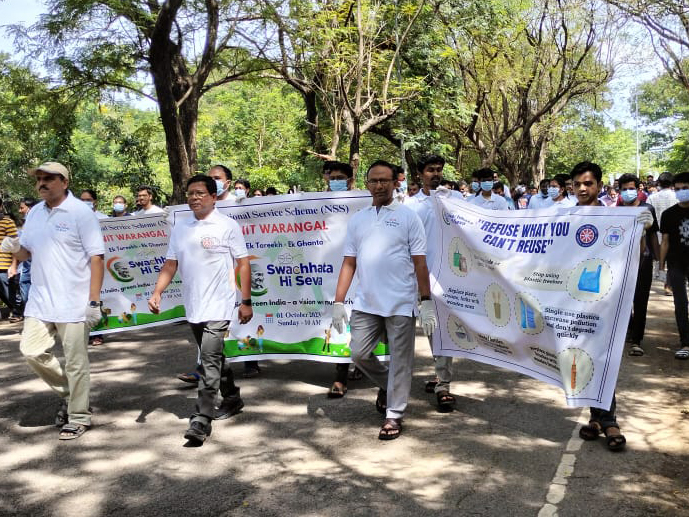
Swachhata Hi Seva - Ek Tareekh - Ek Ghanta

Swachhata Hi Seva - Ek Tareekh - Ek Ghanta

Swachhata Hi Seva - Ek Tareekh - Ek Ghanta

21st Convocation 2023 v3
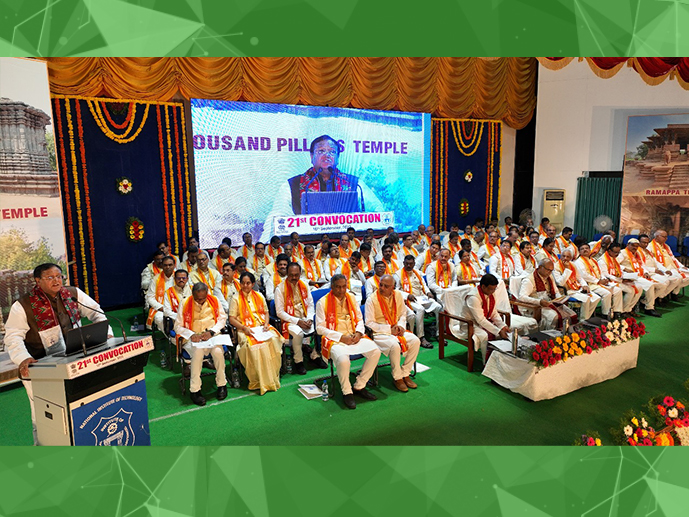
21st Convocation 2023
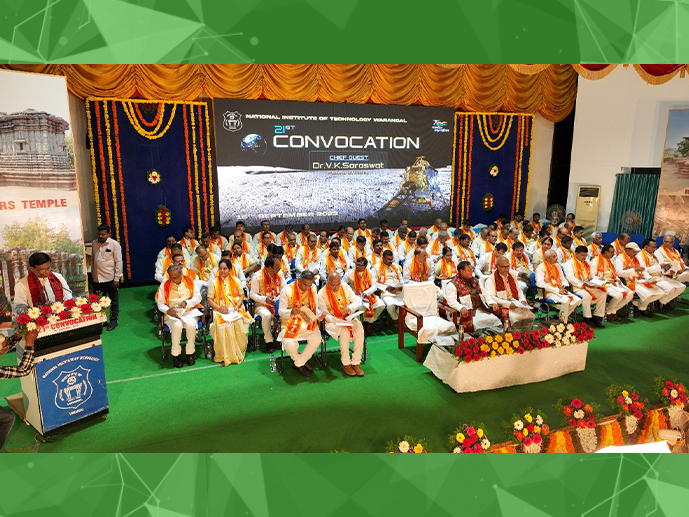
21st Convocation 2023
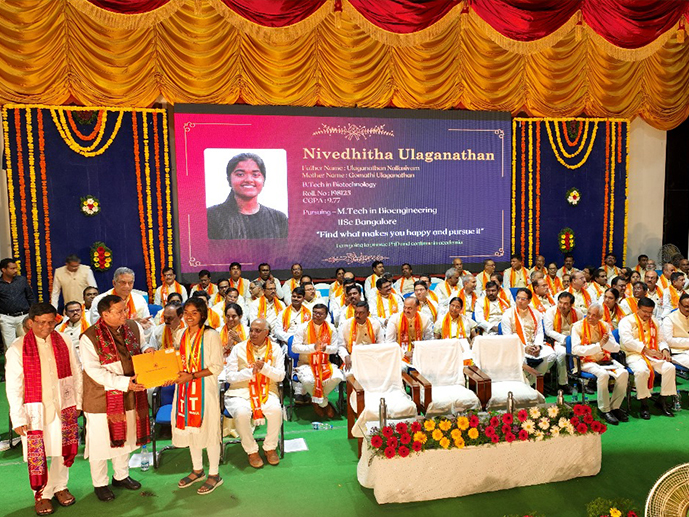
21st Convocation 2023
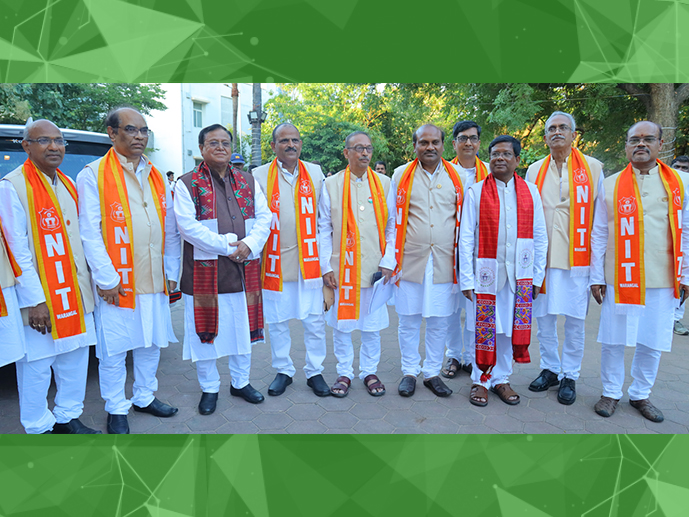
21st Convocation 2023
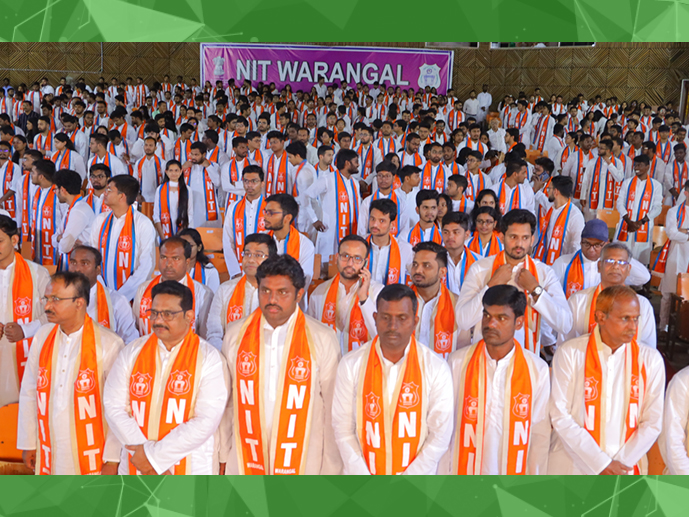
21st Convocation 2023
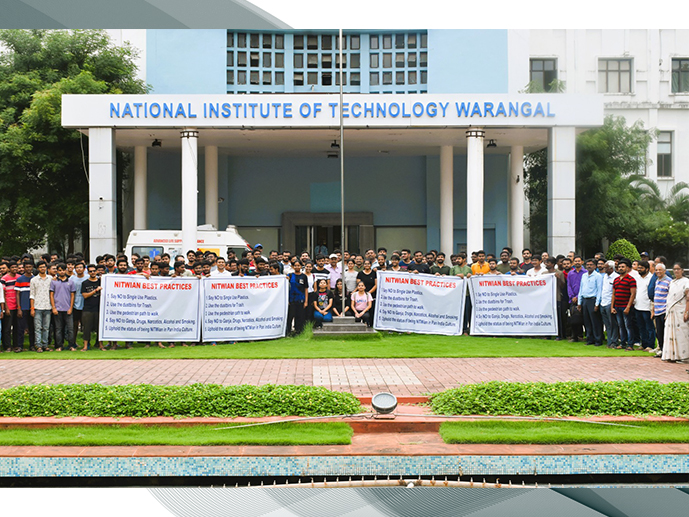
NITWian Best Practices Campaign
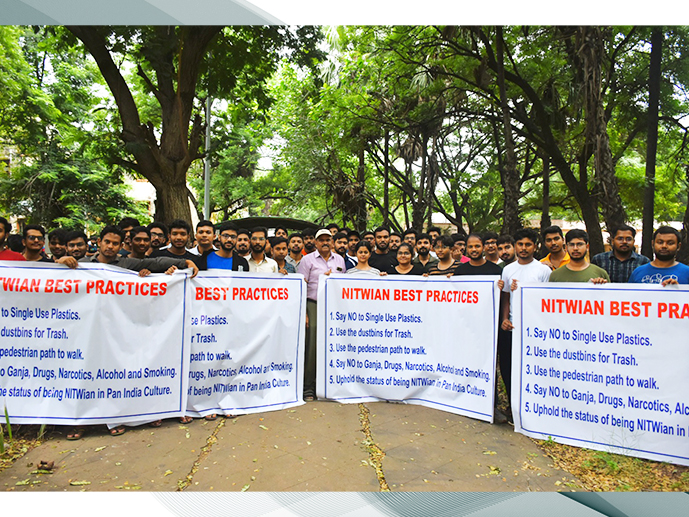
NITWian Best Practices Campaign

NITWian Best Practices Campaign
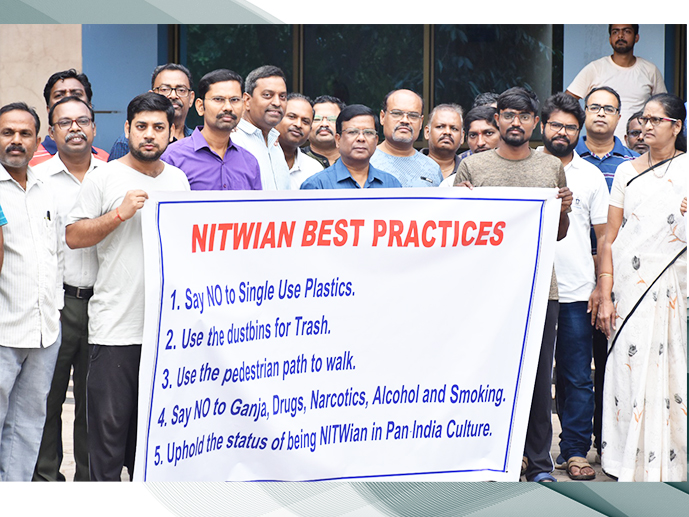
NITWian Best Practices Campaign
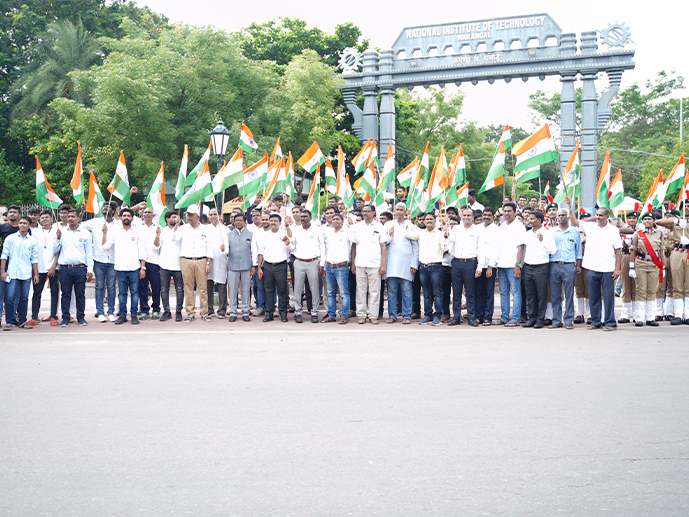
77th Independence Day
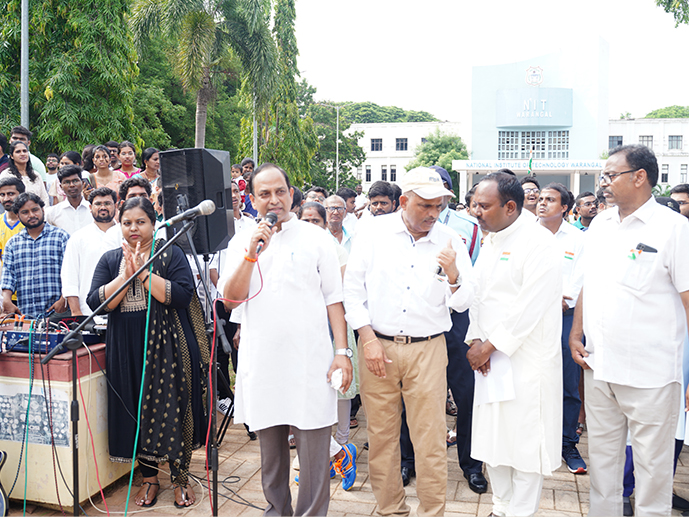
77th Independence Day
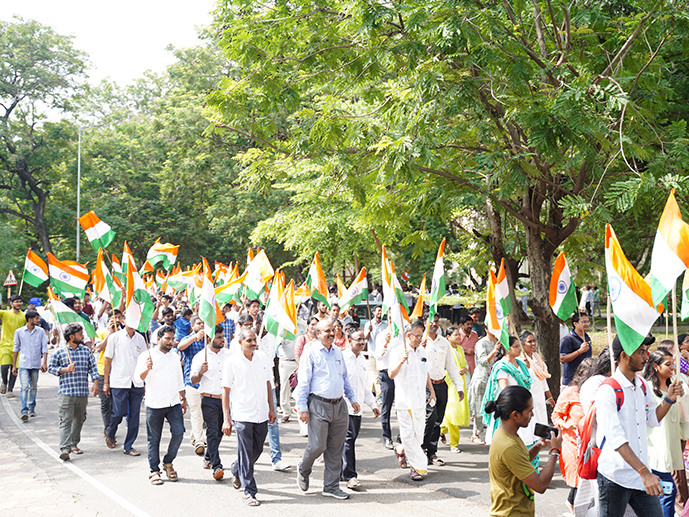
77th Independence Day

77th Independence Day
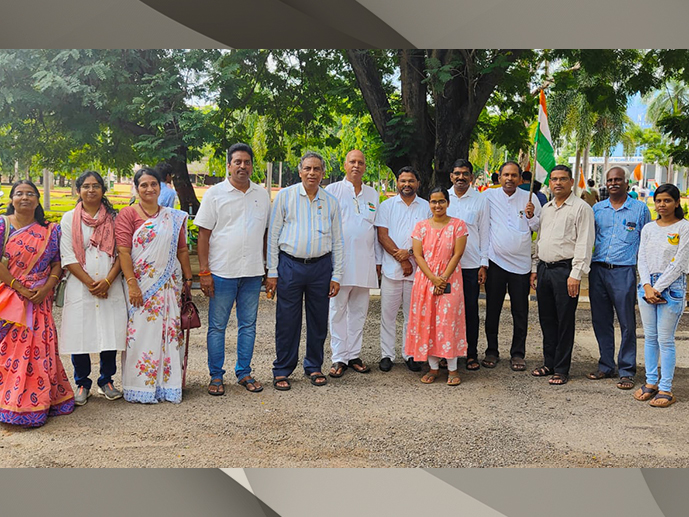
77th Independence Day
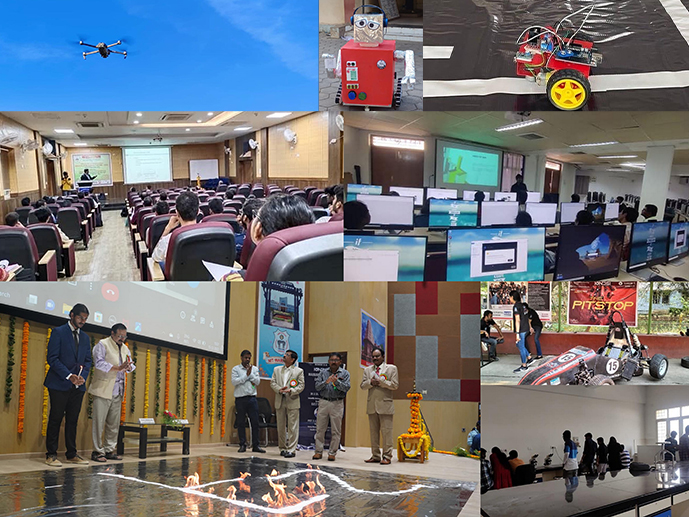
Technozion 22
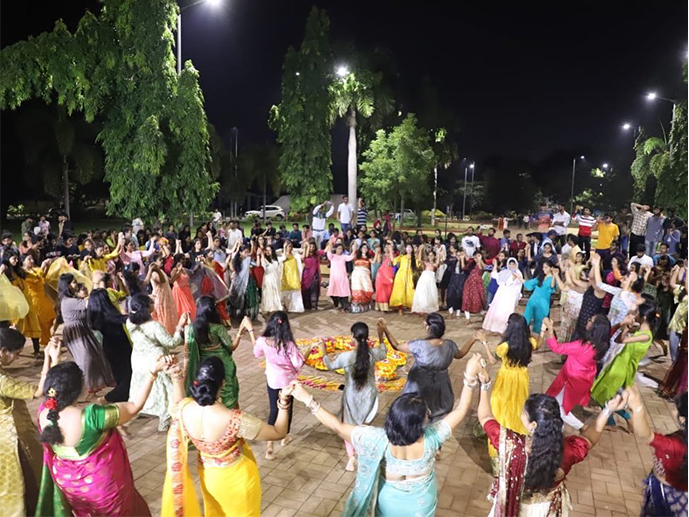
Bathukamma Festival in the campus
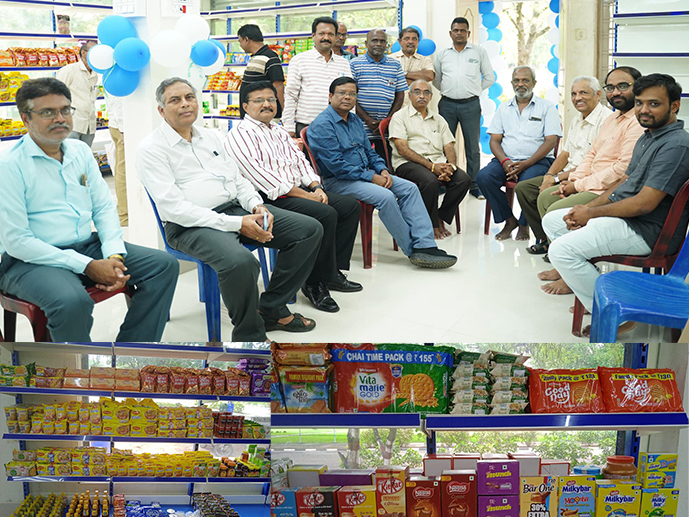
Super Market to render to the needs of students, faculty and staff set up

Women Inclusive Network (WIN2023)
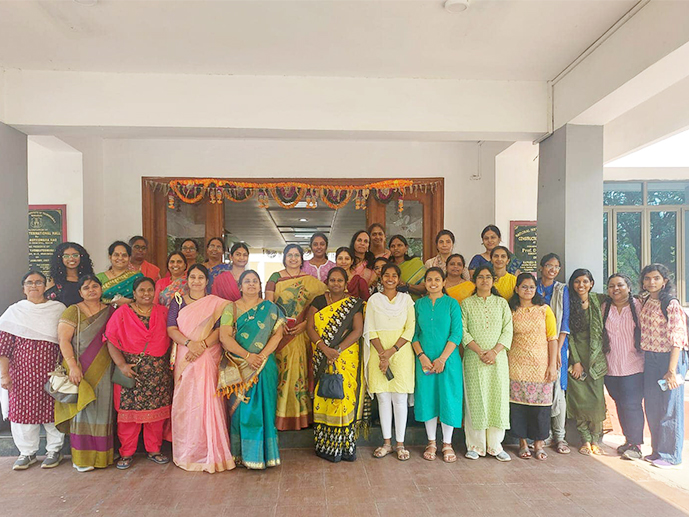
Women’s day

Mega Blood Donation Camp
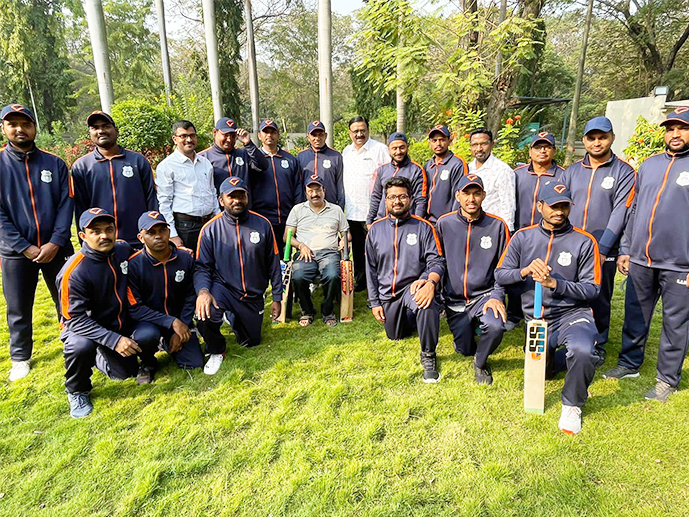
Faculty & Staff cricket teams

scholars Premium League
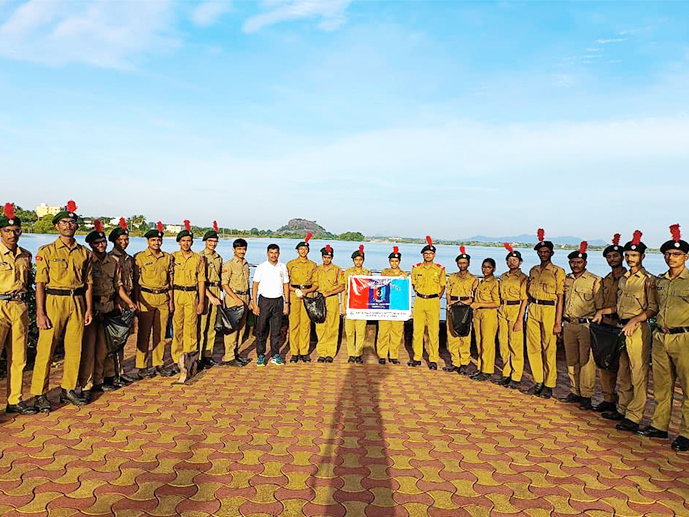
Puneet Sagar Abhiyan
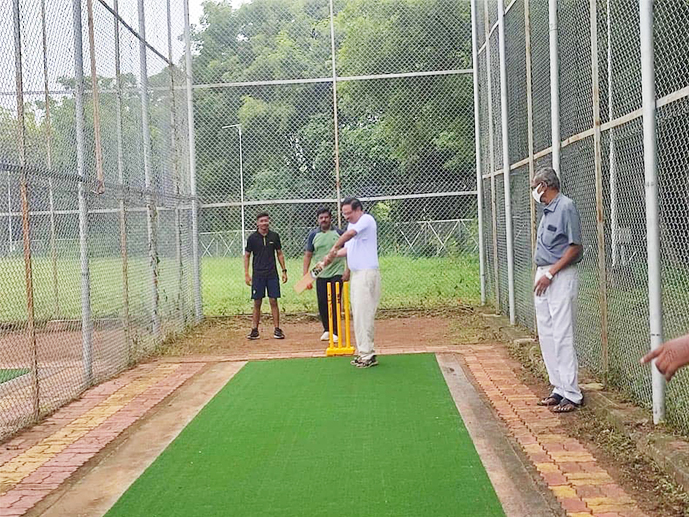
Artificial cricket Turf pitches in the stadium

National Sports Day
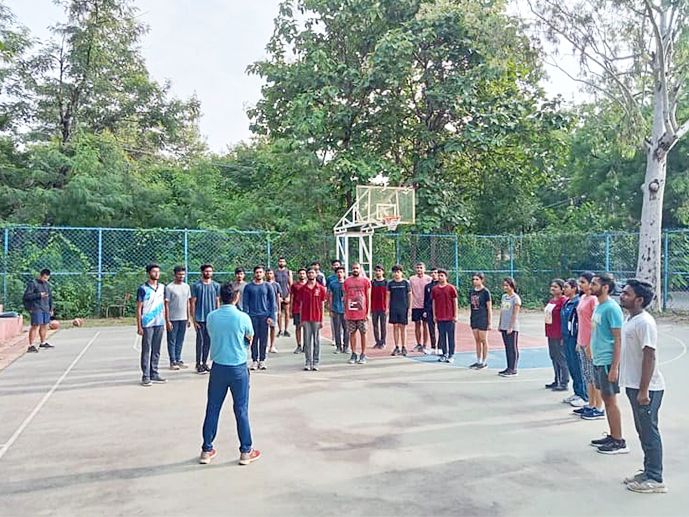
General conditioning, strengthening and fitness session
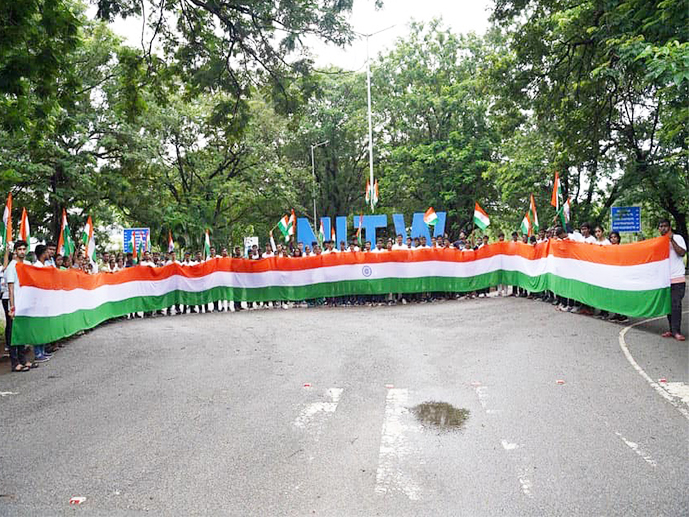
har ghar tiranga campaign
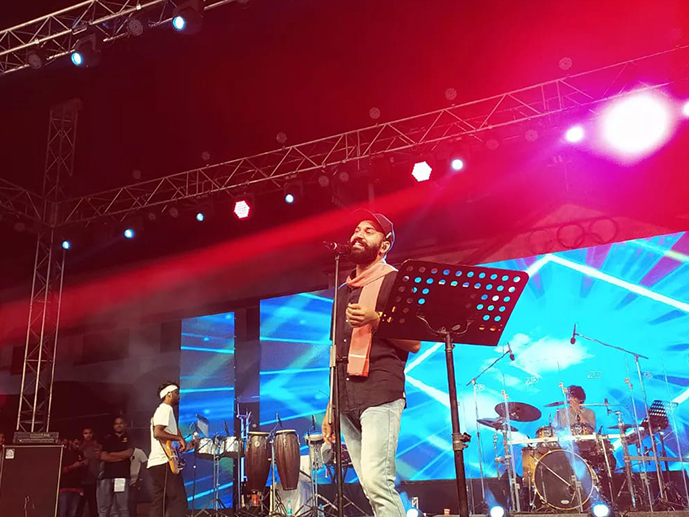
Proshow - RamMiriyala
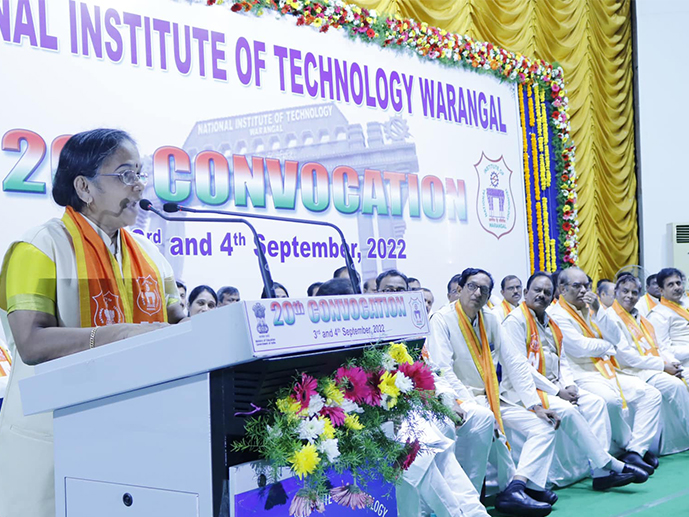
Dr.N.Kalaiselvi, DG, CSIR during the 20th convocation for PhD and PG
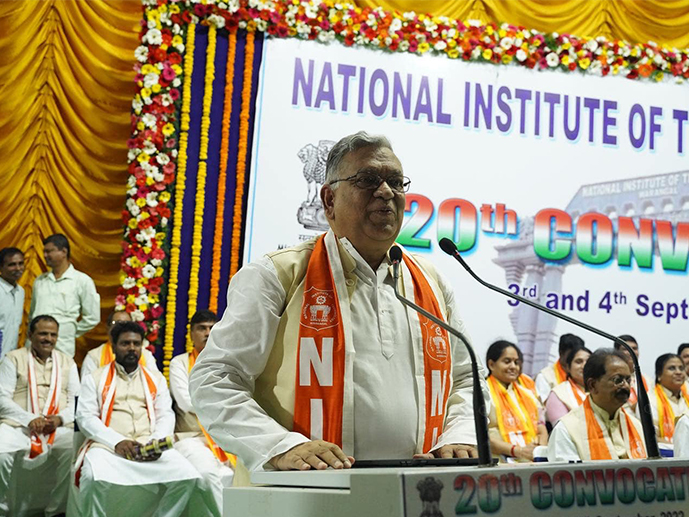
Prof. Sudhir K. Jain, VC Banaras Hindu University, during the 20th convocation
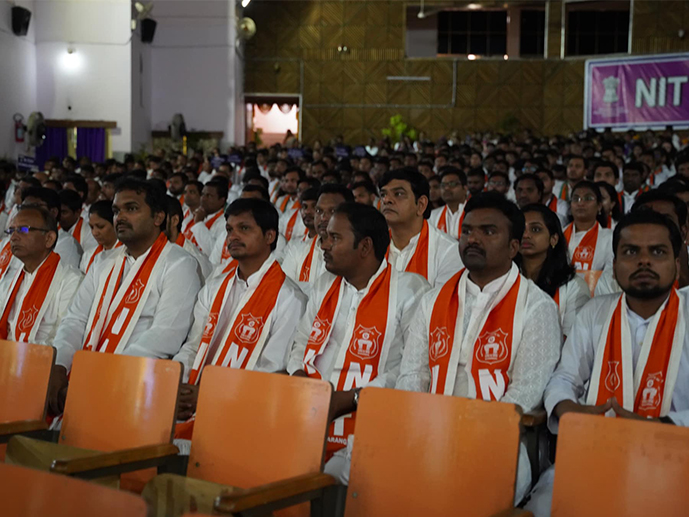
20th Convocation PhD and PG
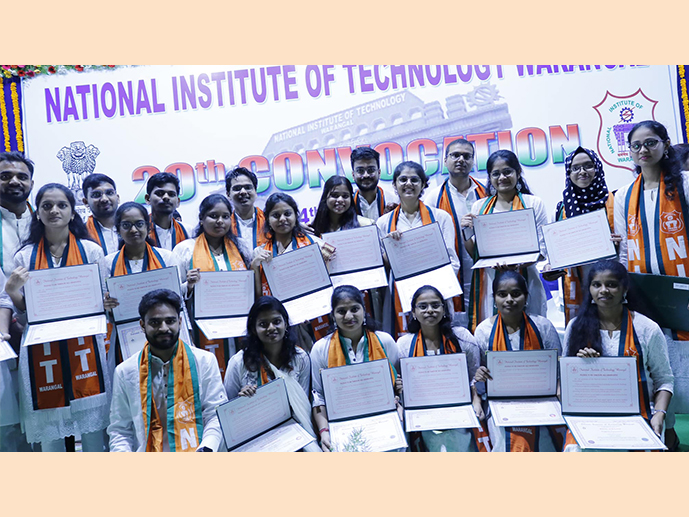
20th Convocation
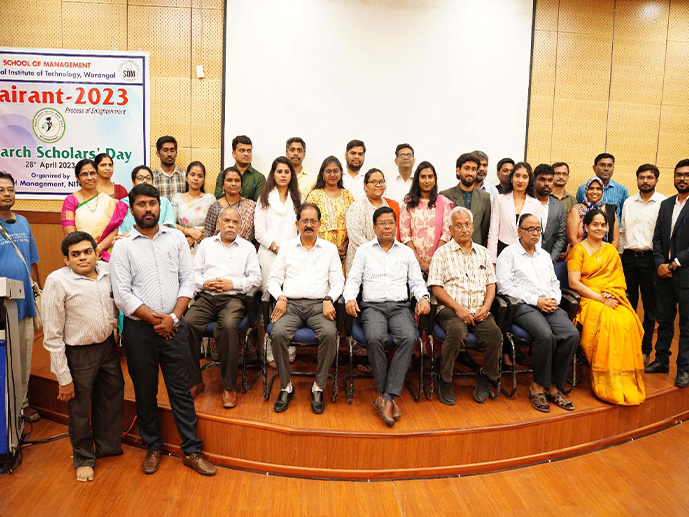
Research scholars day
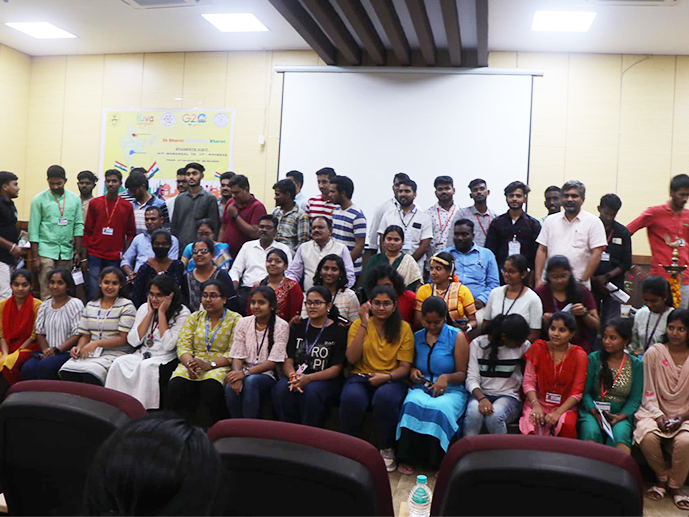
YuvaSangam an initiative of EkBharatShreshthBharat
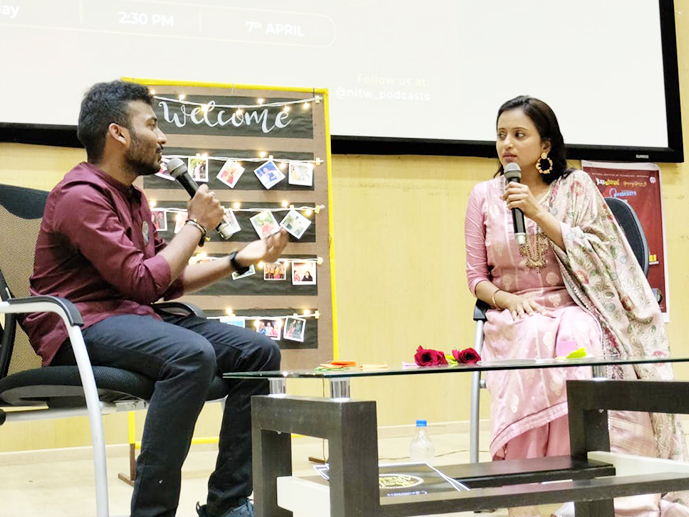
kanakalasuma garu interacting with students

Springspree 2023 was inaugurated by Shri. Pawan Kalyan
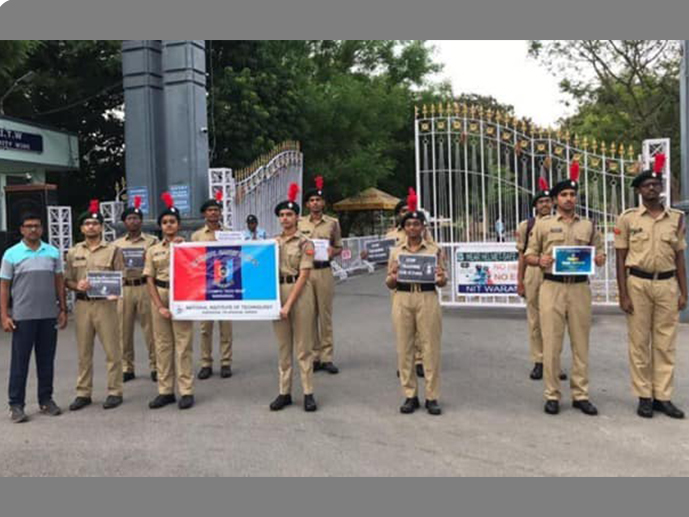
NCC cadets of National Institute of Technology

NIT Warangal Springspree 2023
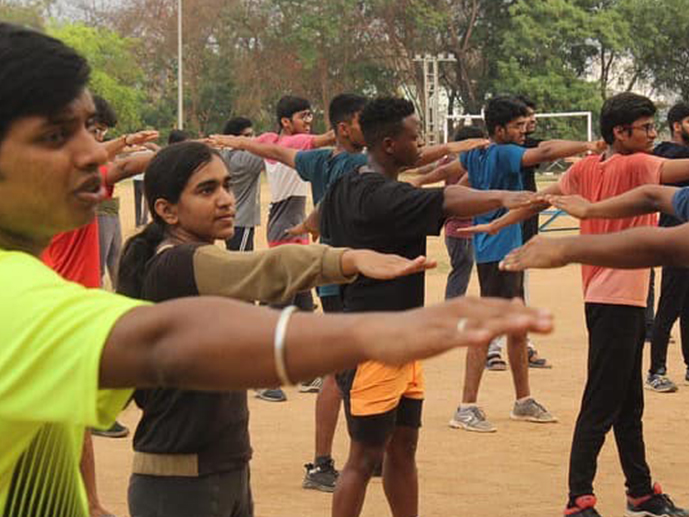
Workshop on self Defence

NITW Football Premier League- Season 2, 2023
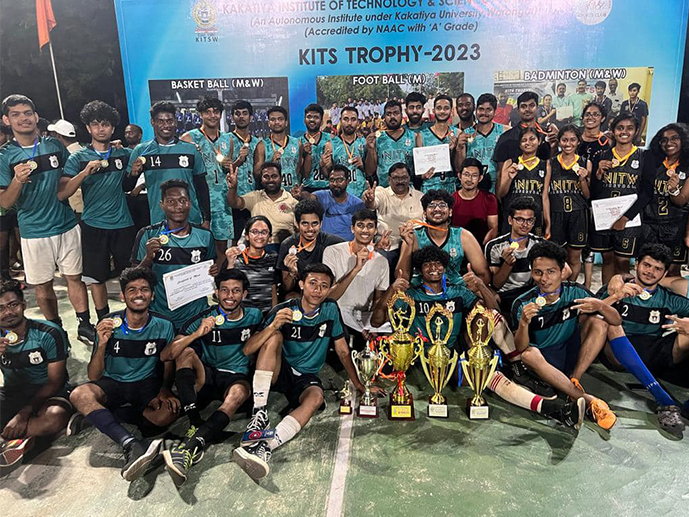
Football, Basketball boys & girls team of NIT Warangal
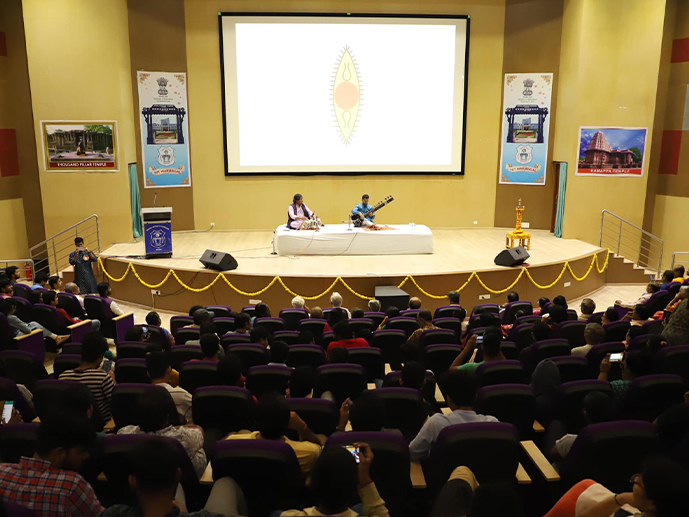
SPIC MACAY

Interaction with Kiran and Athulya of Meter crew

Lantern Night, Ethnic Night and Arohaan recreating Om Shanti Om

Cura’23

NIT Warangal cricket team
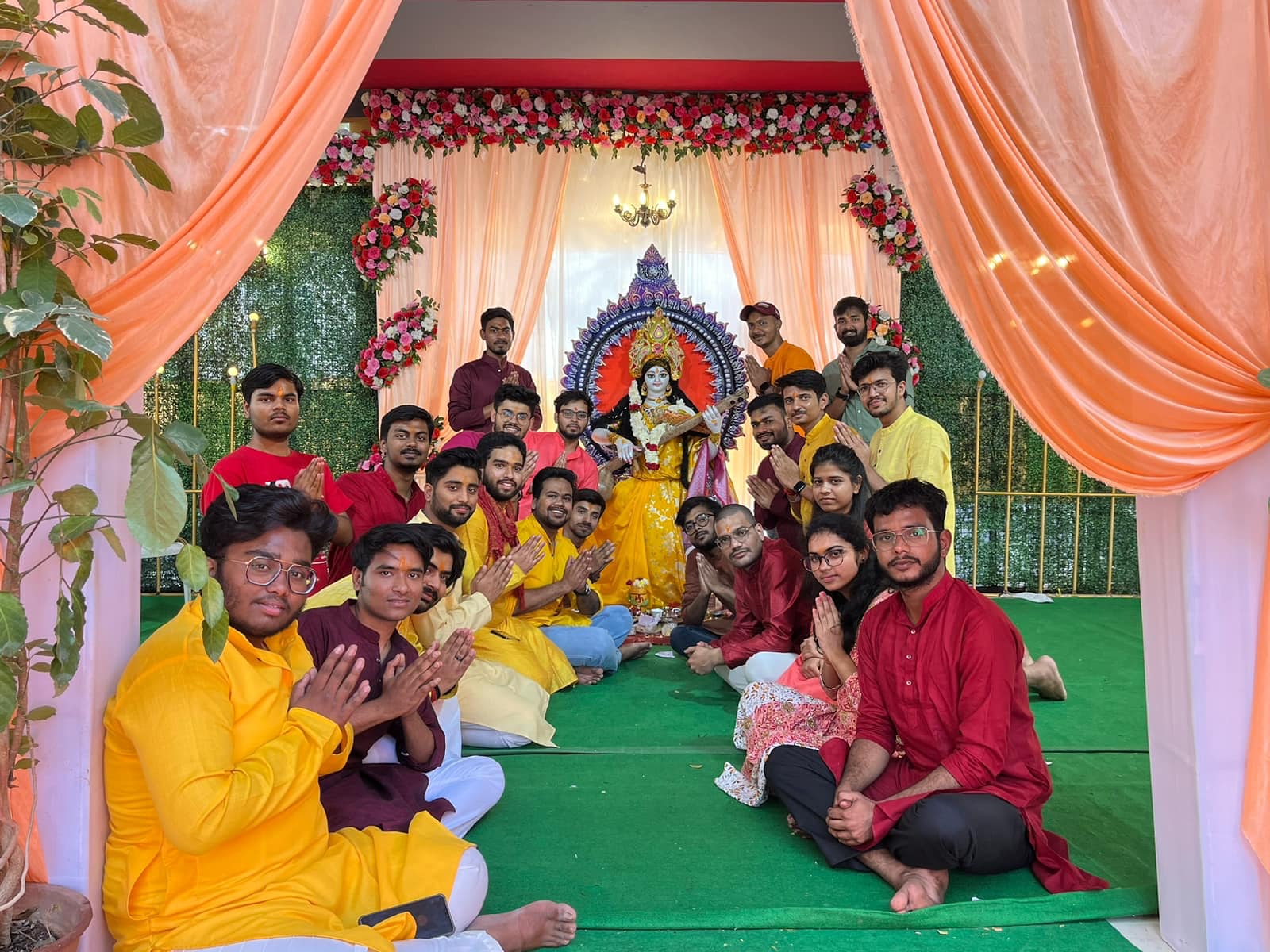
Vasant panchami celebrations
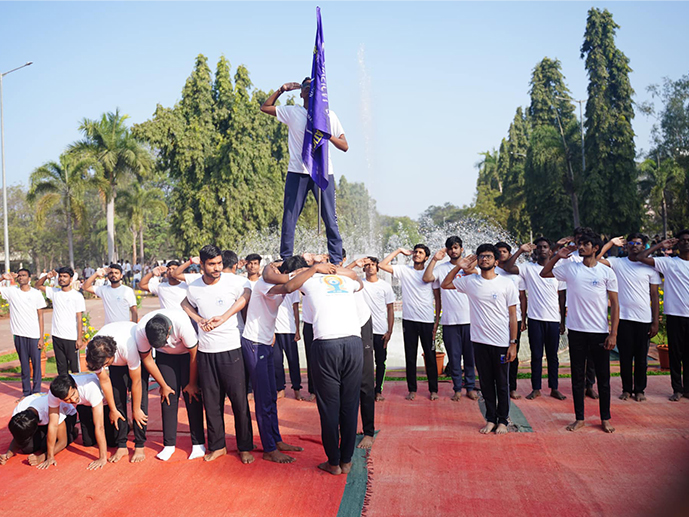
Republic Day - 2023
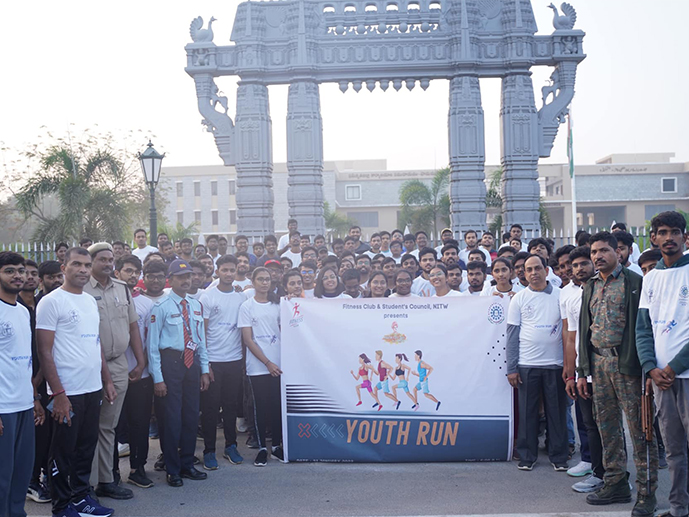
YOUTH RUN
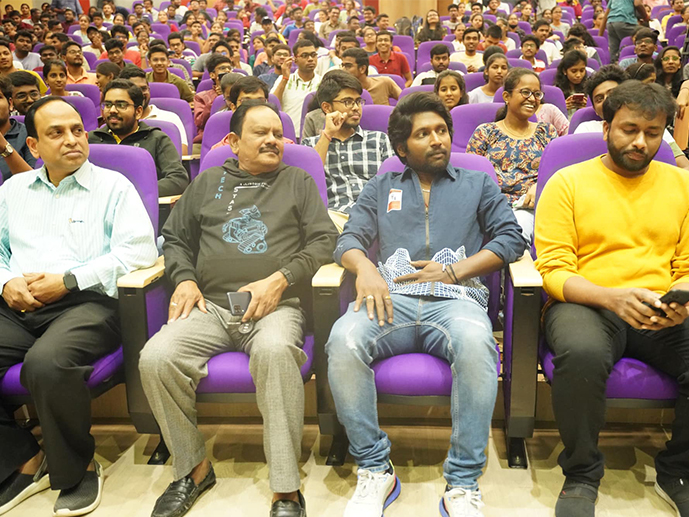
youth fest 2023
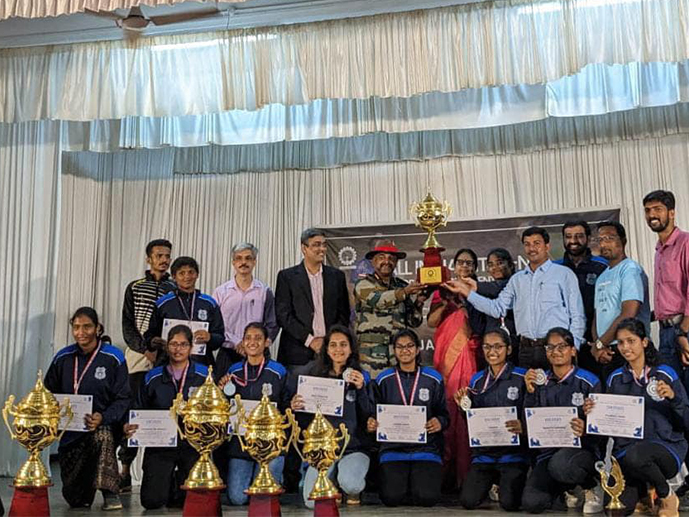
NIT Warangal Handball Girls team
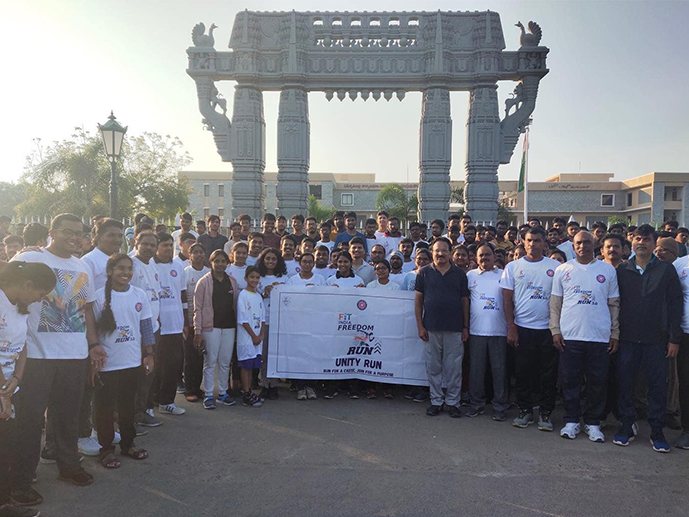
Fit India Freedom Run 3.0
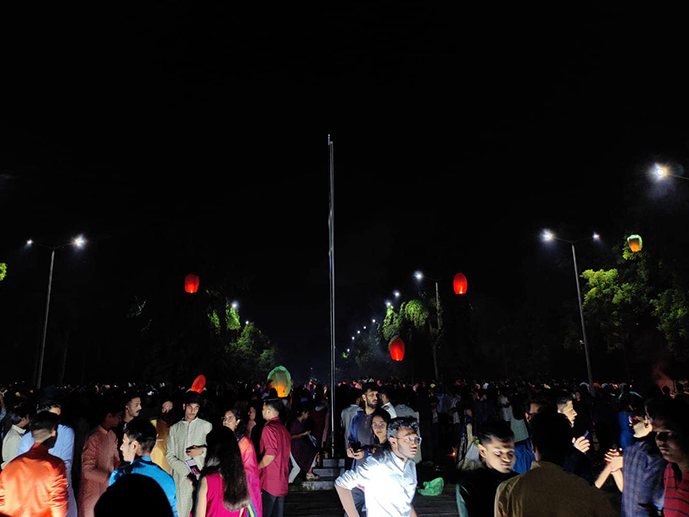
Diwali by spreading the significance of preserving the environment

IGNOSI - Quest for Wisdom
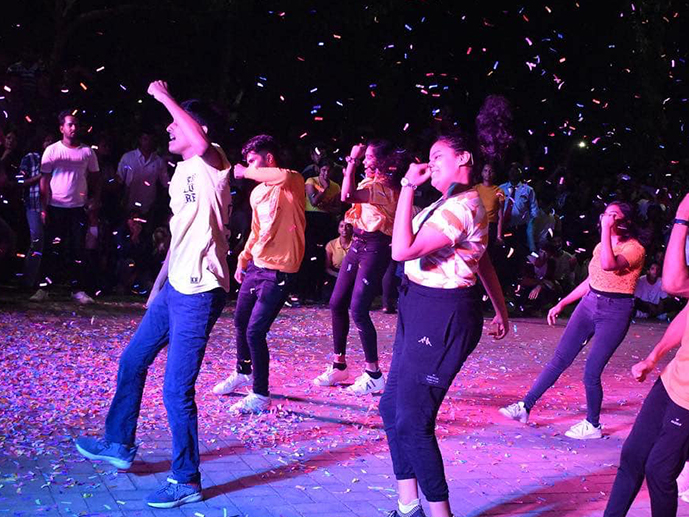
Flashmob

theme for Technozion’22
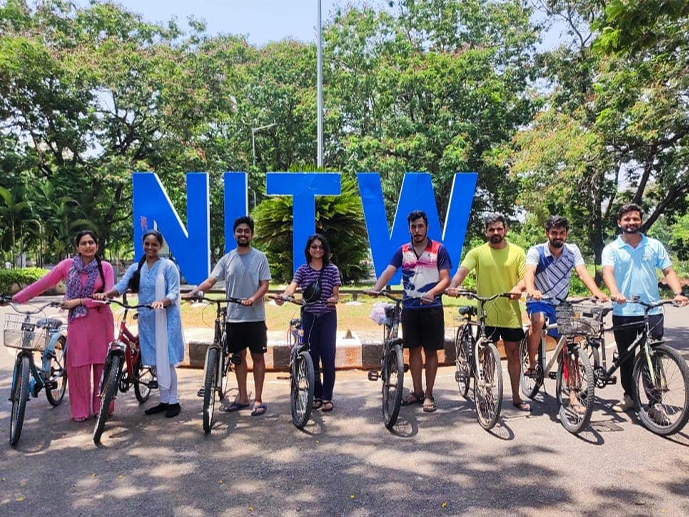
World Bicycle DAy
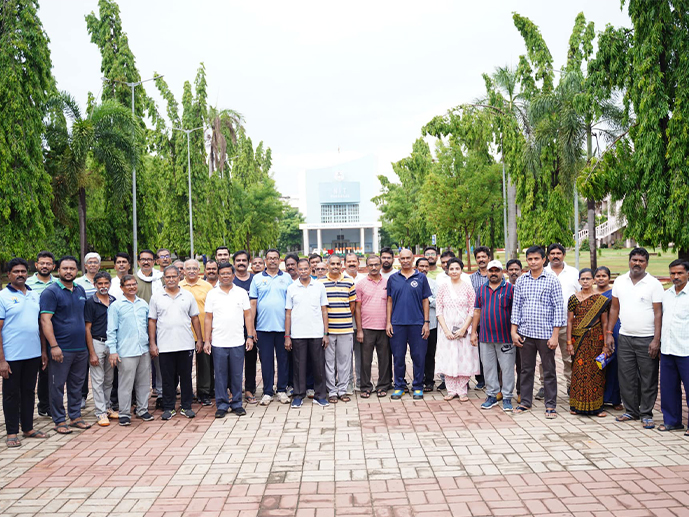
Second Swachhata campaign on 25th June, 2023

9th International Yoga Day

Department of ECE conducted cleaning drive in connection to the Swachatha Campaign

Swacchata Campaign on 27th May, 2023

Endowment Awards Presentation Ceremony 2023
_2025-5-29-16-3-9.jpg)
PG Certificate Programme
_2025-5-13-16-49-6.jpg)
SOLIDARITY RALLY AGAINST TERRORISM

Swachhata_Drive

"E-JIGYASA- Project Expo"

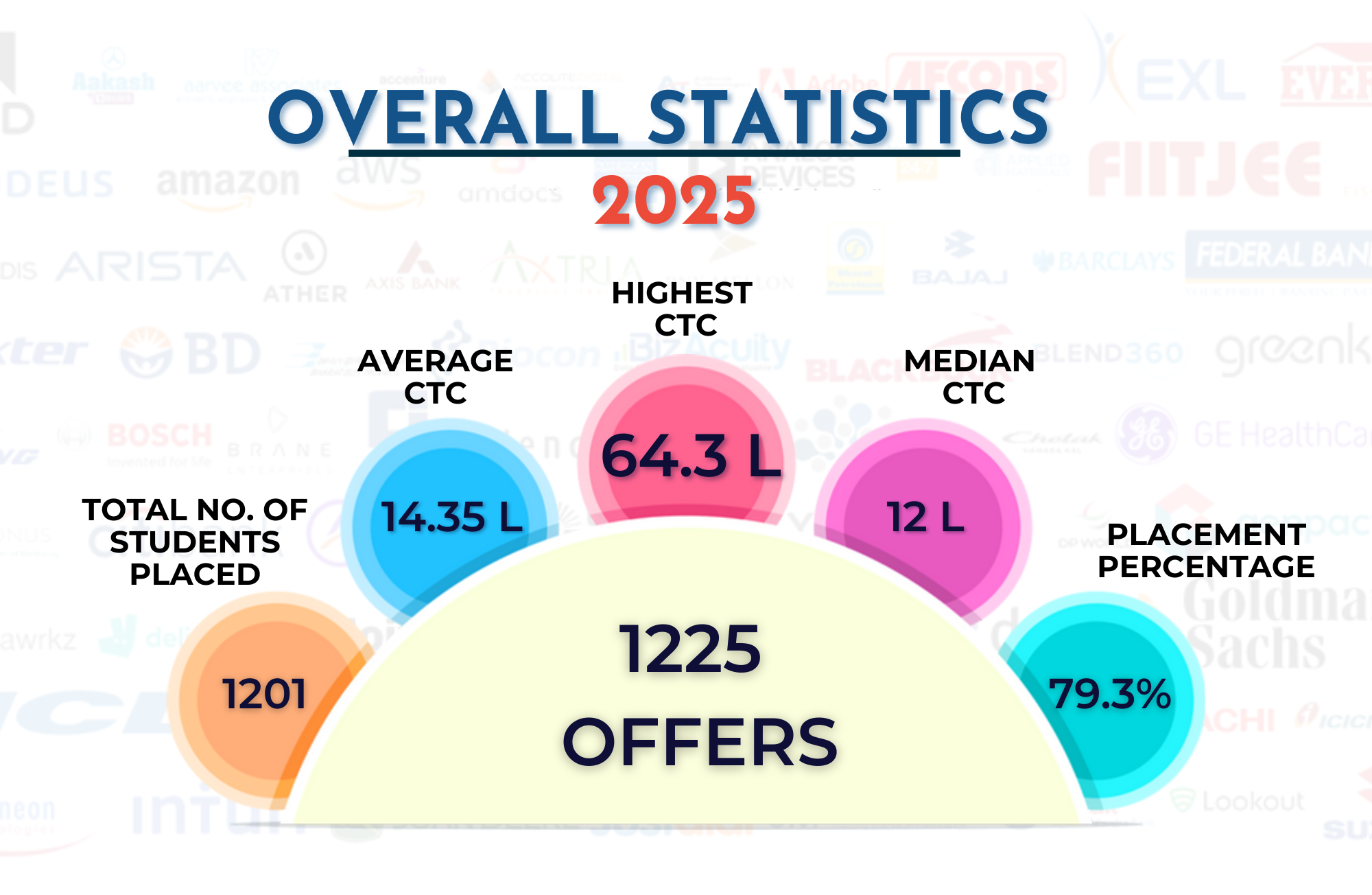
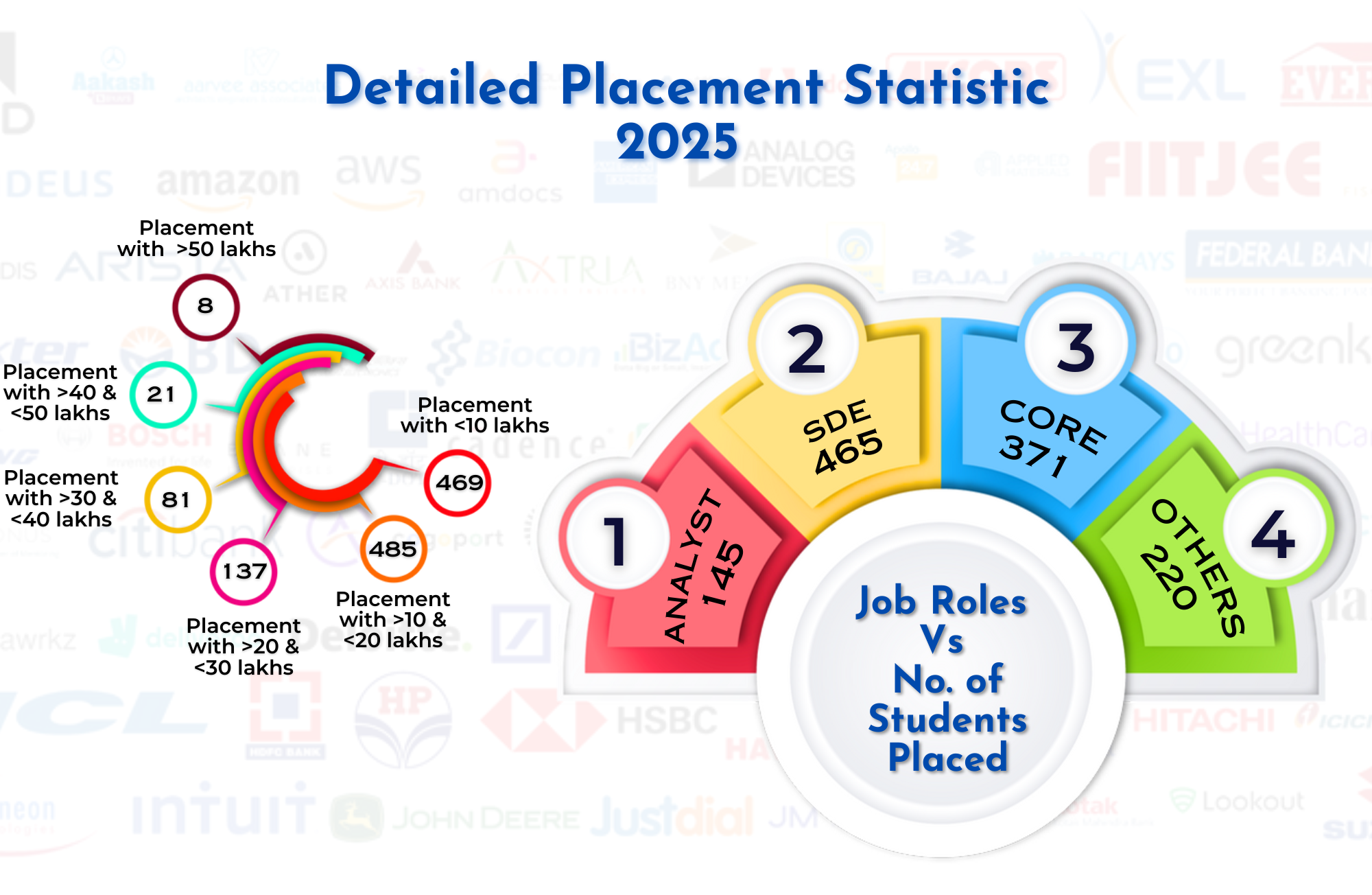
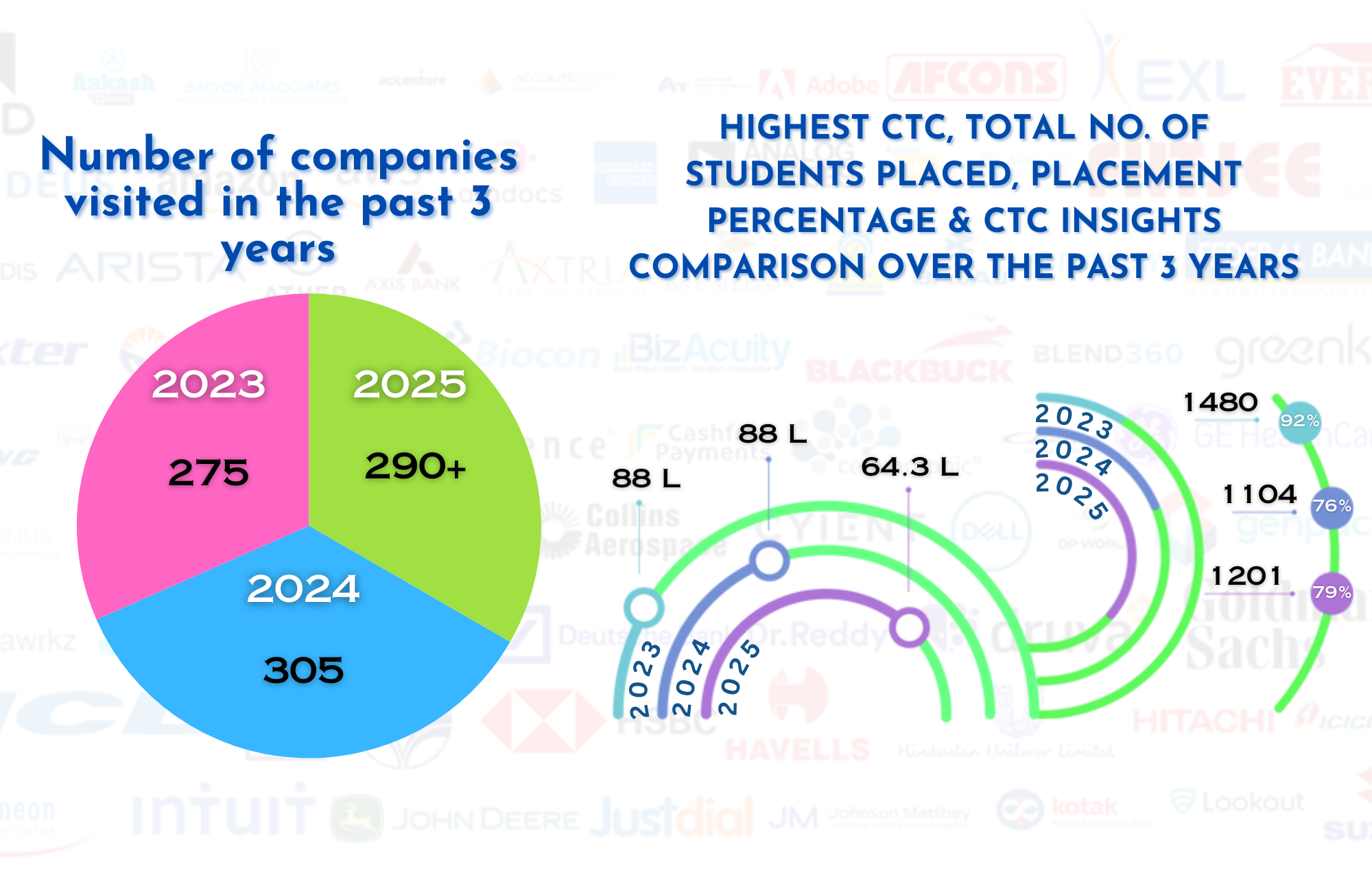



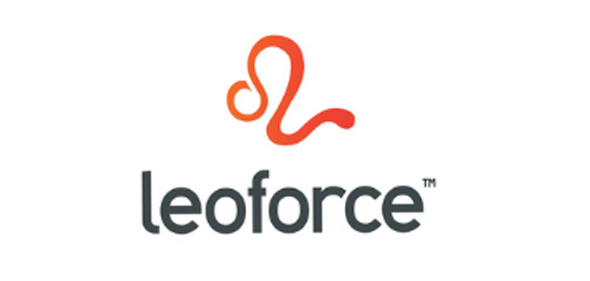
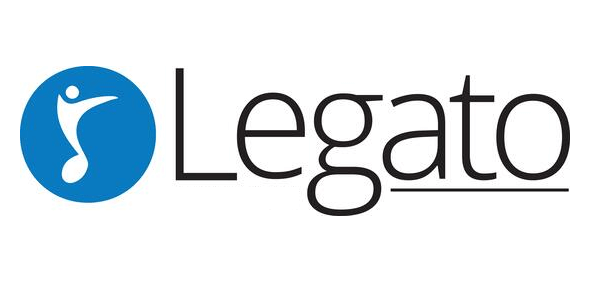
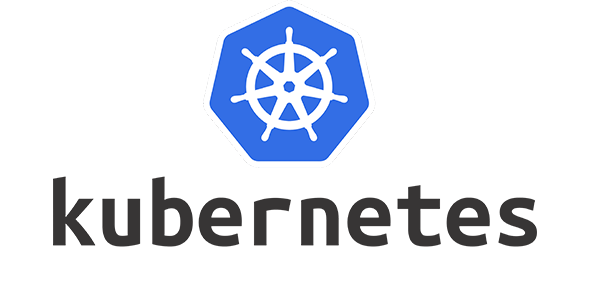

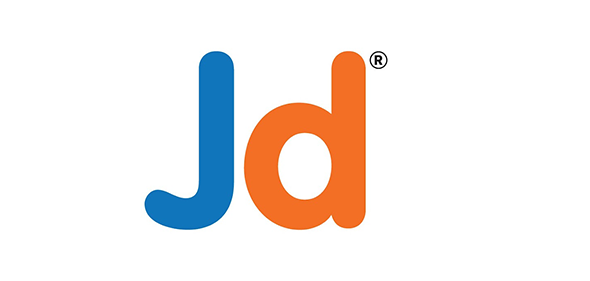


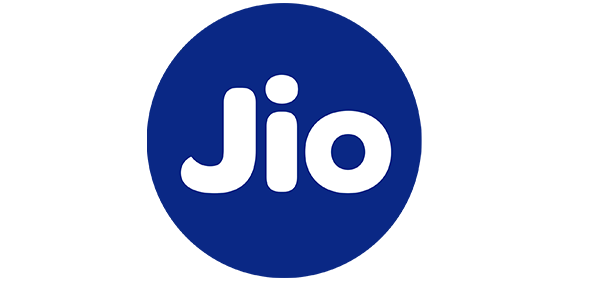

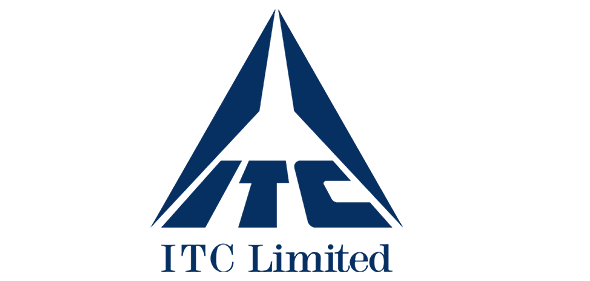
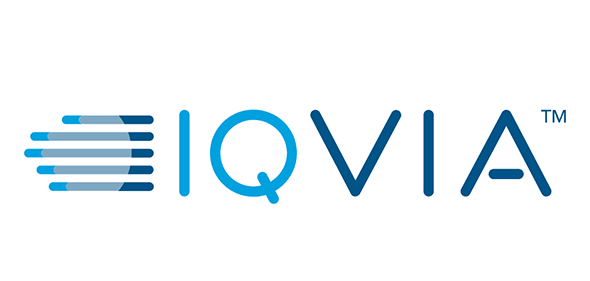

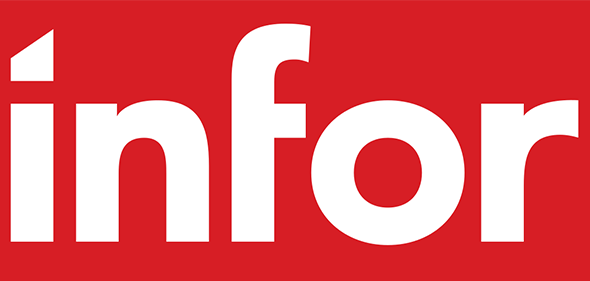
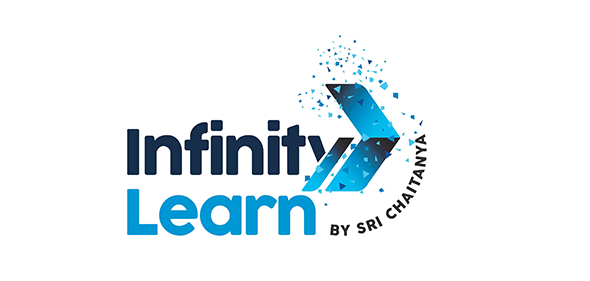

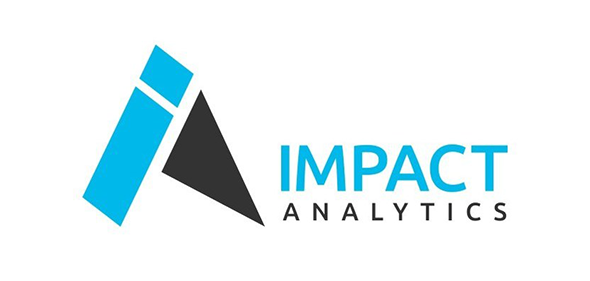
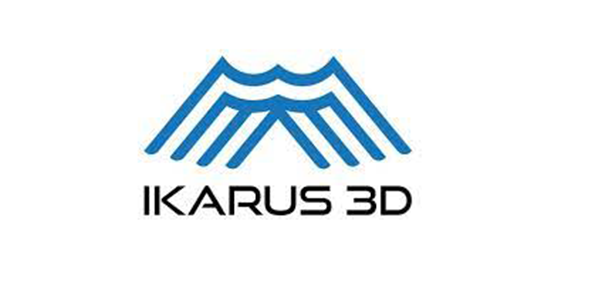
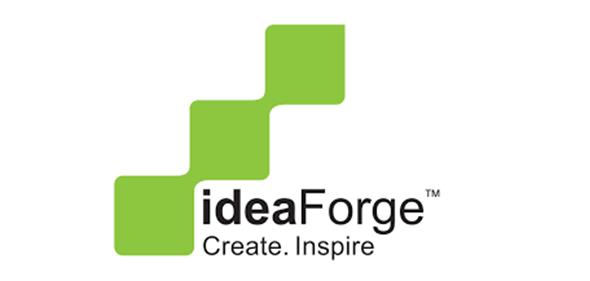

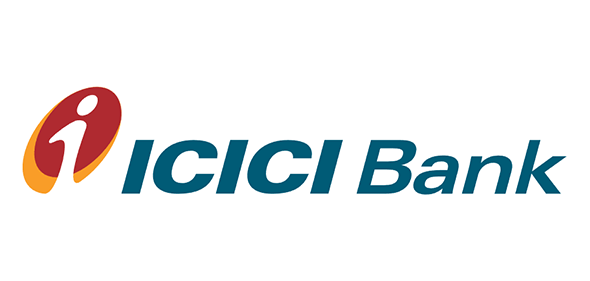





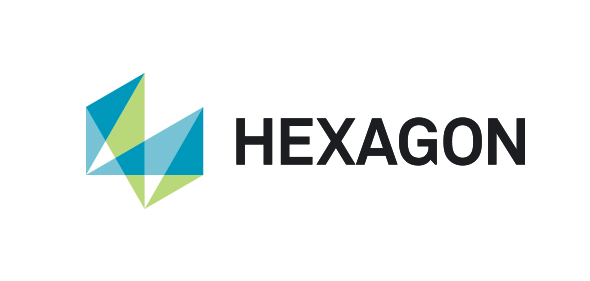
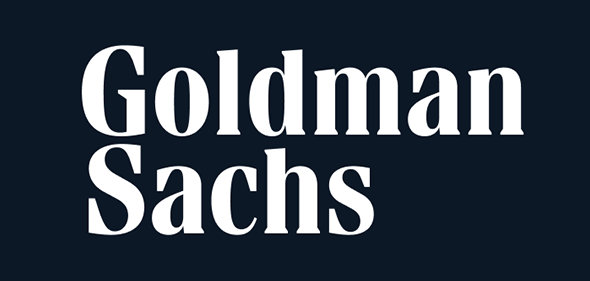



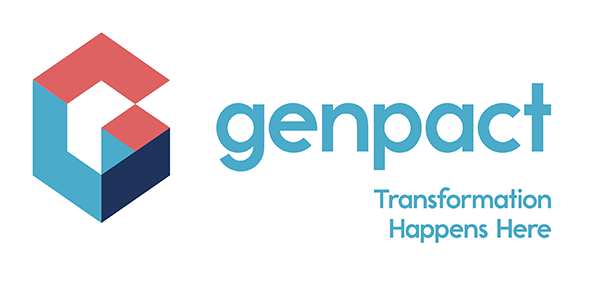

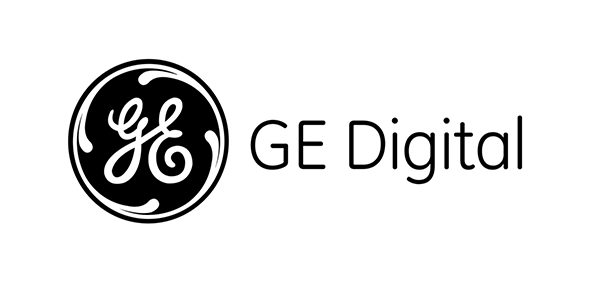
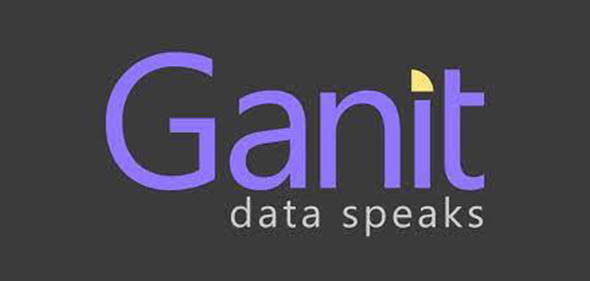
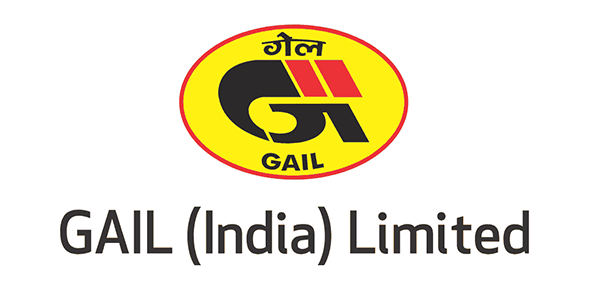
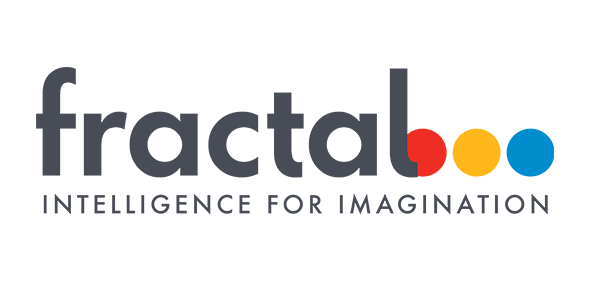

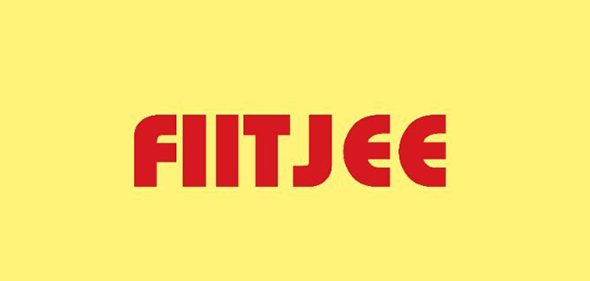
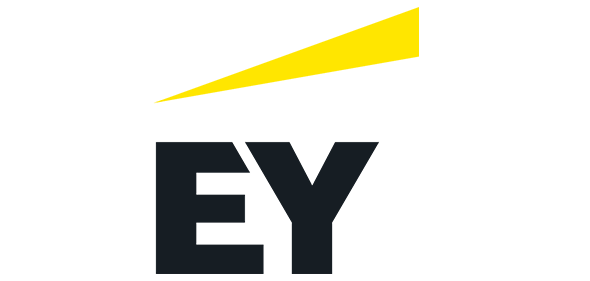






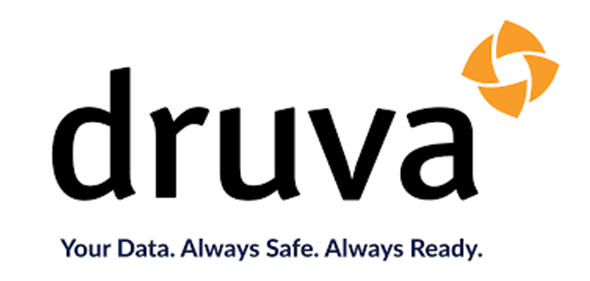





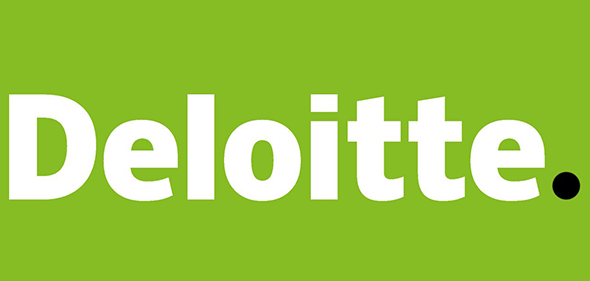
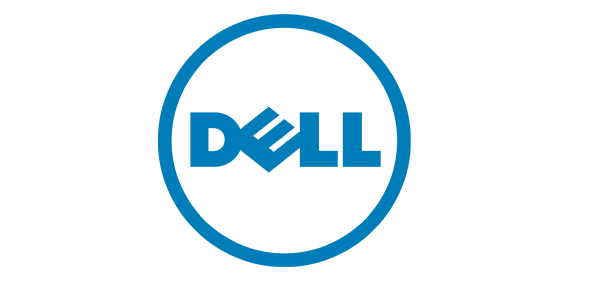

.png)

